My top 10 meals of 2023 (according to Beli)
With two to three meals a day, food is a commodity that can easily be lost and forgotten. But it’s this exact ubiquity that makes it such a significant thing to engage in. Out of the literally countless meals that people will experience throughout a year, the ones that remain in our minds by the new year must have truly been significant enough to be worth remembering.
The Beli app allows diners to engage in eating out well after just the initial meal time, giving them a chance to reflect on which restaurants were truly worth the money and effort. Essentially, diners use the app by documenting their impressions of restaurants, to which they will then be prompted to decide whether said meal or a previously rated meal was better (for those who are indecisive, a “too tough” option exists as well). This rating will be recorded, and a ranking of restaurants will be automatically created—a fun list to look back on as a reference for personal use or for recommendations to others.
While Beli default records and ranks restaurants in a long-running master list, I only started using the app recently and have largely only recorded meals from 2023, essentially creating a “best of the year” ranking that has been fun to look back on. Out of the many memorable meals I’ve had in 2023, Beli has determined these to be the ten best:
10. Sincere (Tokyo, Japan)
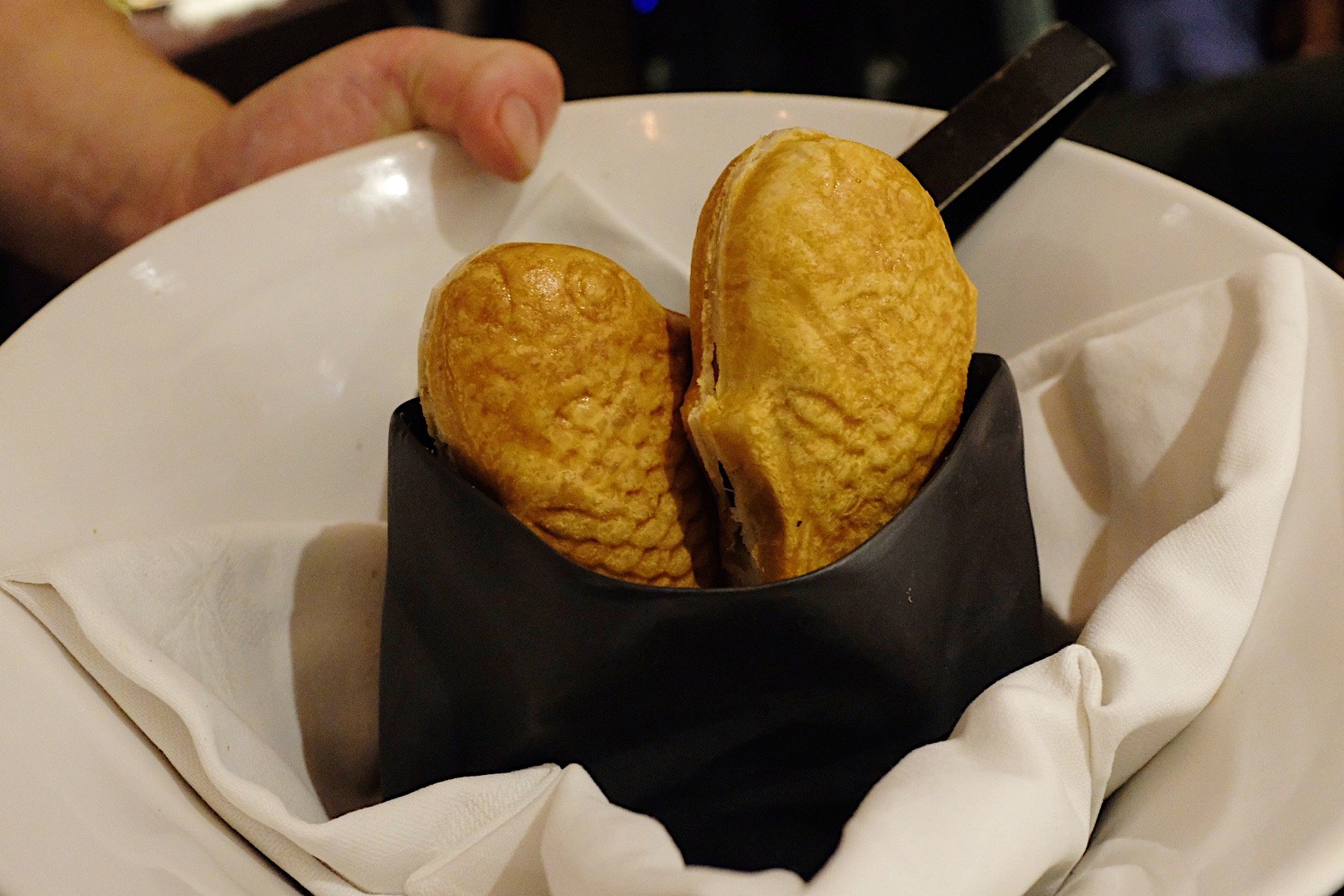
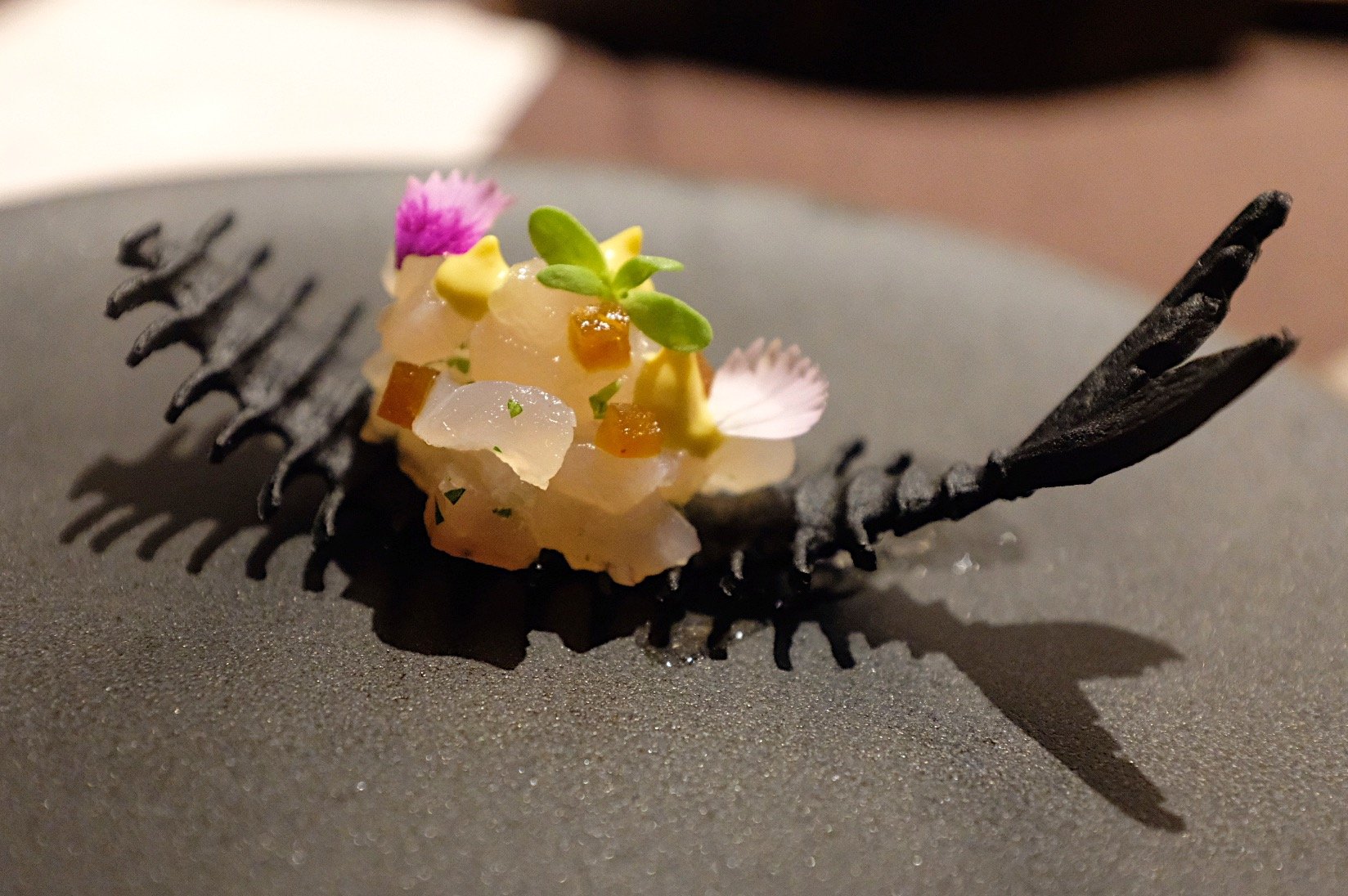
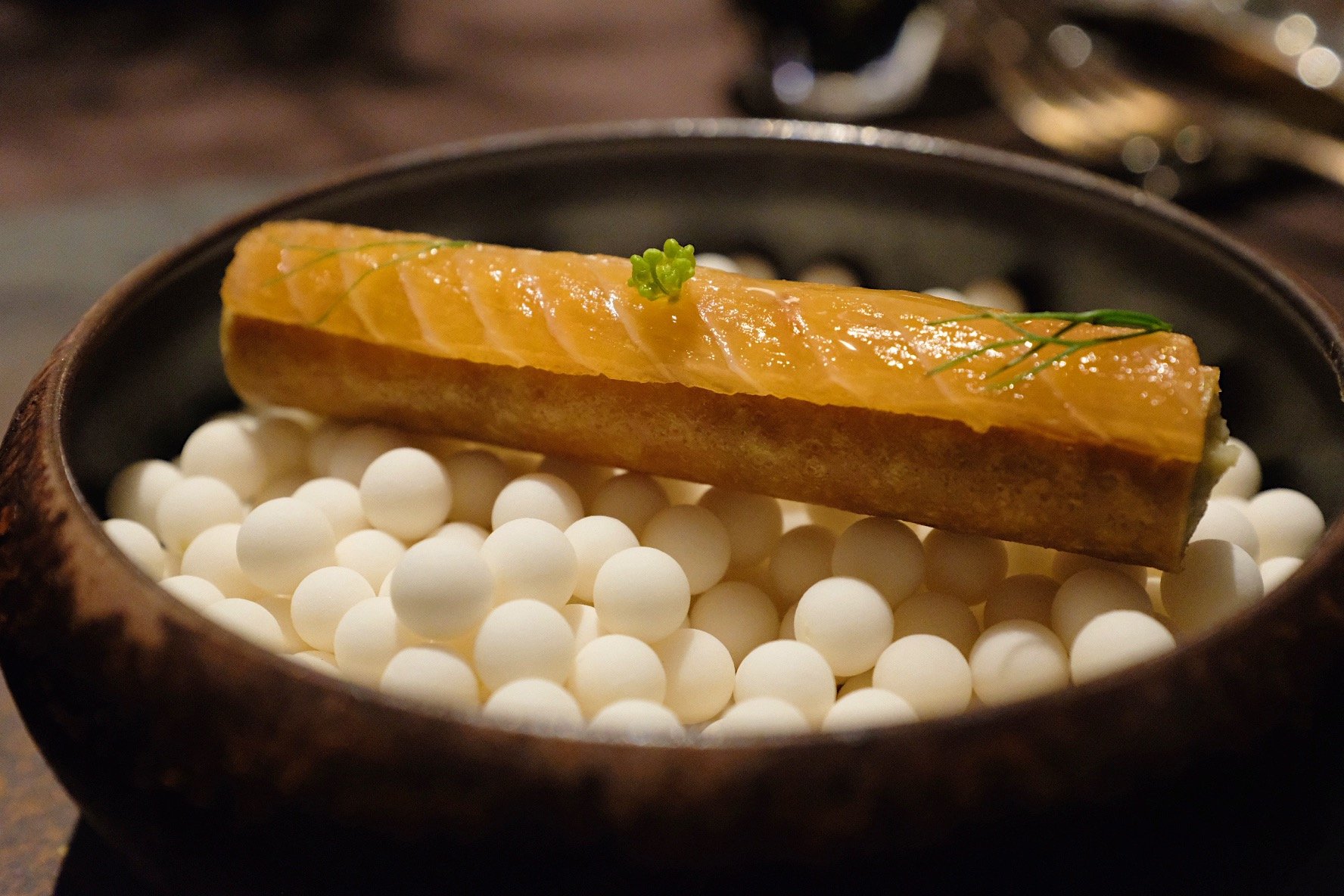
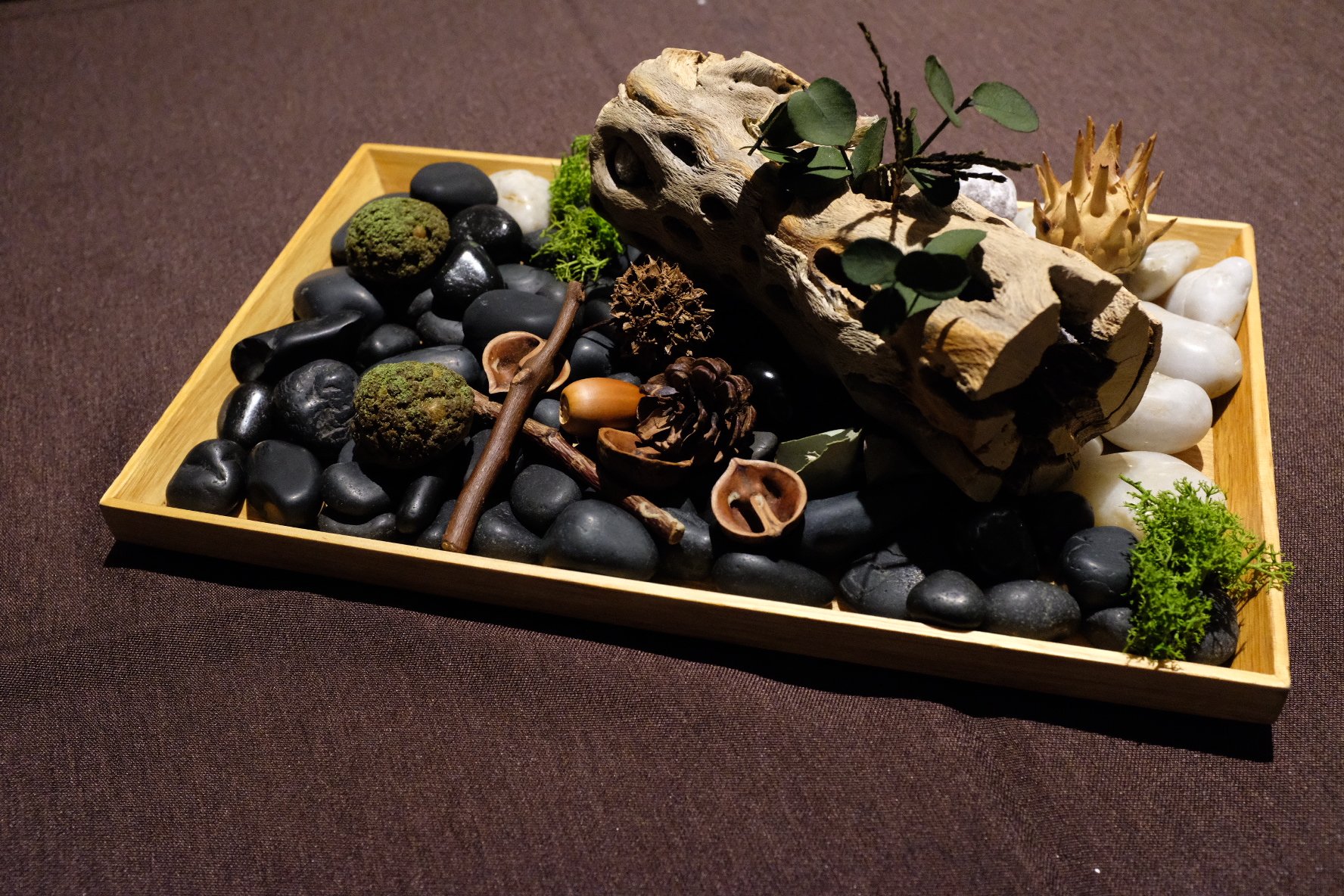
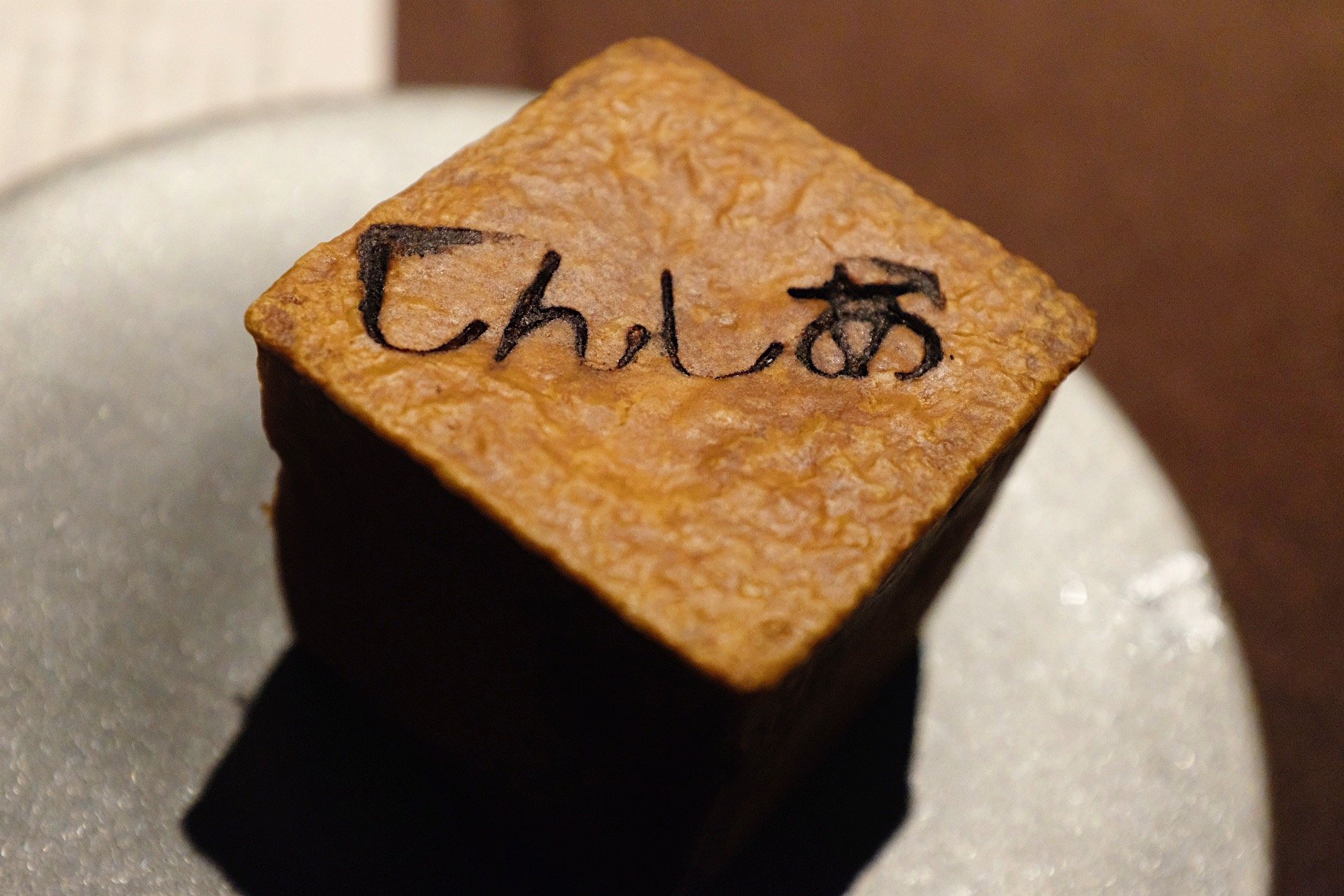
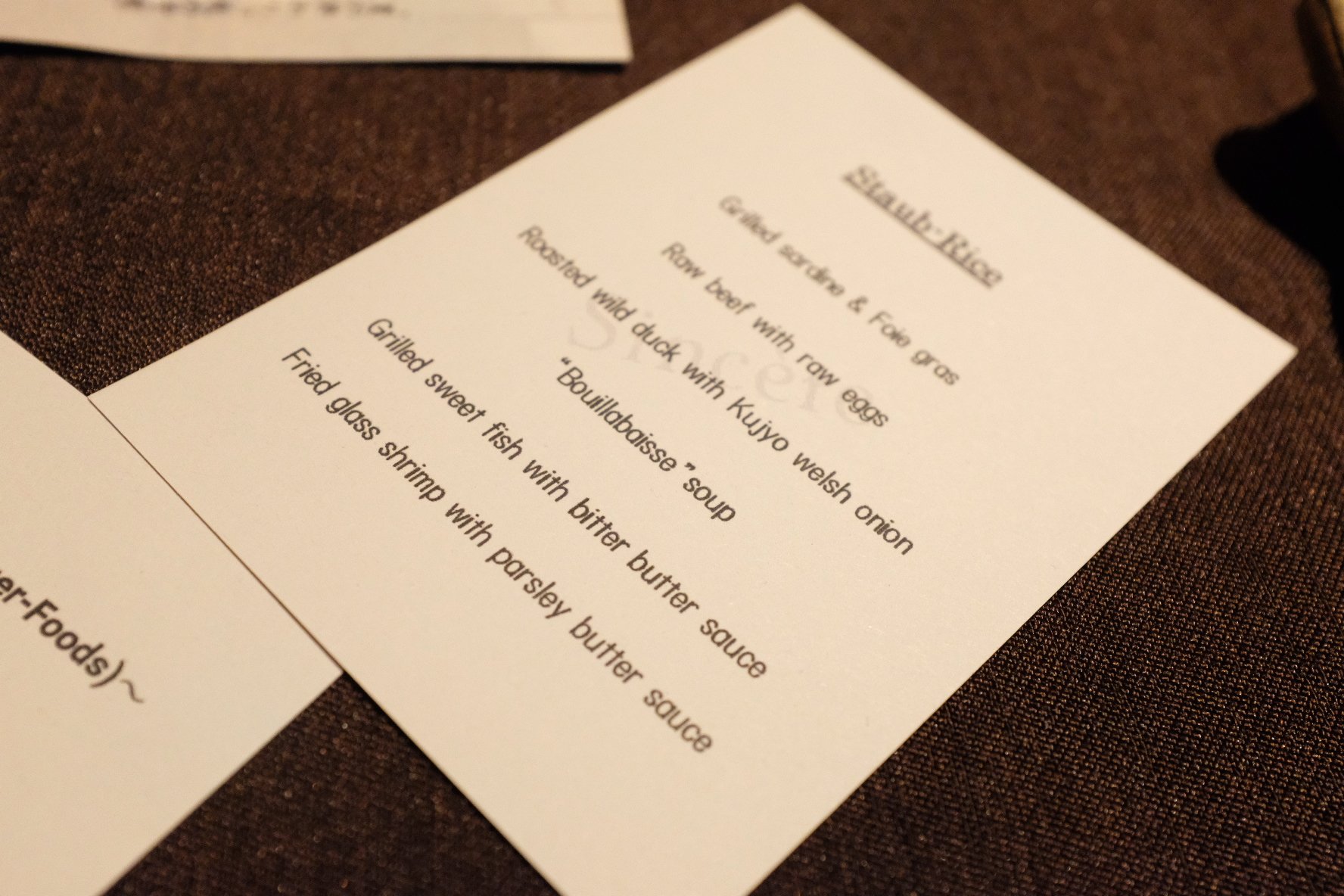
One-Michelin-star Sincere is located in the basement of an apartment building near Harajuku Station. Large windows peer into the restaurant, and the relatively small dining room and open kitchen provide a refined yet charming and intimate environment, made unpretentious with traditional French recipes and techniques presented in a playful manner.
What initially drew me to the restaurant was their signature poisson en croute, charmingly served in the shape and size of a traditional Japanese taiyaki (fish-shaped cake filled with anko), which remains the highlight of the meal. Other notable courses include the smoked trout, staub-cooked rice dishes, and final desserts, designed after objects in nature and hidden within a forest diorama.
9. Yamanoo (Kanazawa, Japan)
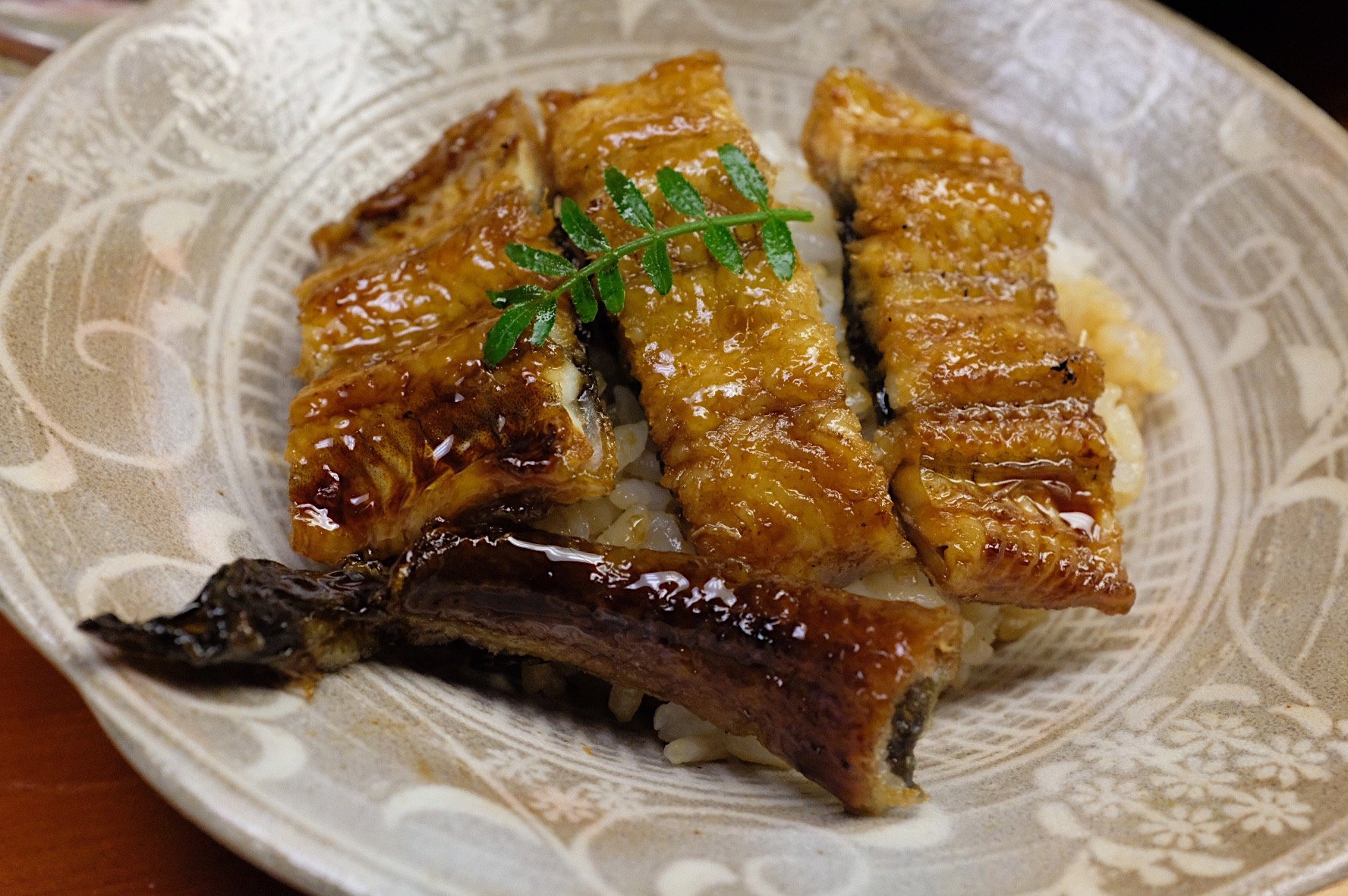
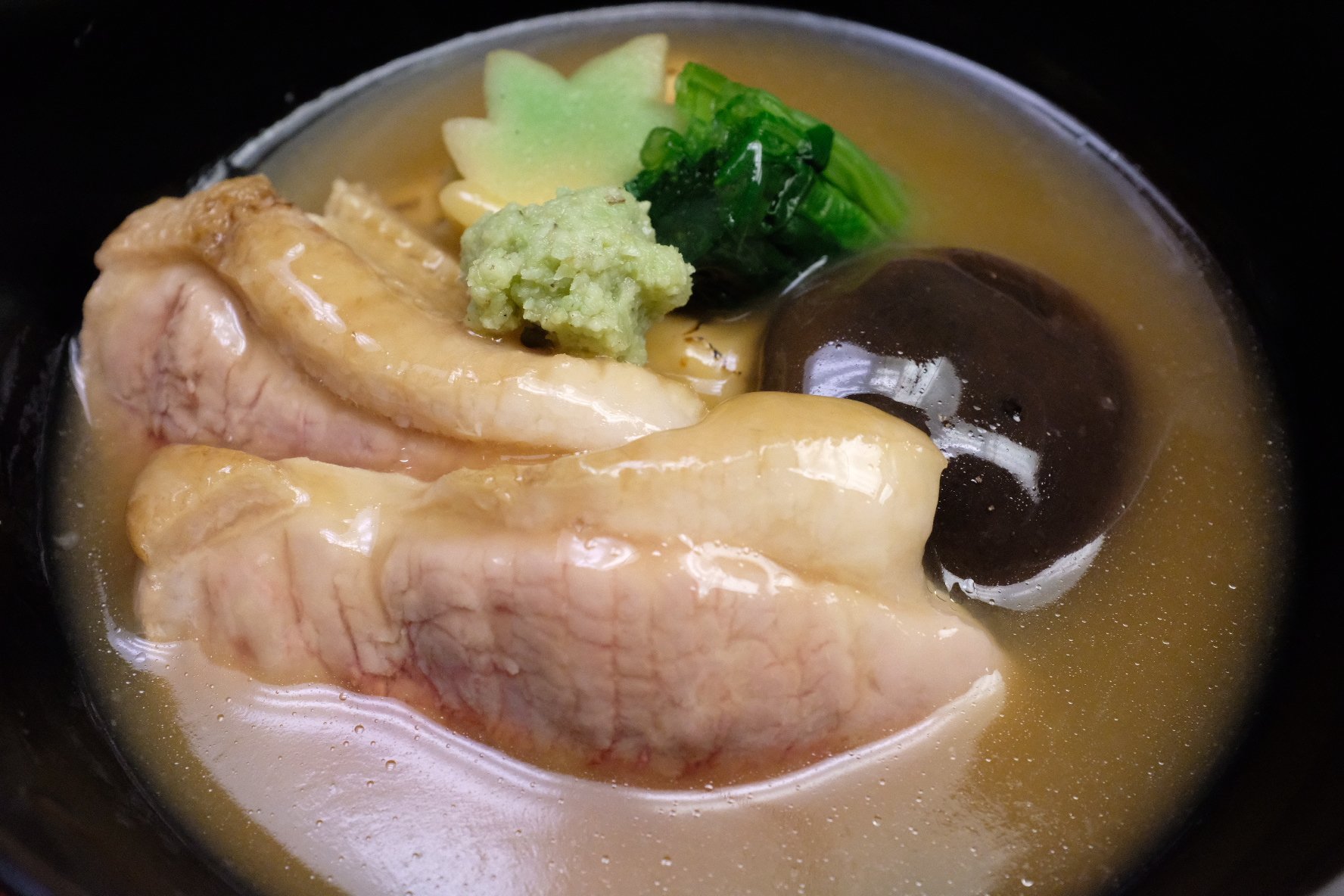
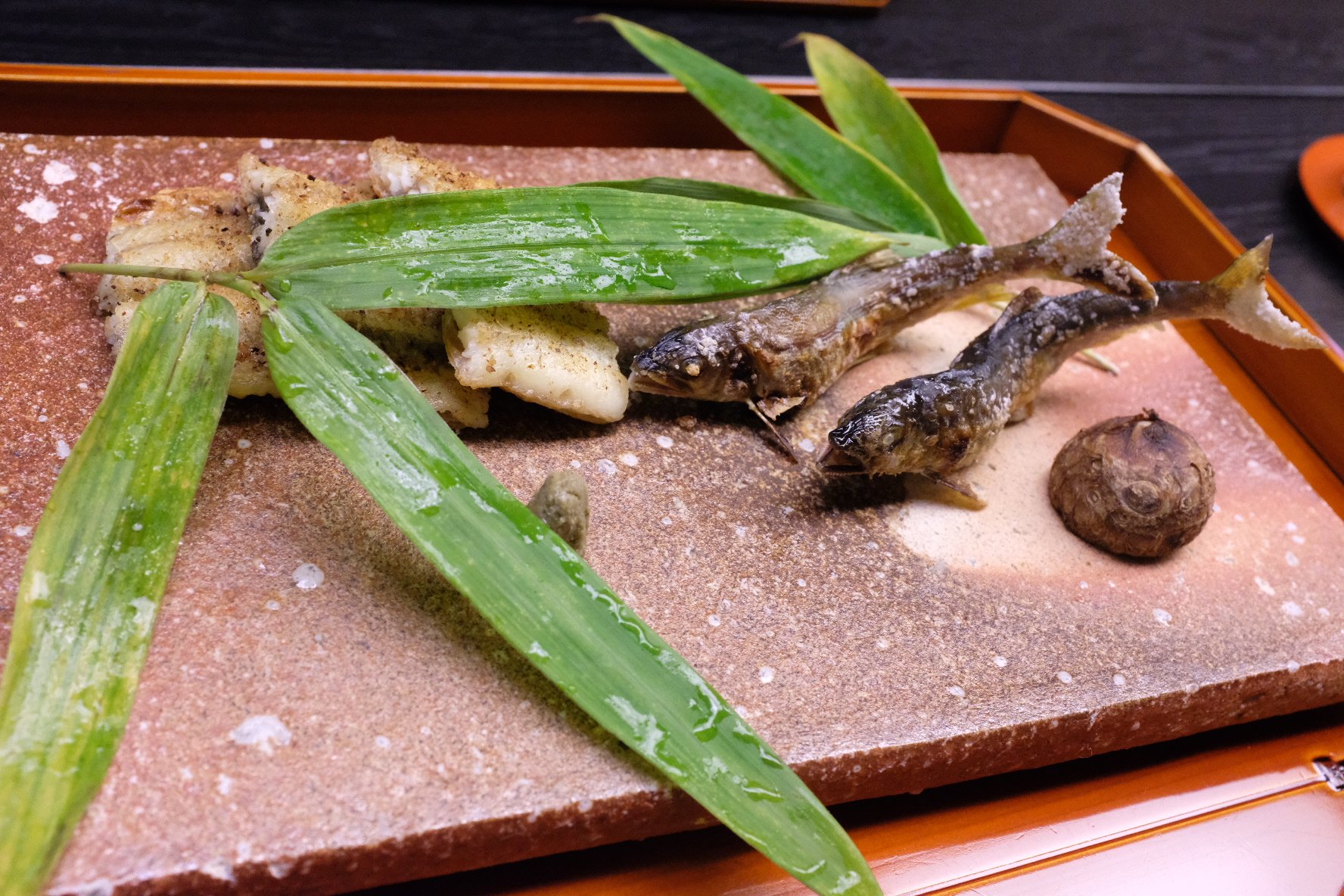
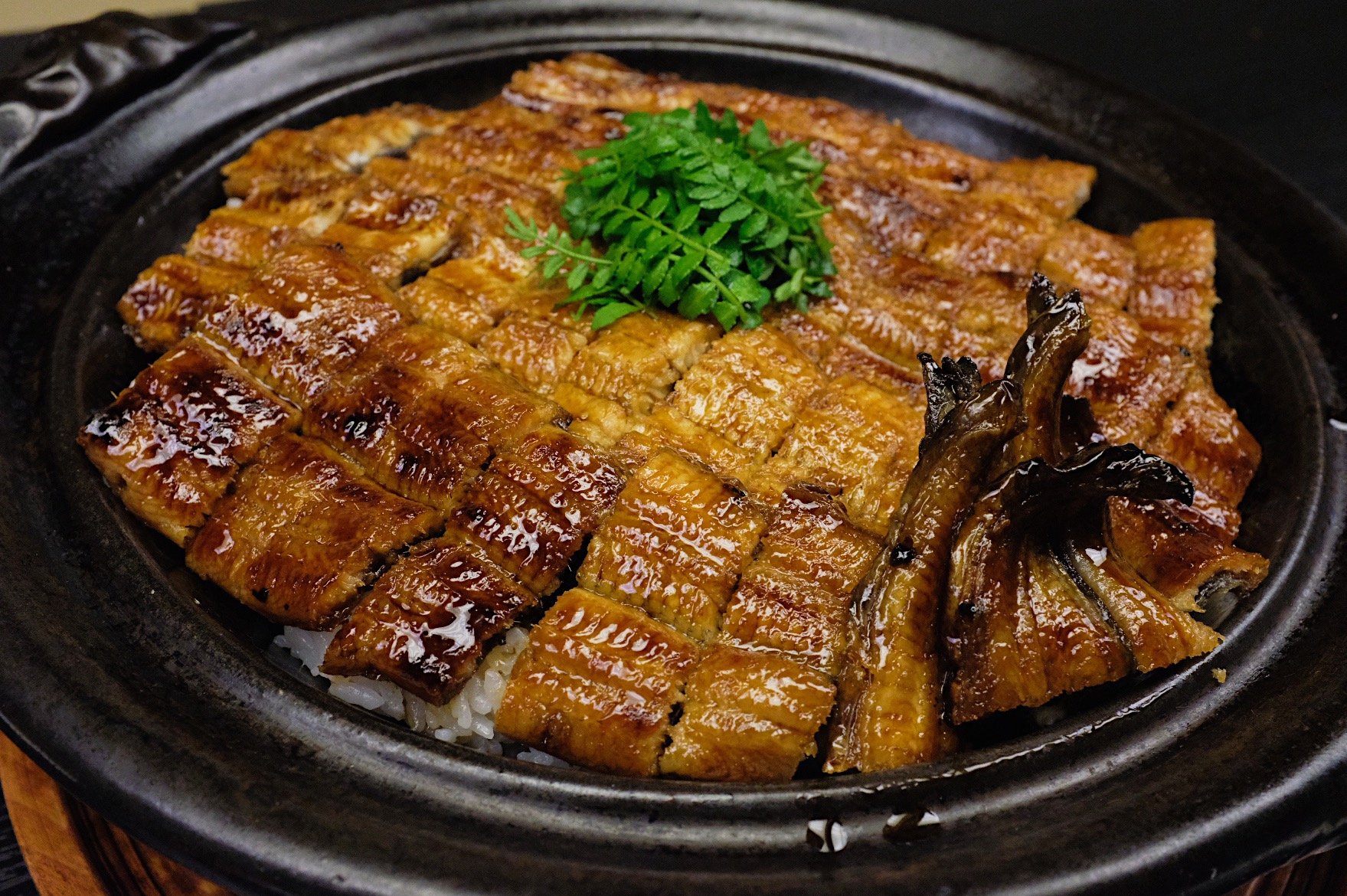
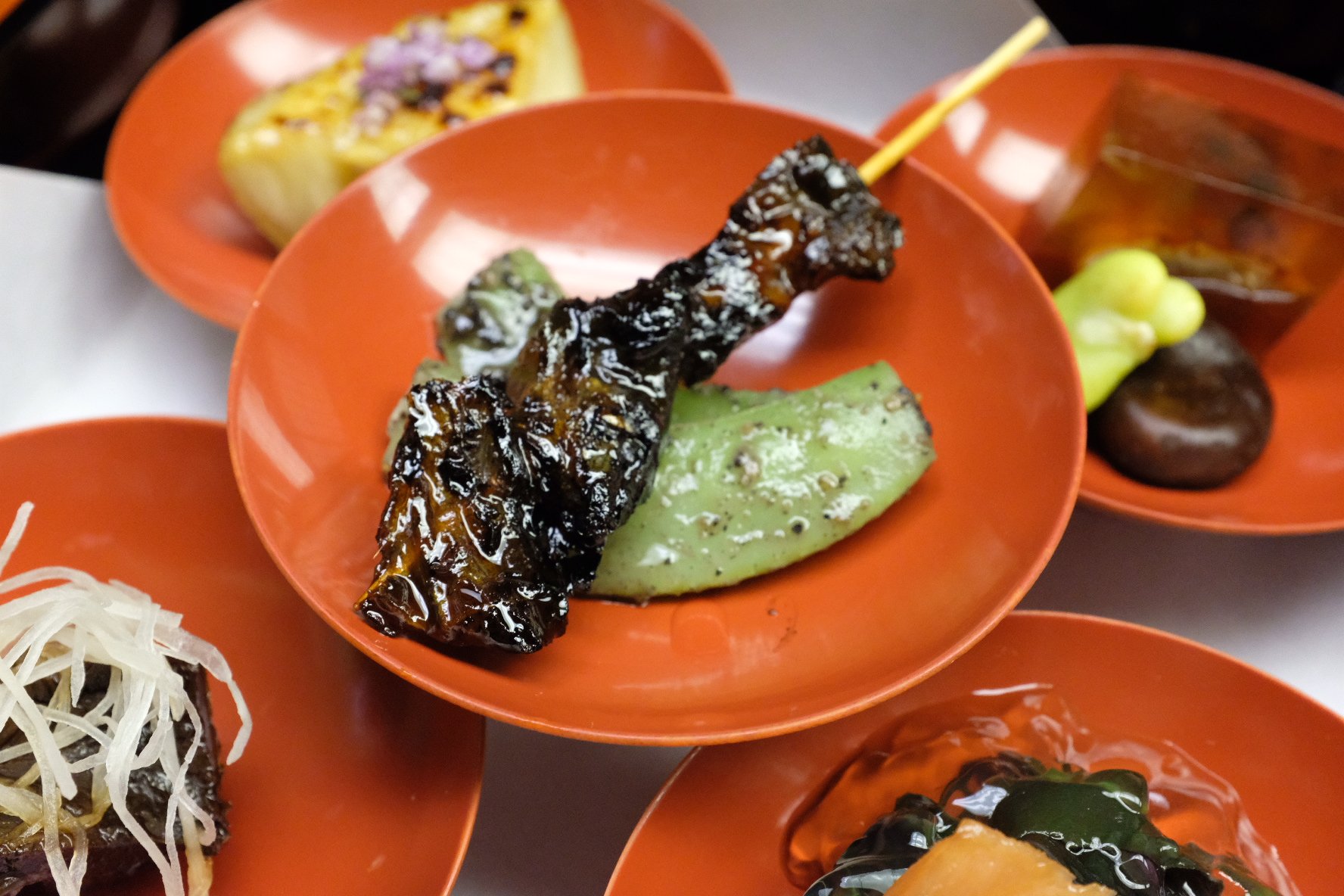
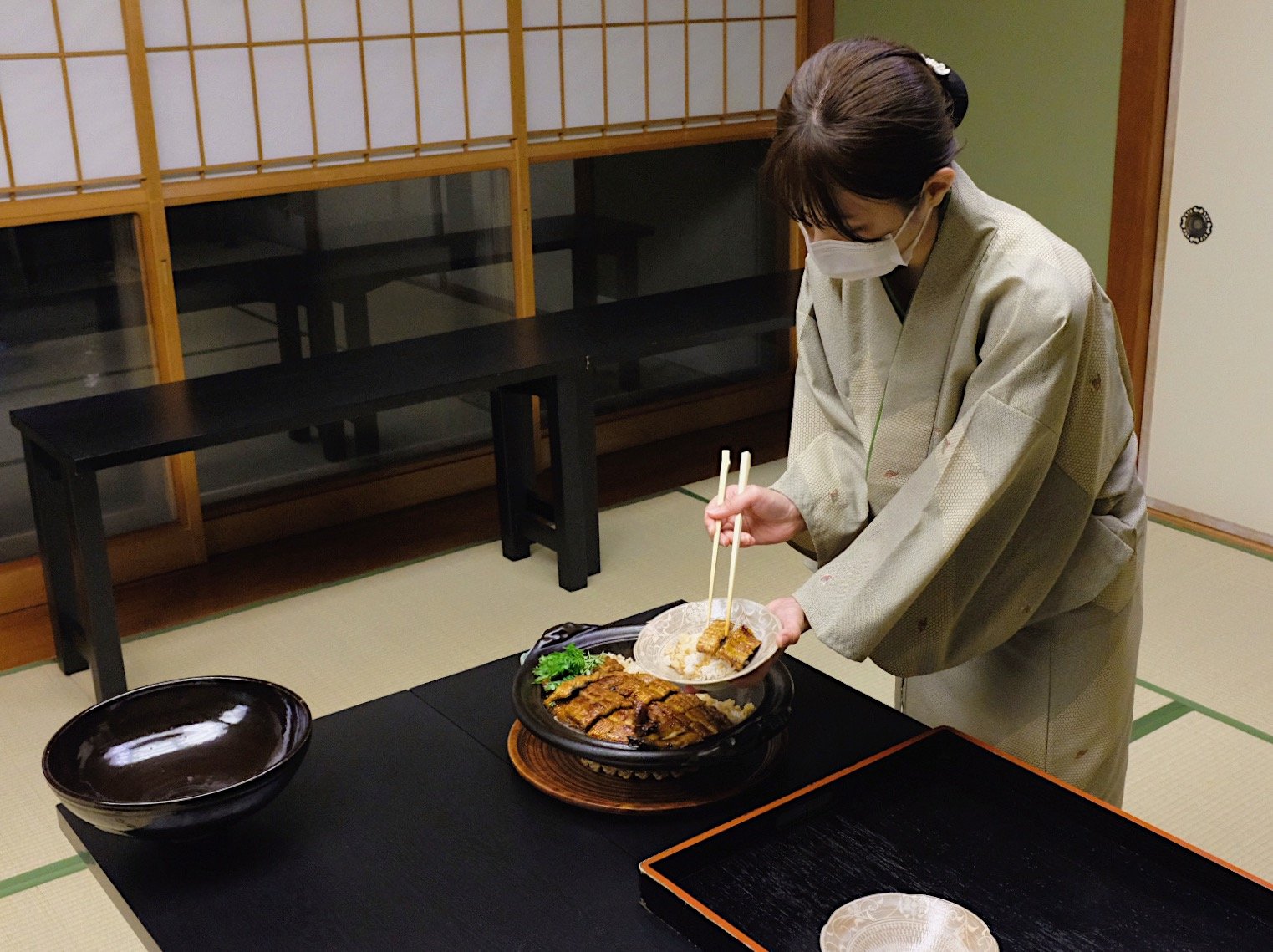
Operated by the fifth generation owner into 2024, Yamanoo is a traditional Japanese ryokan (traditional inn) and kaiseki (traditional Japanese course meal) restaurant situated on top of a hill overlooking Kanazawa’s historic Higashi-chaya district. The establishment is a staple of the city but was made popular with tourists after being featured on an episode of Anthony Bourdain’s Parts Unknown.
Available for only a portion of the year, the unagi kaiseki course comes with a variety of expertly prepared traditional Japanese dishes such as grilled ayu (freshwater sweetfish) and winter duck soup. The main event: three whole unagi grilled kabayaki-style (sweet soy glazed), served atop rice in a heavy nabe pot. One of the best touches: the crispy tail end bits of the unagi are taken and separated, making finding the best morsels an easy task.
The building itself is like something out of the Japan of films and television, sitting at the end of a winding path accented with a traditional Japanese garden. The interior is decorated with pottery and crafts from Kanazawa, a perfect representation of the city’s storied history and artisan culture.
8. ORIGO (Kanazawa, Japan)
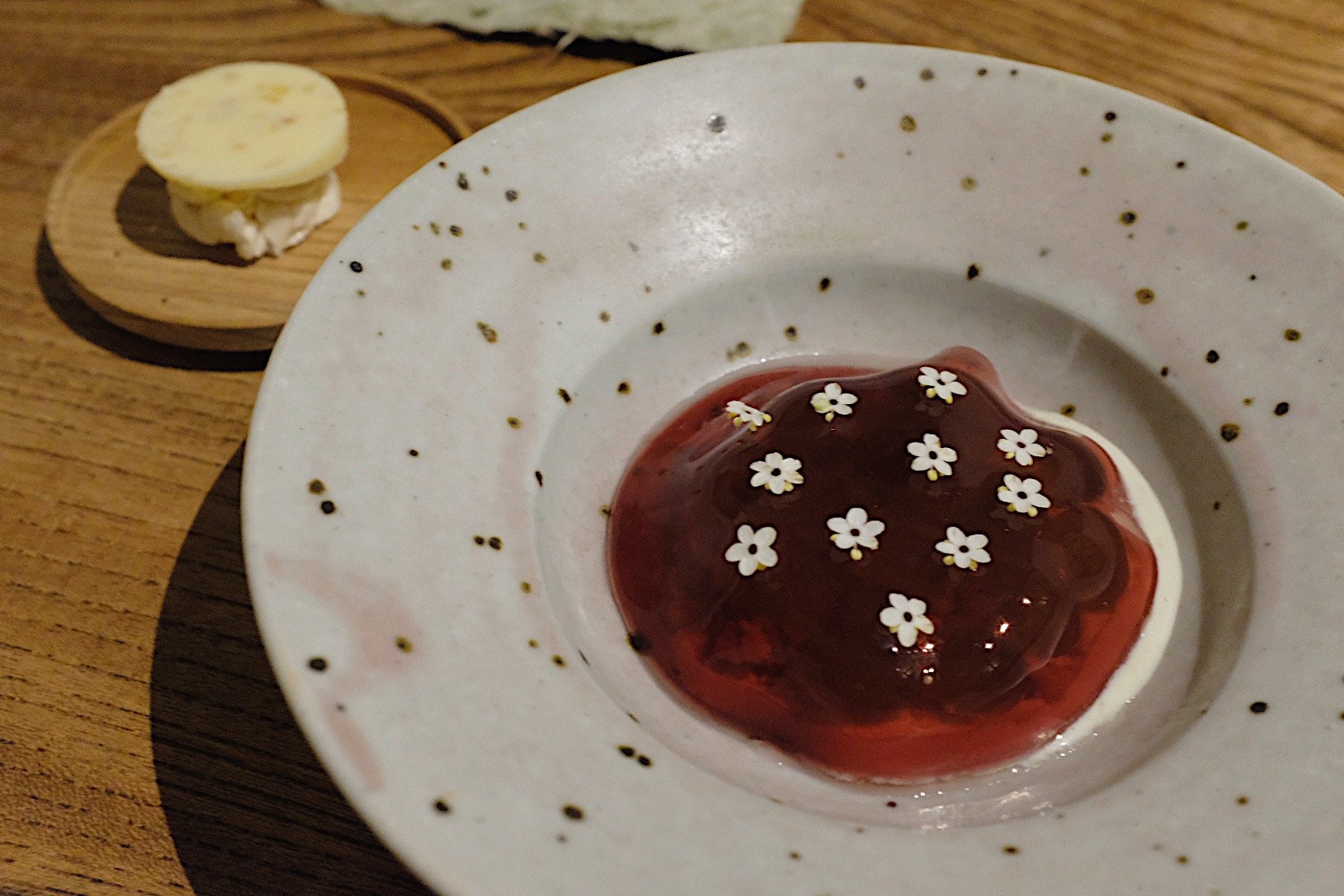
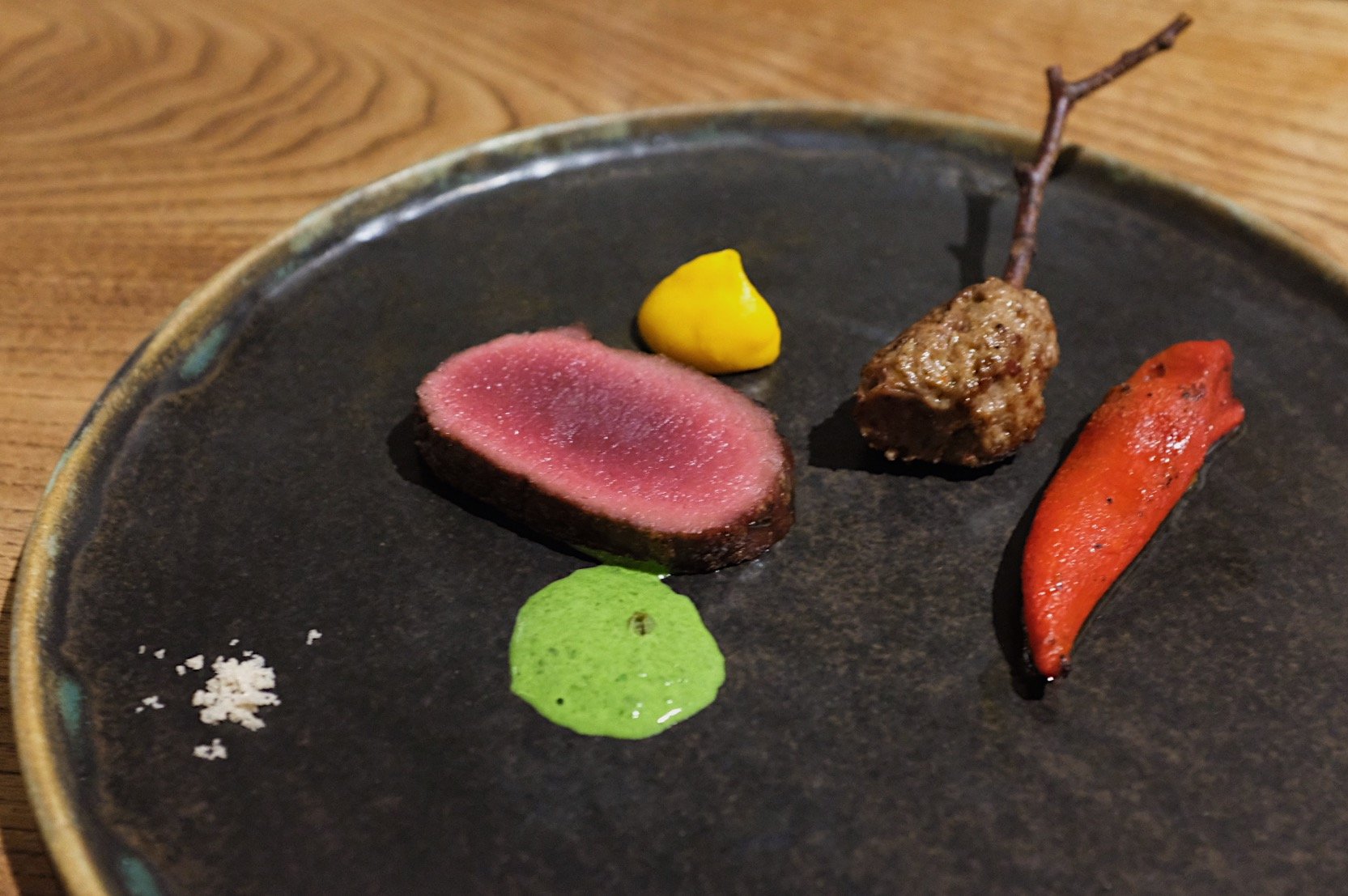
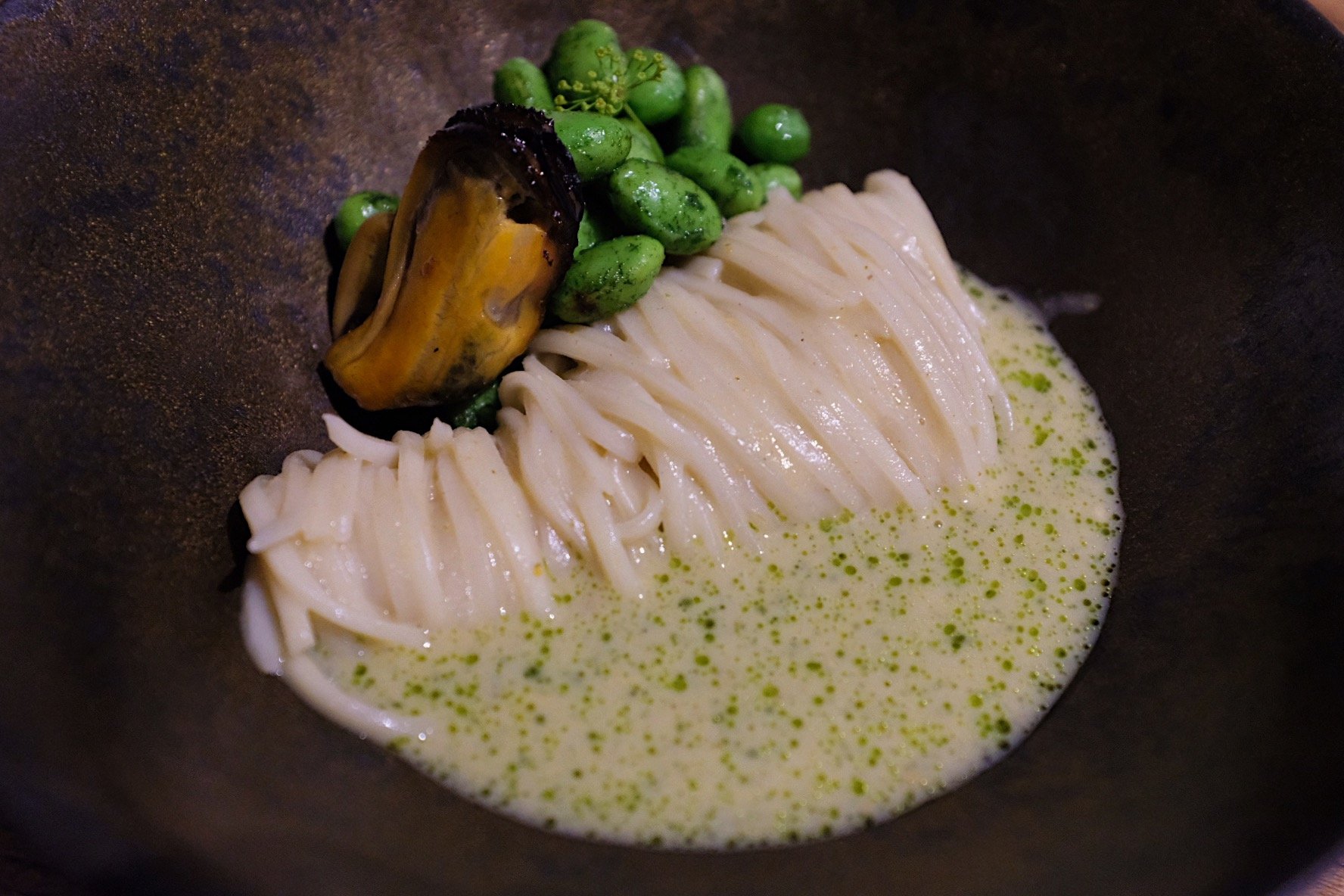
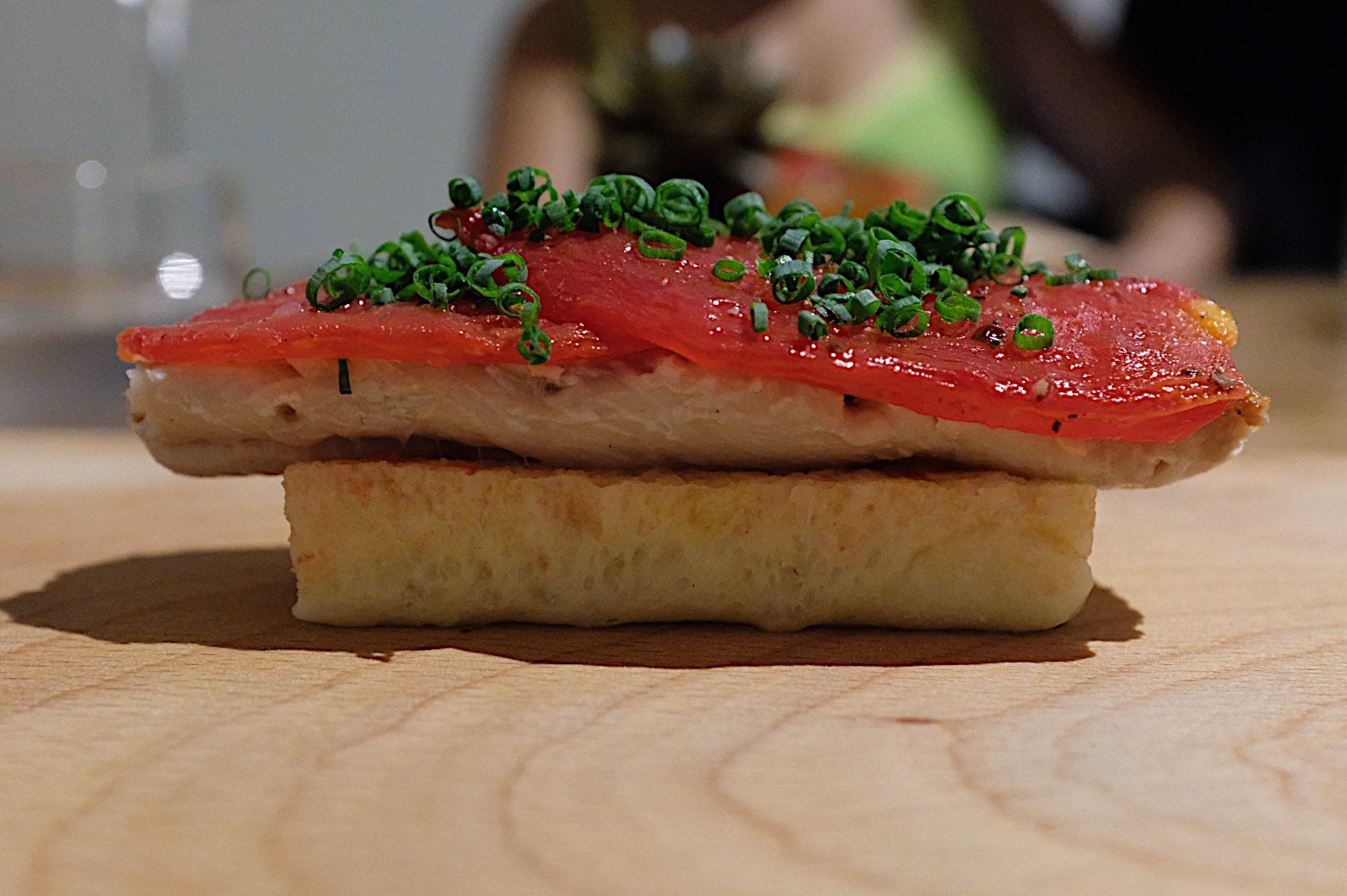
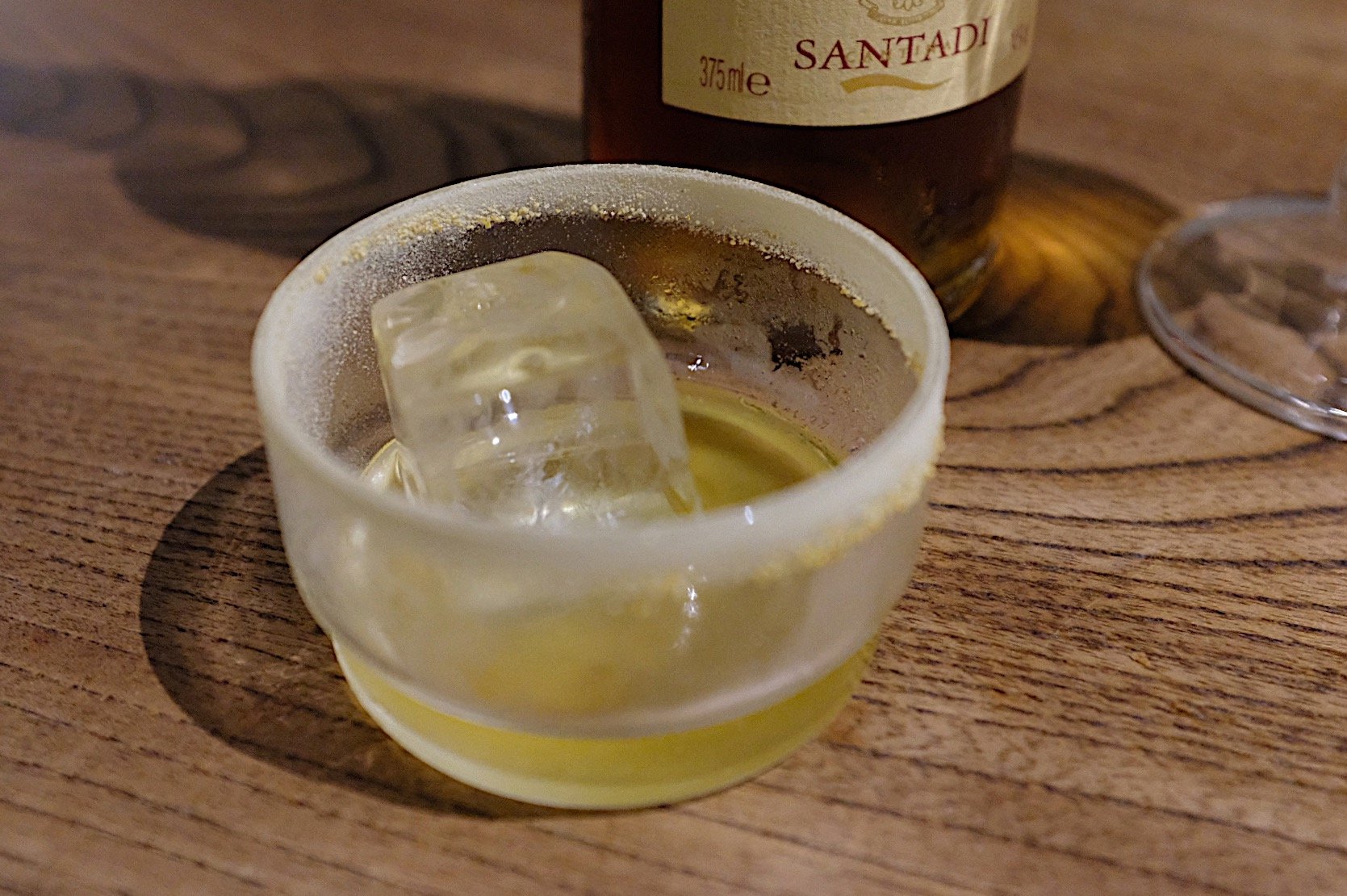
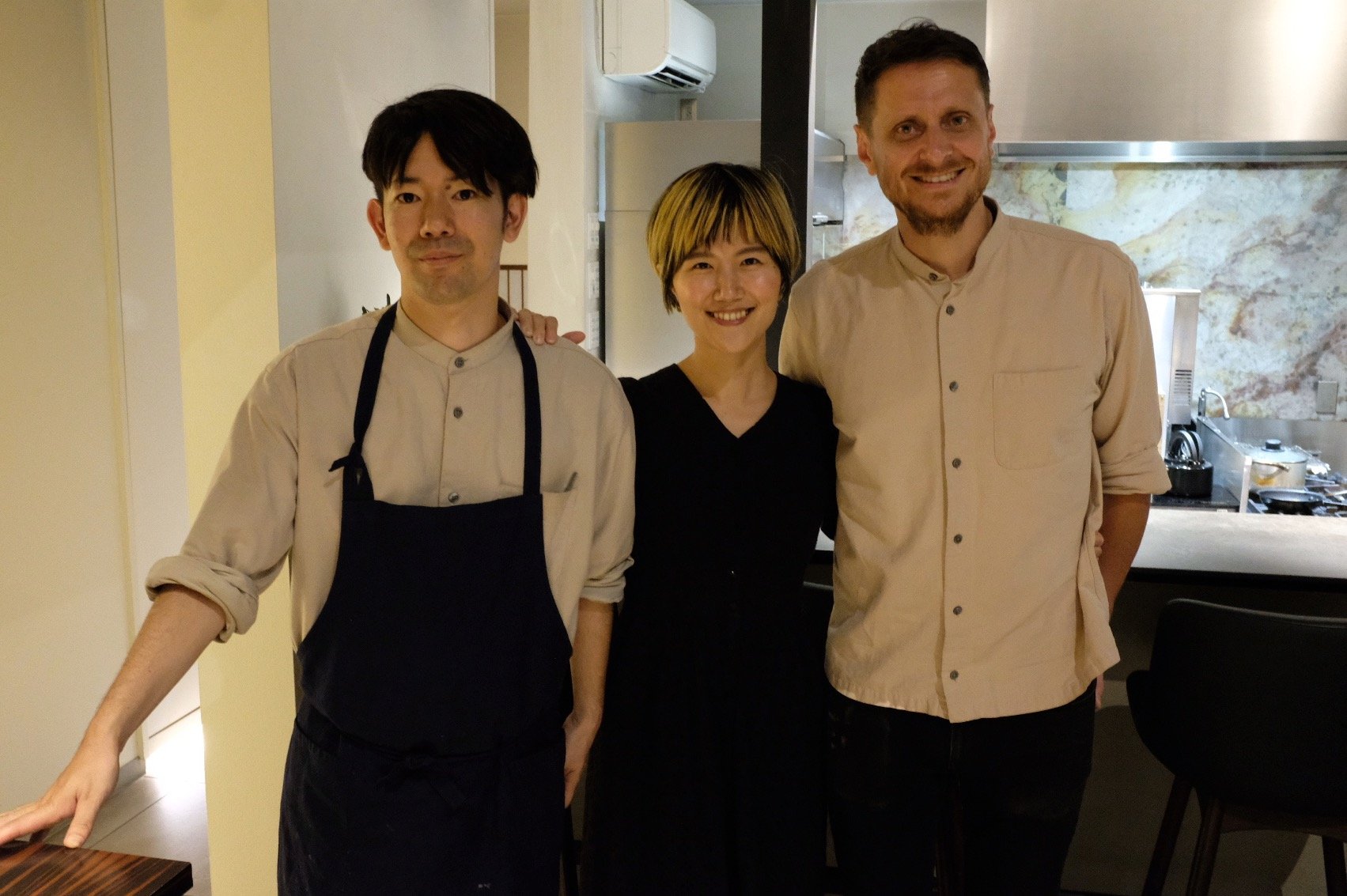
Chef/owner/friend Matteo Alberti created ORIGO with a simple yet unique goal in mind: to combine the best of Italian technique with the amazing array of ingredients found in Ishikawa Prefecture. Everything about ORIGO is meticulously put together with a strong appreciation for beauty, from the elegant interior built out of a historic trading post to the uniquely formulated recipes and artistic plating. Chef Alberti’s artistry even extends to the elegantly lit and carefully put-together photography of his seasonal menu and the interior lighting that is almost tailor-made for having each dish to be presented beautifully in person and in pictures.
A visit in July constituted the use of bright and fresh tomatoes, pasta with herbacious and floral sauces, and lean venison sourced from within Ishikawa. The hunter who sources the venison insists on only ever cultivating meat from animals he can kill with a single shot. Also perfect for the summer season is the in-house “limoncello,” which actually contains no lemon at all, instead being made from the peels and scraps of Japanese citrus used on the menu.
I remember first meeting Chef Alberti at the bar of my friend’s hostel a few years ago. Initially assuming he was a tourist to the city, I was surprised to hear about him having a restaurant just a few minutes away. After a few years and a number of visits later, it’s amazing to see ORIGO’s presence in the city become more and more recognized. Kanazawa is a place that can best be described as one with a strong appreciation for beautiful things, and there are few establishments that represent this as well as ORIGO.
7. Ginza Sushiko (Tokyo, Japan)
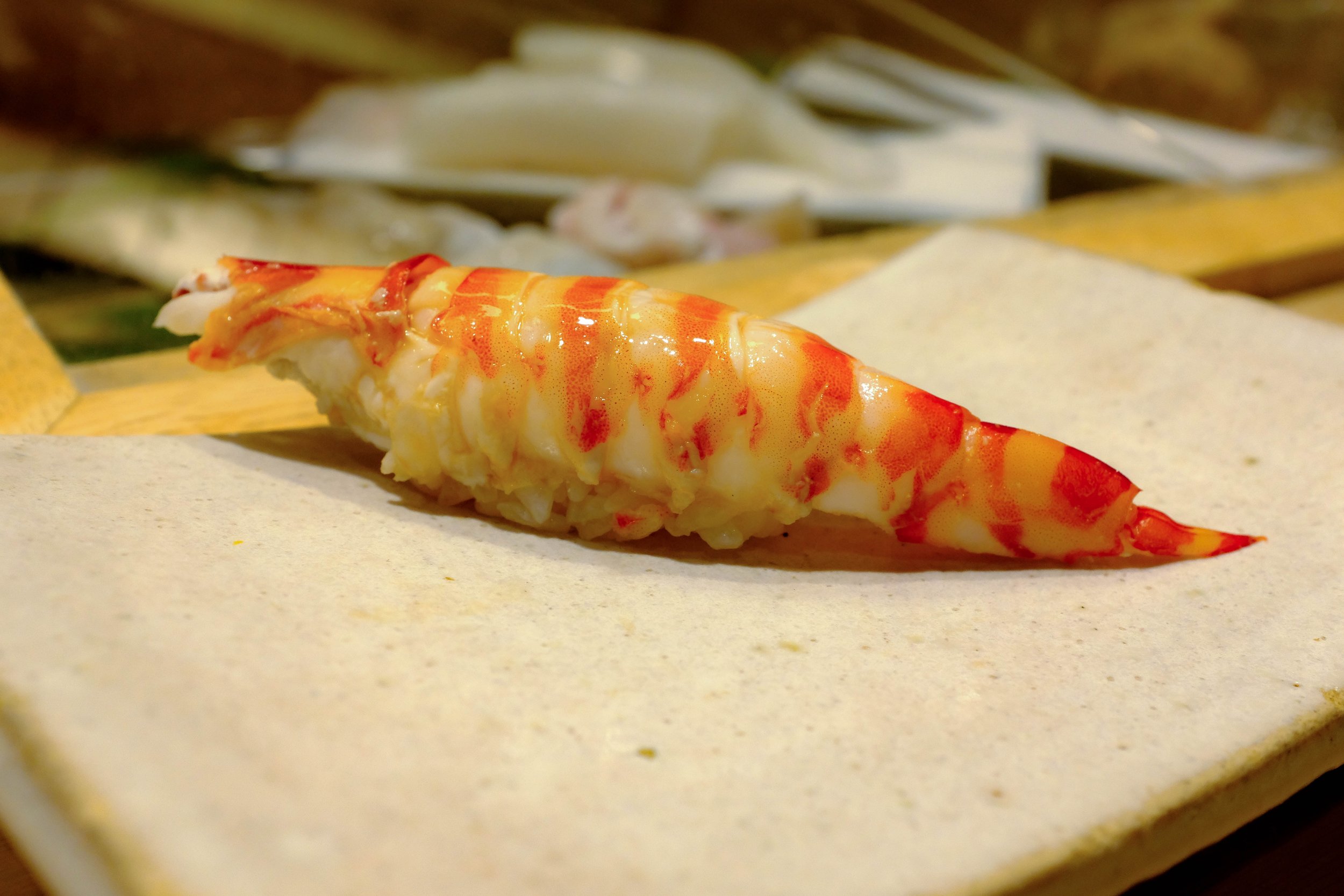
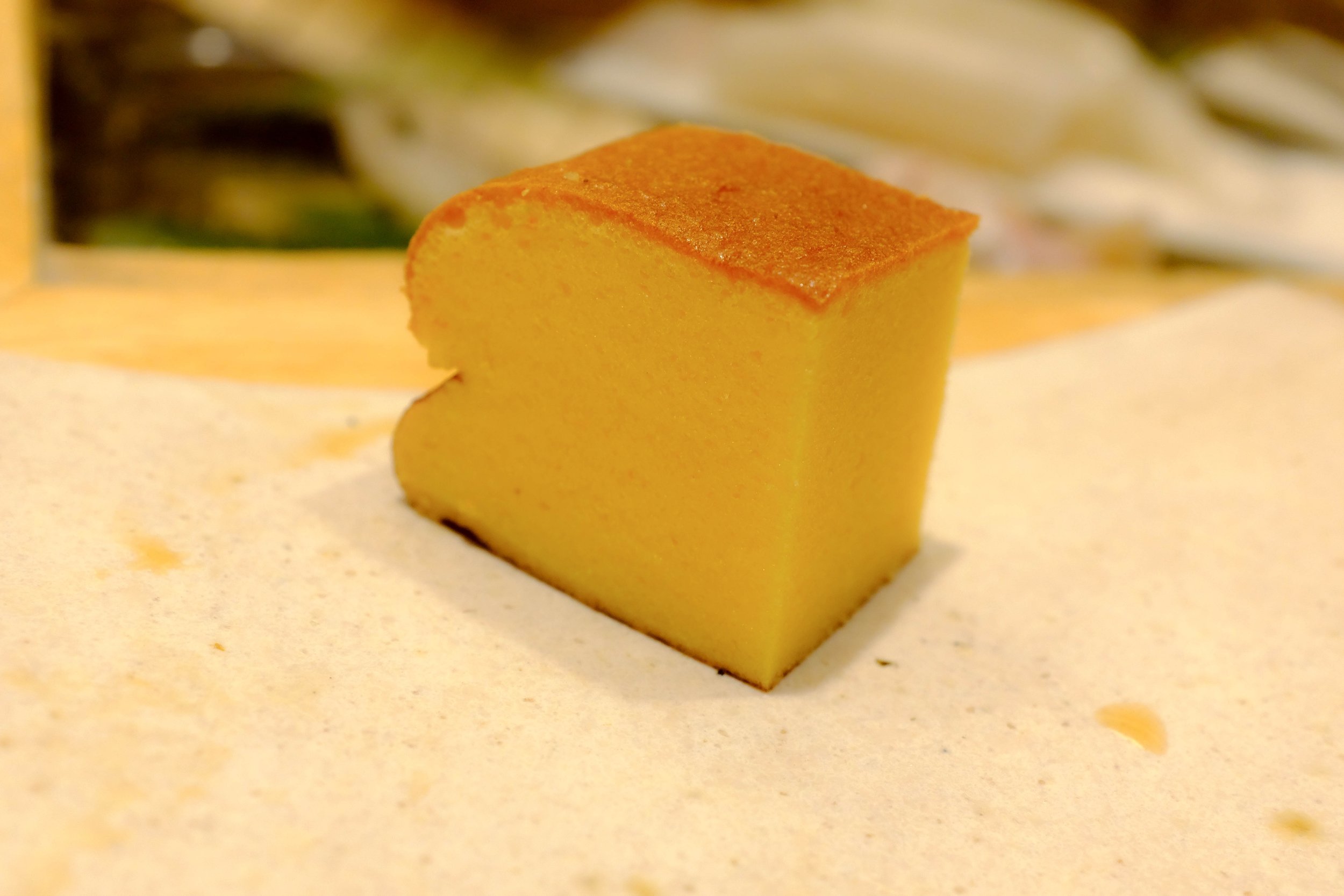
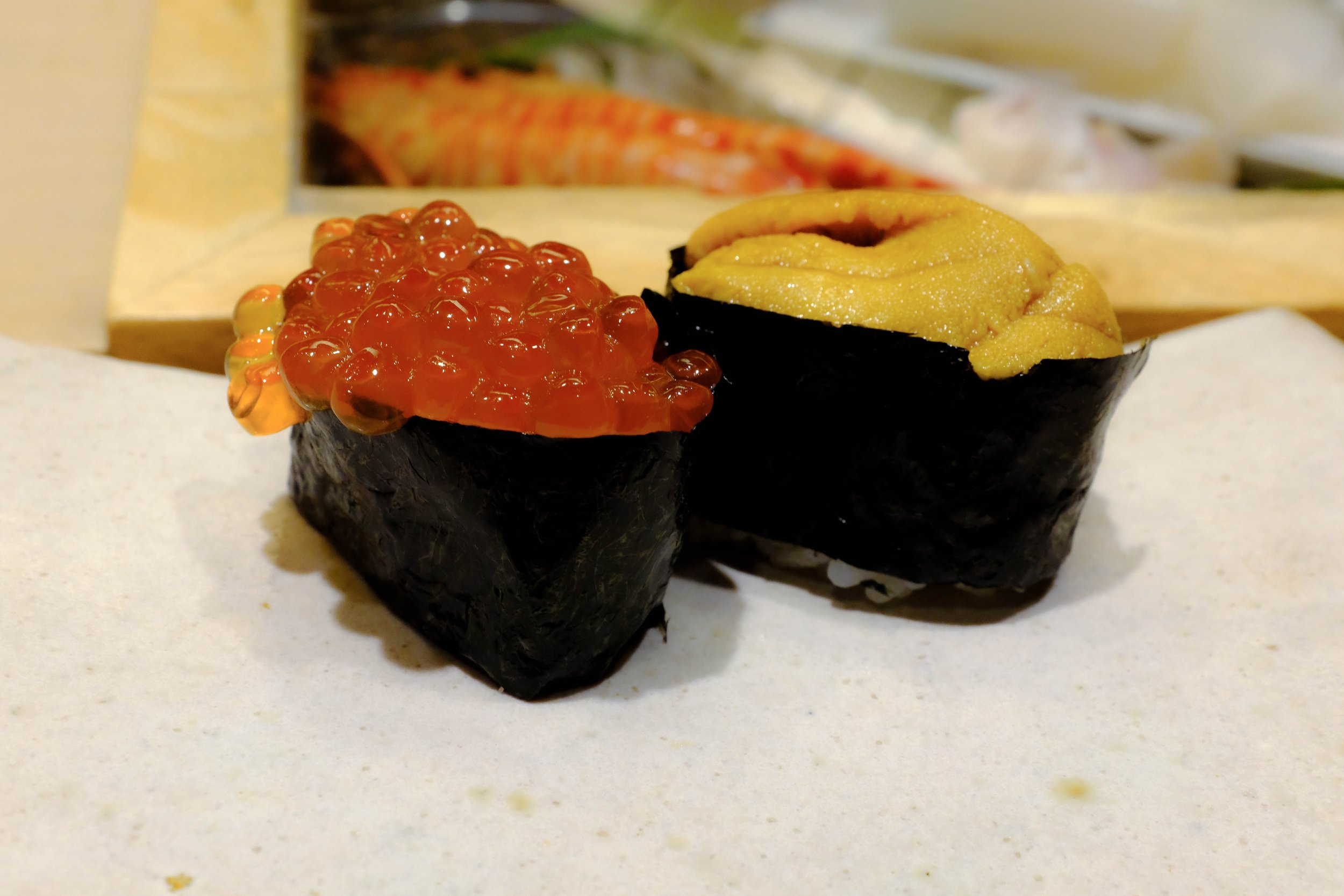
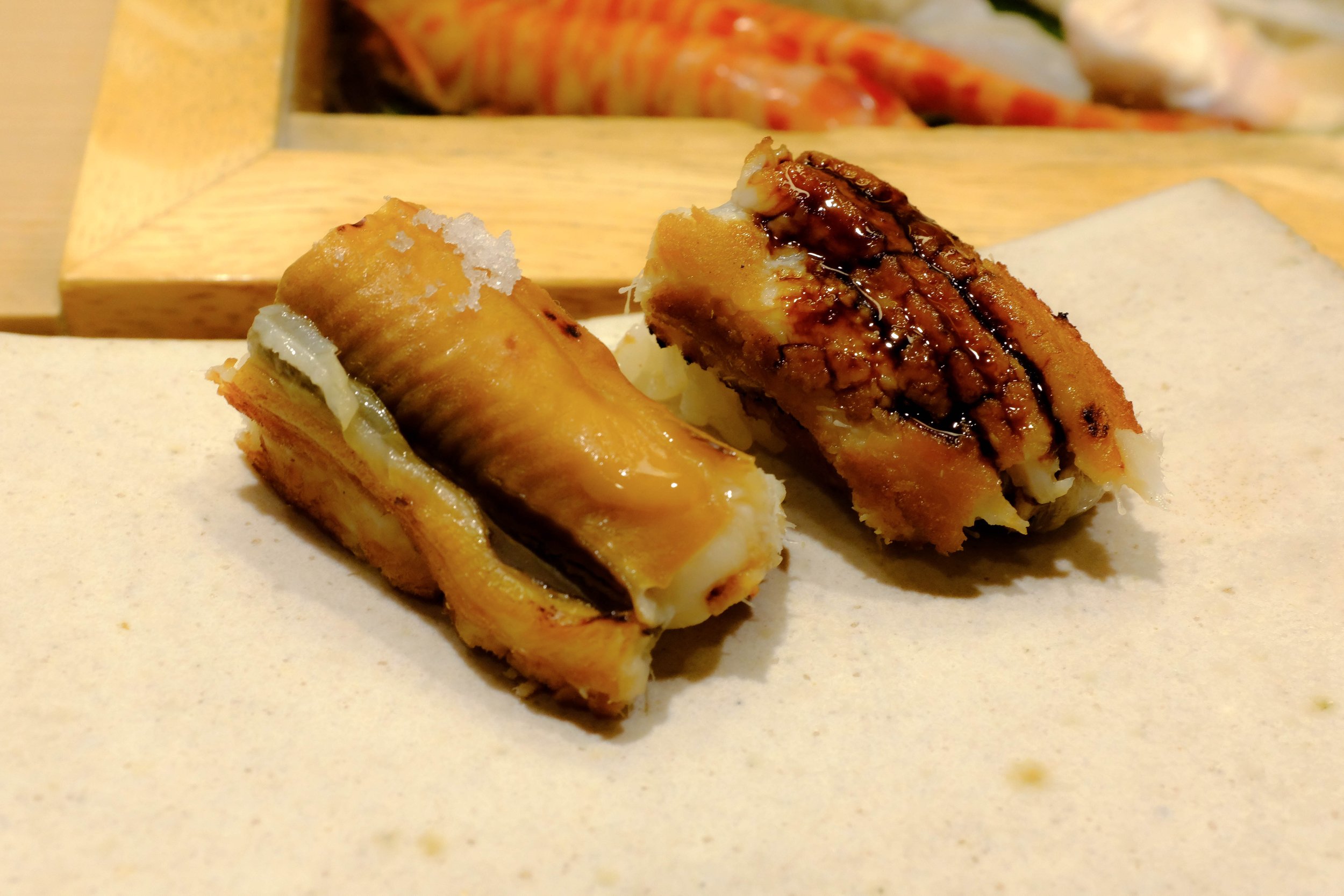
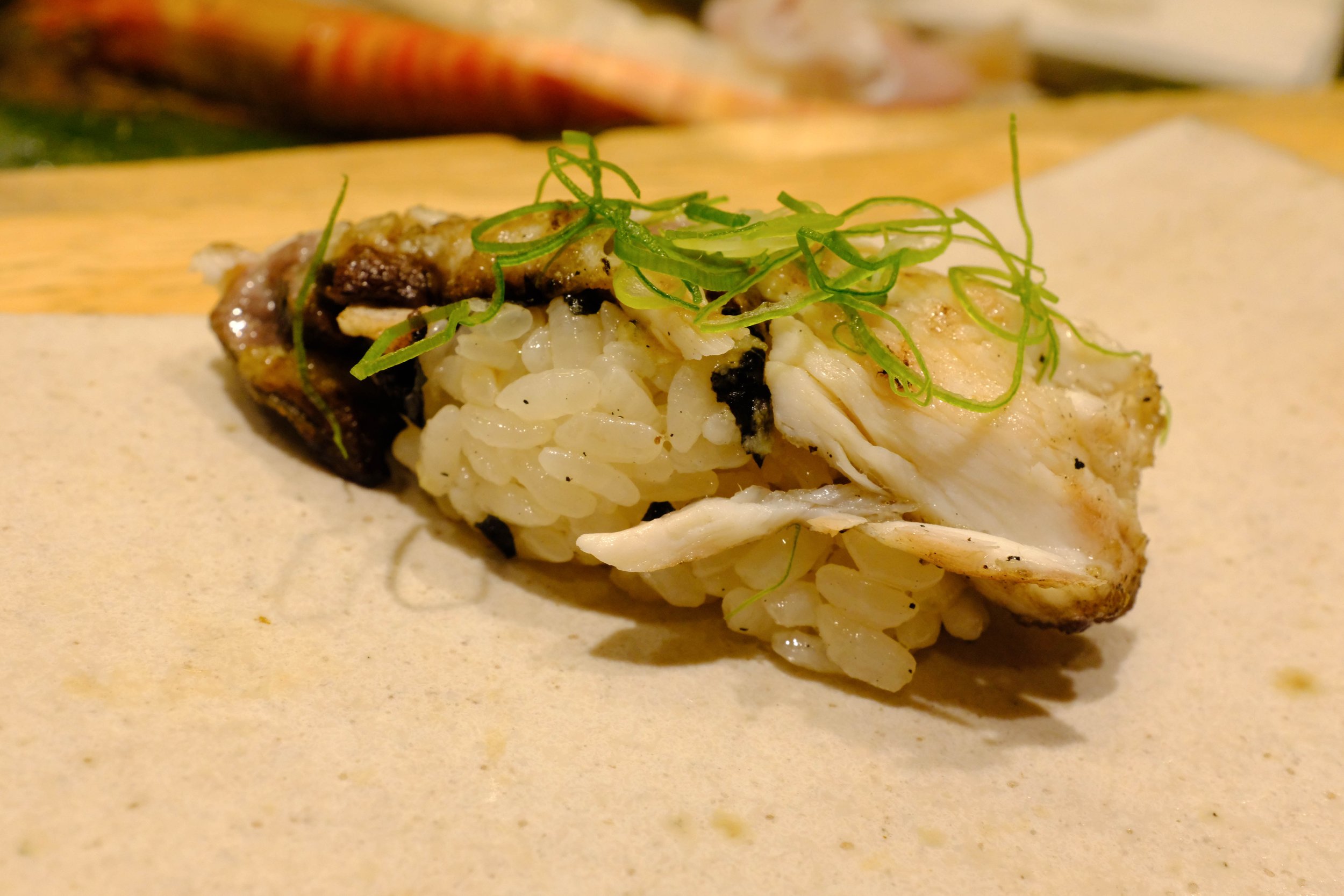
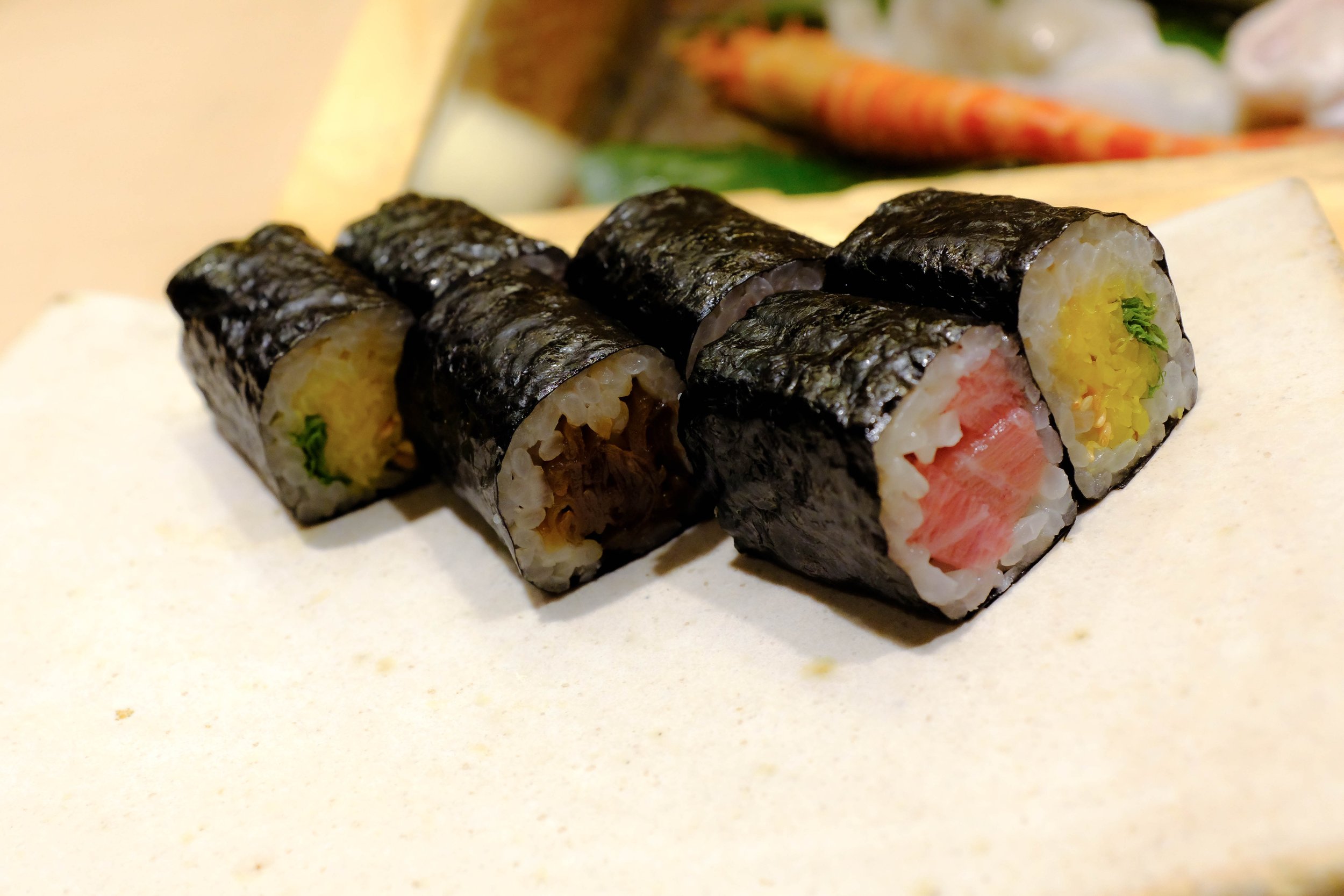
The one, only, and original Ginza Sushiko has been around for 131 years. The sister shop of the same name, only a five-minute walk away, has “only” been around for about 75 years, yet the DNA is practically all the same. When it comes to traditional edomae omakase, few are mentioned in the same breath, and few can compare. It is at Ginza Sushiko that the blueprint for sushi was refined and perfected. It’s this unapologetic embrace of tradition and craft that makes the historic establishment so worthwhile. There’s no need for deviations from the formula if the formula was your own concoction in the first place, and there's no need to do more than what is needed when you’ve been serving the very best for decades.
Even before the nigiri comes out, kinmedai saikyoyaki (white miso-marinated alfonsino) is blissfully tender and sweet, and the variable roster of sashimi gives a teaser of the fresh seafood to come. The crown jewel of Aomori-sourced maguro (tuna) is served with soy sauce brushed on as well as in traditional zuke style (marinated in soy sauce), and a grilled portion of trevally jaw is the perfect smokey and savory bite to close out the sushi offerings
If there is one thing that Ginza Sushiko is truly known for, it is their iconic atsuyaki tamago (grilled egg), reminiscent of castella cake but with a more fishy taste and foamy texture. It is a bite I had waited upwards of five years for, so naturally, I decided to order two.
6. Indienne (Chicago, IL, USA)
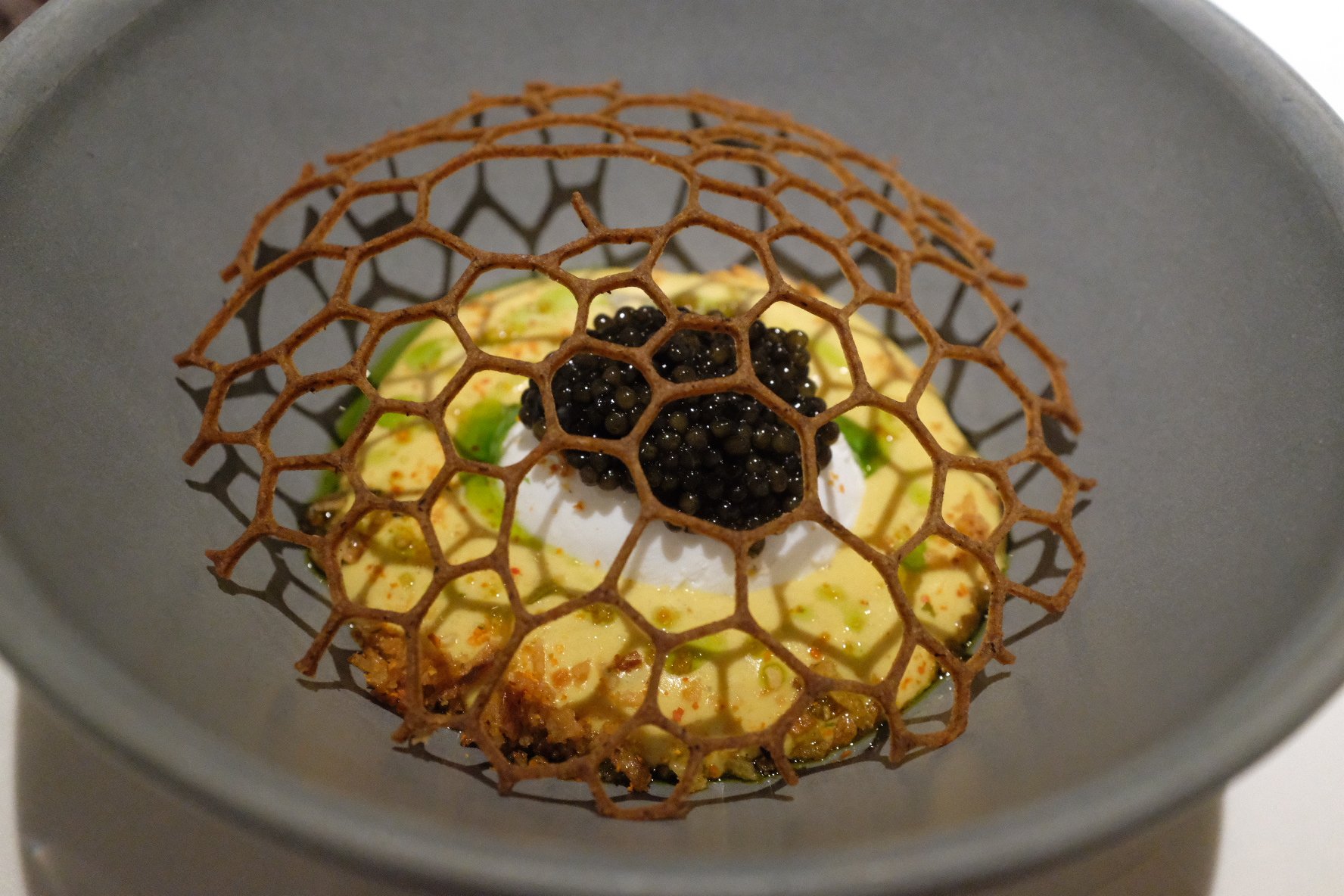
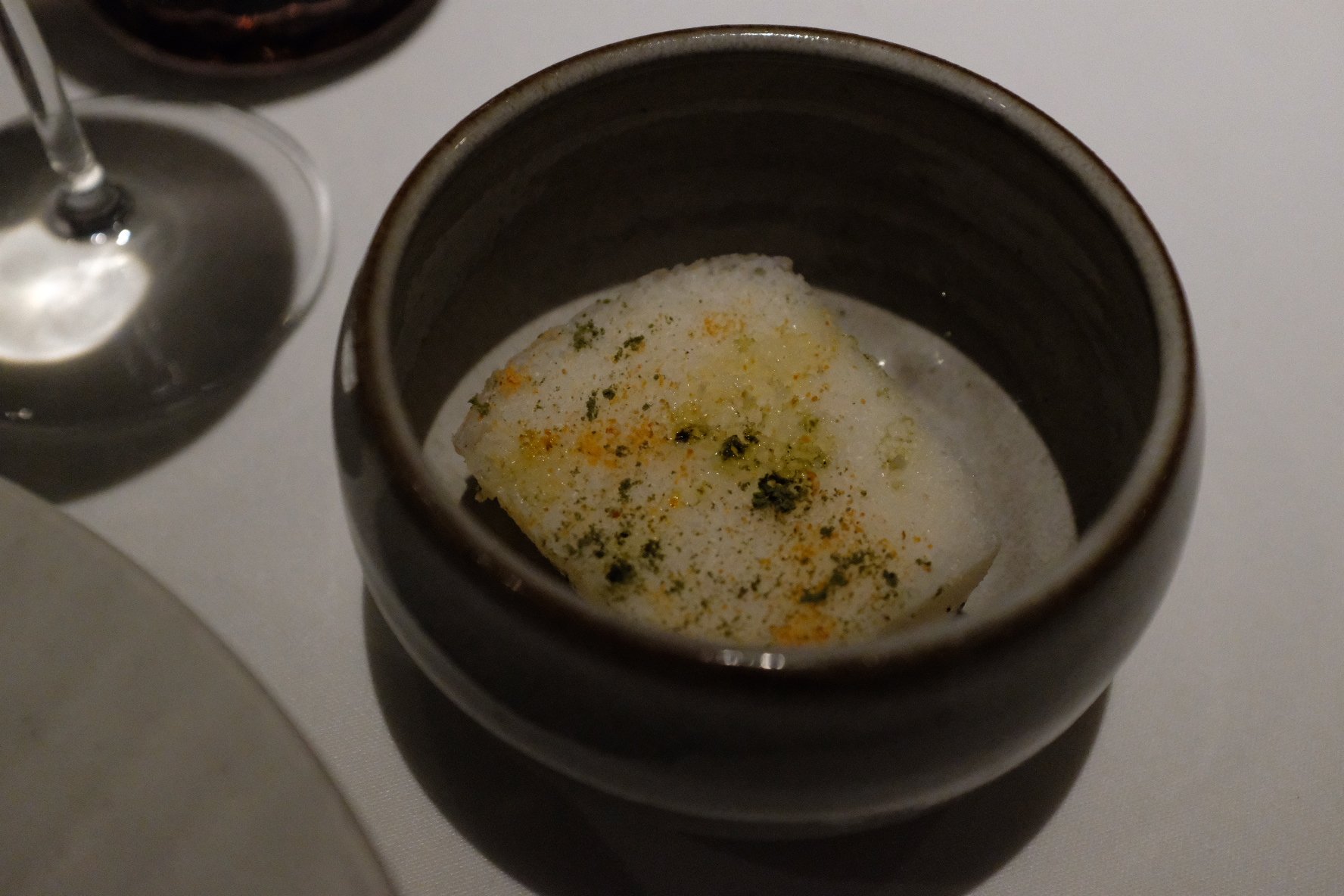
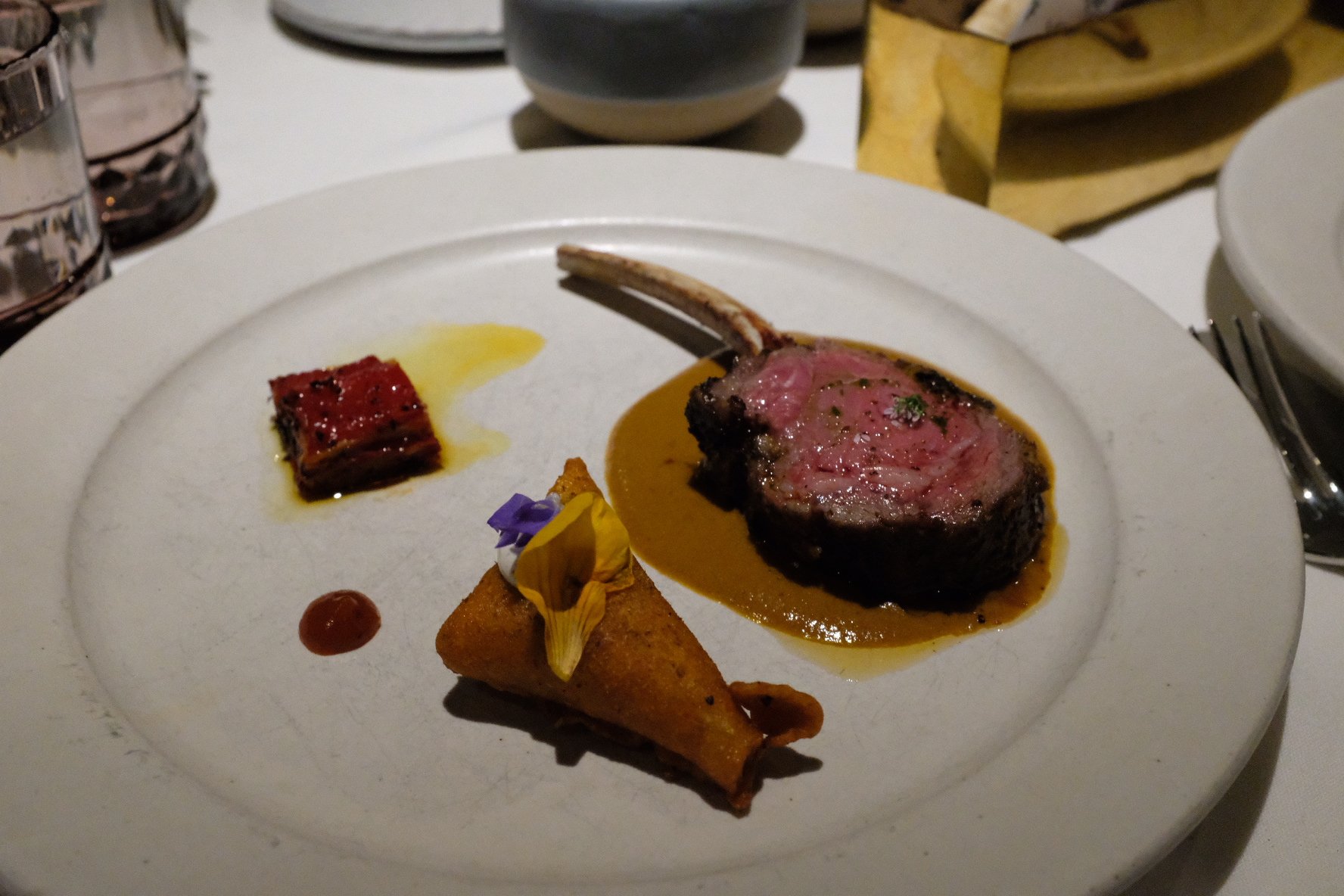
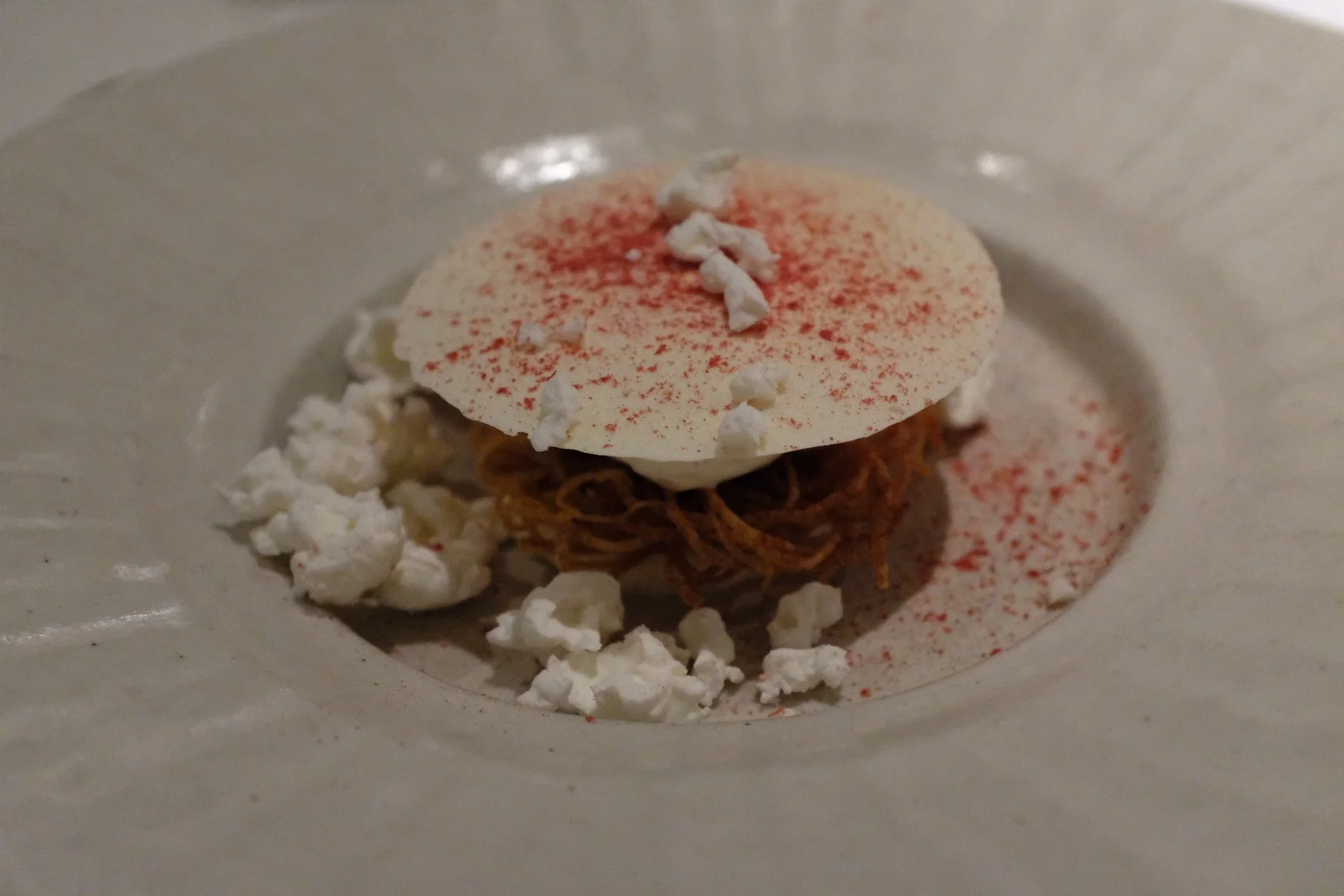
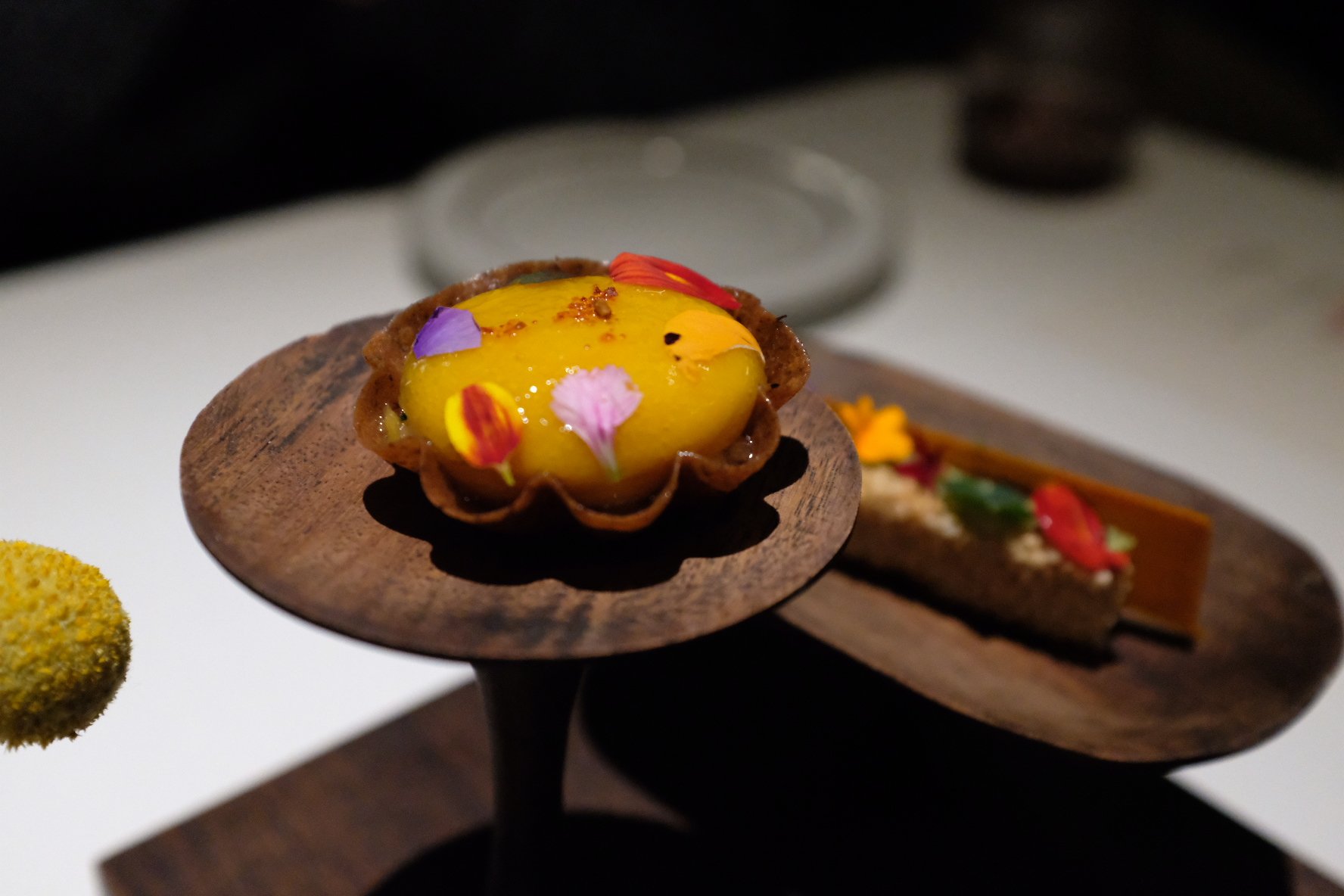

Chef Sujan Sarkar’s foray into Indian fine dining is one of the most distinct tasting menus to be found in Chicago. With “only” five courses included, one could hold a feeling of reservation when comparing it to other establishments in the Windy City. However, one will see the extent of effort put into these courses and the healthy serving of expertly prepared breads that accompany each one and find themselves more than satisfied.
Pao bread, often cited as an Indian version of brioche, is fluffy with a nicely textured crust and sweet in a way that perfectly compliments the rich egg curry it comes with. The final savory dish of lamb is standout as well, served as a perfectly cooked, bone-in chop as well as a stuffing in a samosa. The latter is ground and cooked in a way that perfectly accentuates the natural gaminess of lamb, providing two great versions of a classic protein in one dish.
The staff is very eccentric and optimistic about what they serve; a medley of personal questions adds a bit of spice to the meal (in a good way). The company of three people I had not seen in over five years, two of whom had reputable experience in the food industry, made the environment just as delicious.
5. Sushi Ikuta (Kanazawa, Japan)
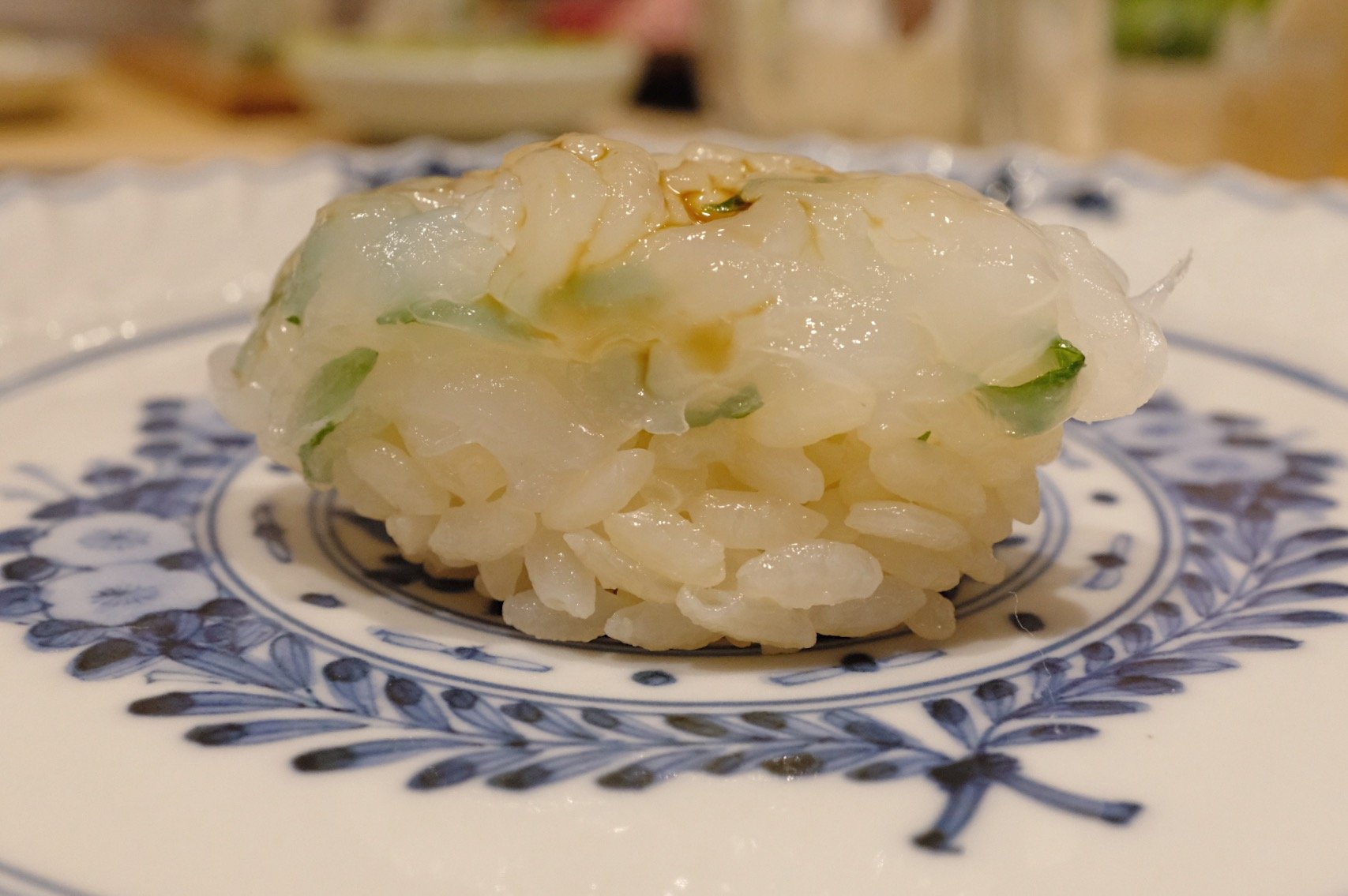
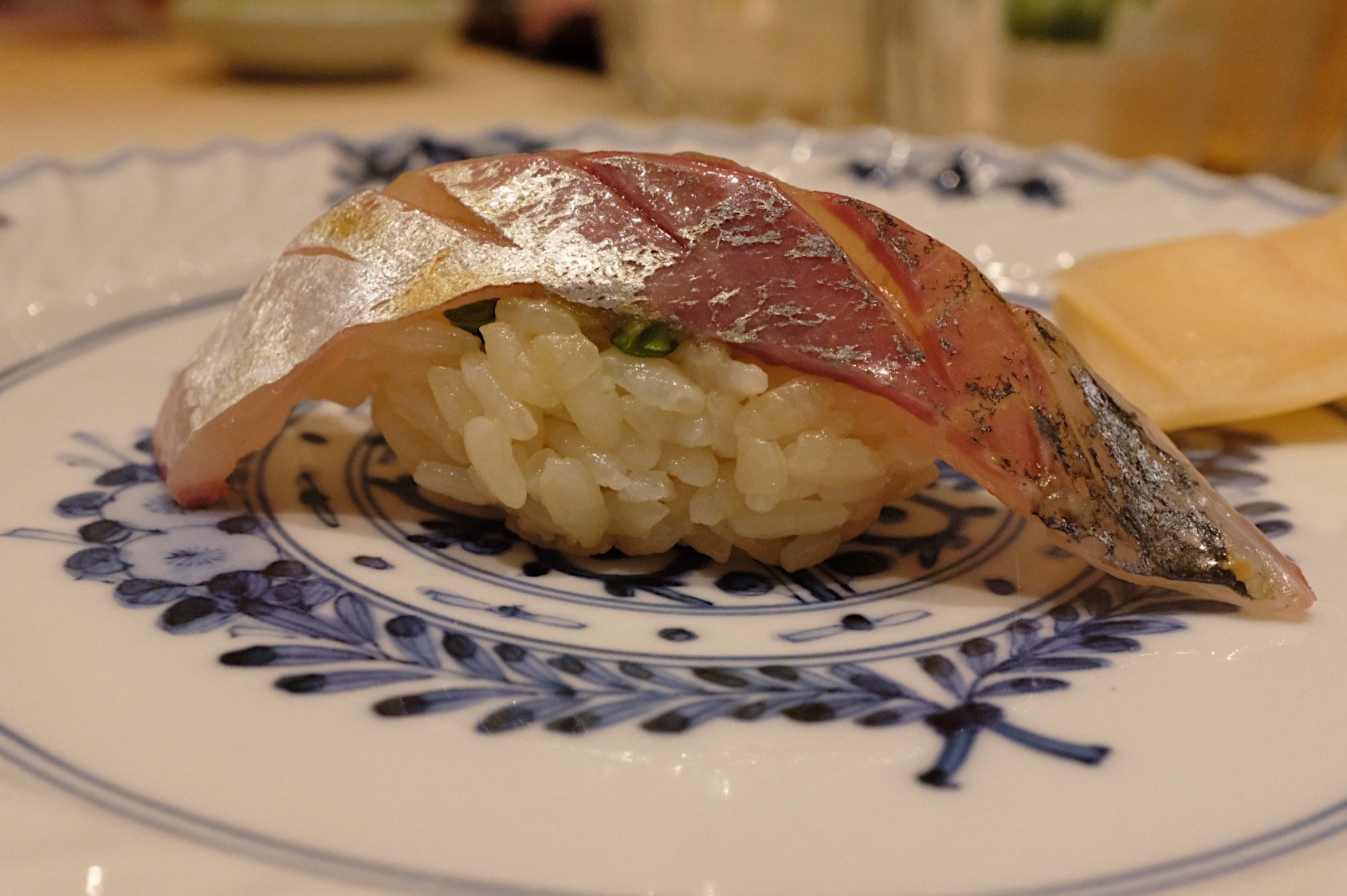
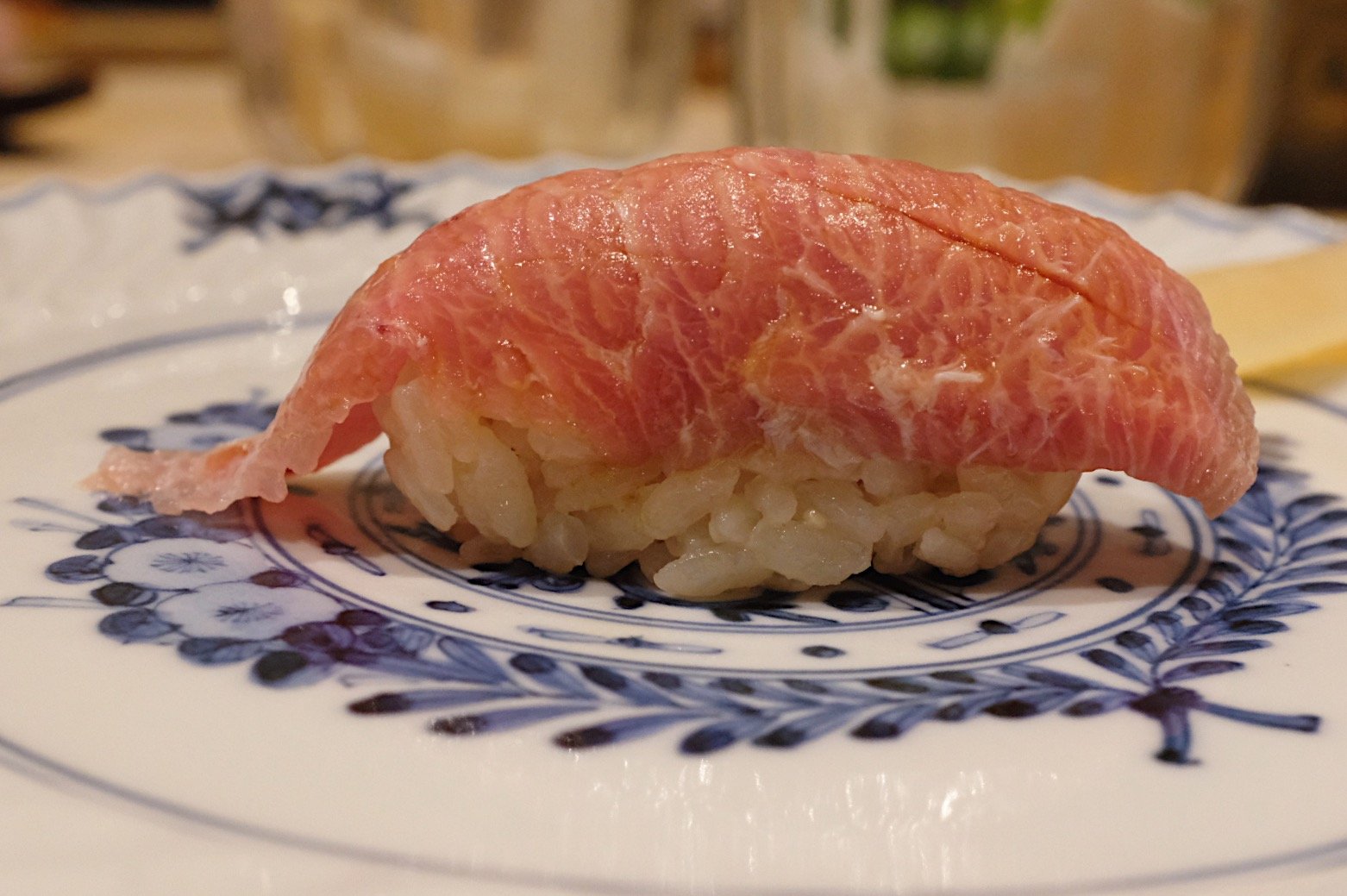
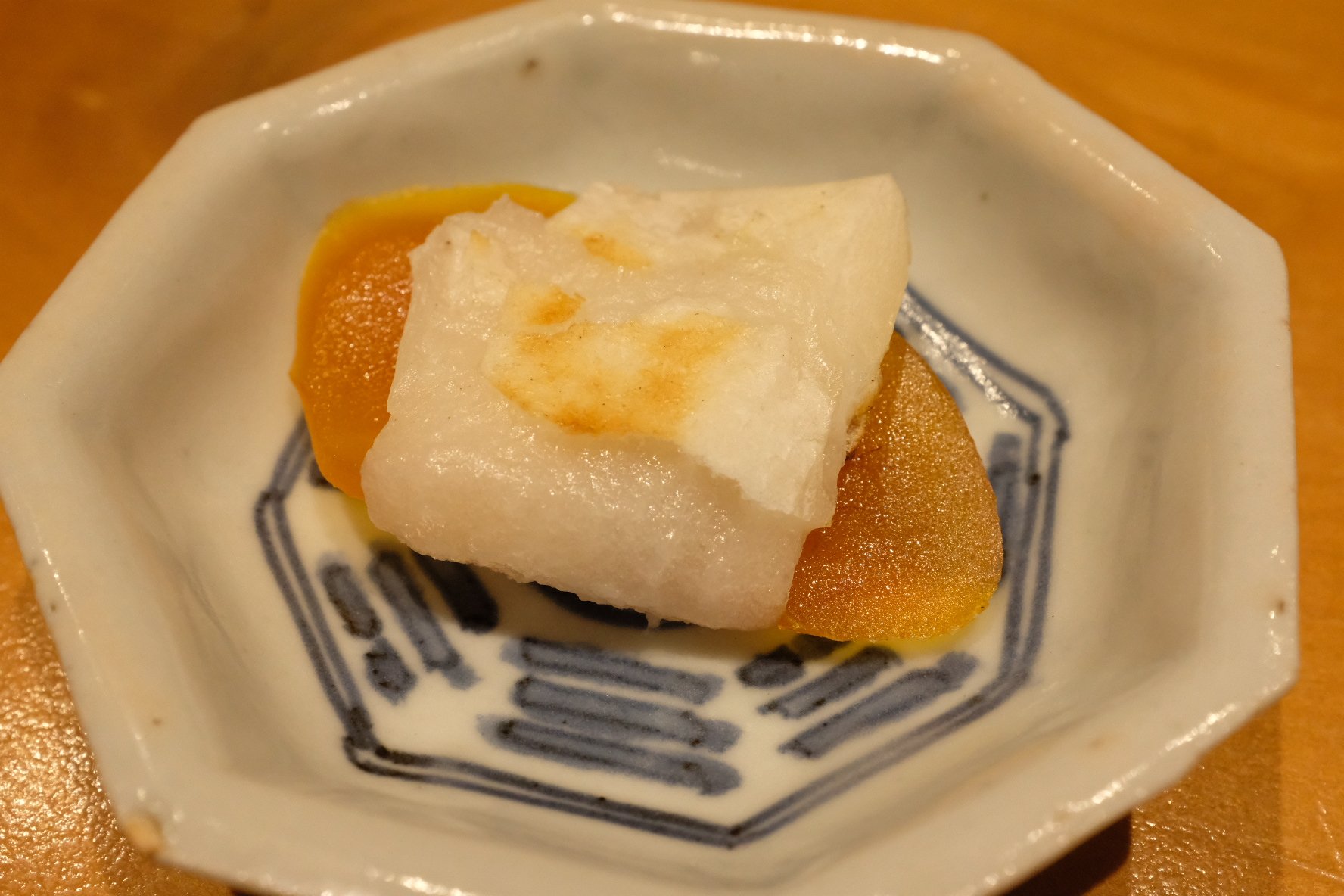
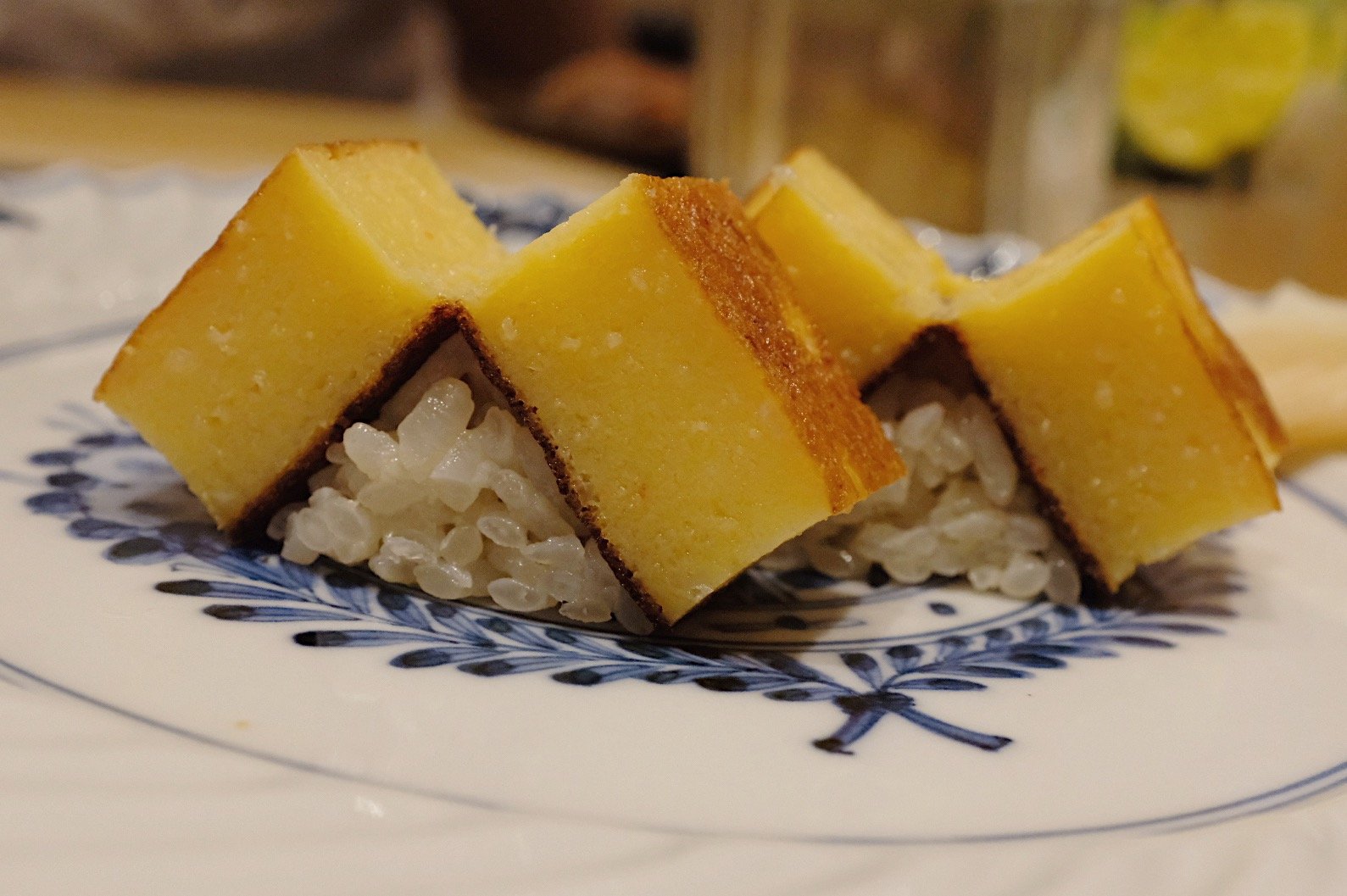

As a three-year resident of the Hokuriku region, Kanazawa will always have a special place in my heart, as well as in my stomach, as the capital city of Ishikawa boasts some of the best seafood, not only in Japan but the entire world.
Sushi Ikuta’s entrance is modest, the glow of its interior peering through into the nighttime back alleys of the city. Inside is a mastery of traditional sushi techniques centered around the bounty of the waters around Ishikawa.
Chef Ikuta, Kanazawa-born and raised, puts the best his home has to offer in front of diners in classically luxurious ways. Nodoguro (blackthroat perch) is served as rich sashimi and nigiri, broiled aburi style with a blowtorch. In-house-made karasumi (aged and dried mullet roe) has a salty, almost cheese-like taste and texture that is perfectly subdued with molten mochi for an otsumami like no other. Otoro has fat marbling so dense that it looks as though it were embroidered with white thread.
A few personal touches to the preparation are made as well to set the sushiya apart: The aori-ika (reef squid) is scraped thin and mixed with shiso (perilla leaf), then put atop sushi rice for nigiri. The texture is one-of-a-kind, slightly gummy, yet almost melts with the warmth of the sushi rice. Mehikari (deep sea greeneye) is filleted thin so that the miso marinade penetrates throughout, enriching not just the flavor but texture as well. It’s also served with Japanese peppers, adding a flavor profile not typically found in a sushi restaurant.
For good measure, it turns out Chef Ikuta is a former co-apprentice with my former boss, Chef Ryujiro Nakamura from Sushi Ryujiro in Tokyo. The type of banter that comes out of such a connection is always a treat, especially over the sushi counter.
And speaking of Sushi Ryujiro…
4. Sushi Ryujiro (Tokyo, Japan)
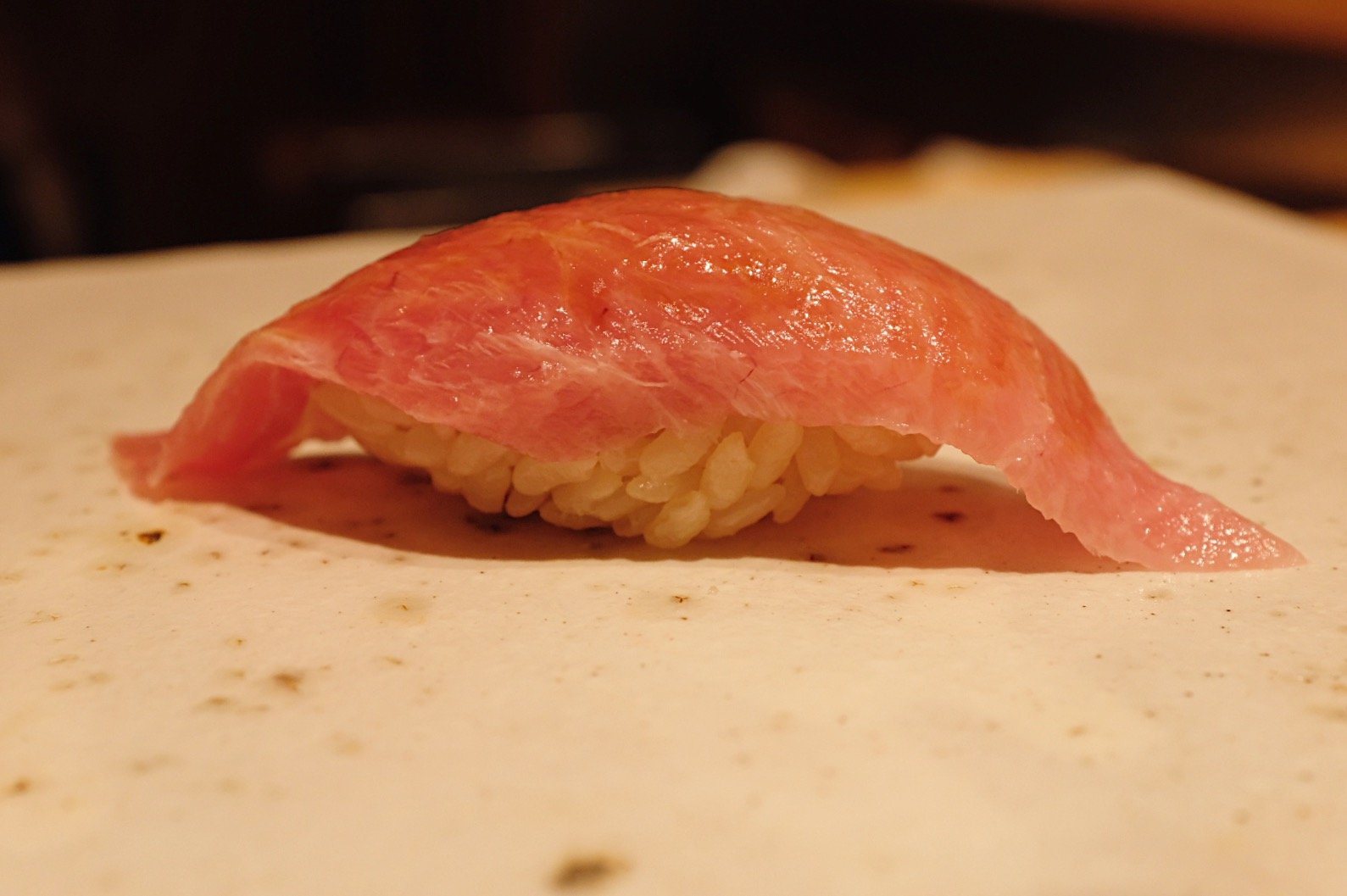
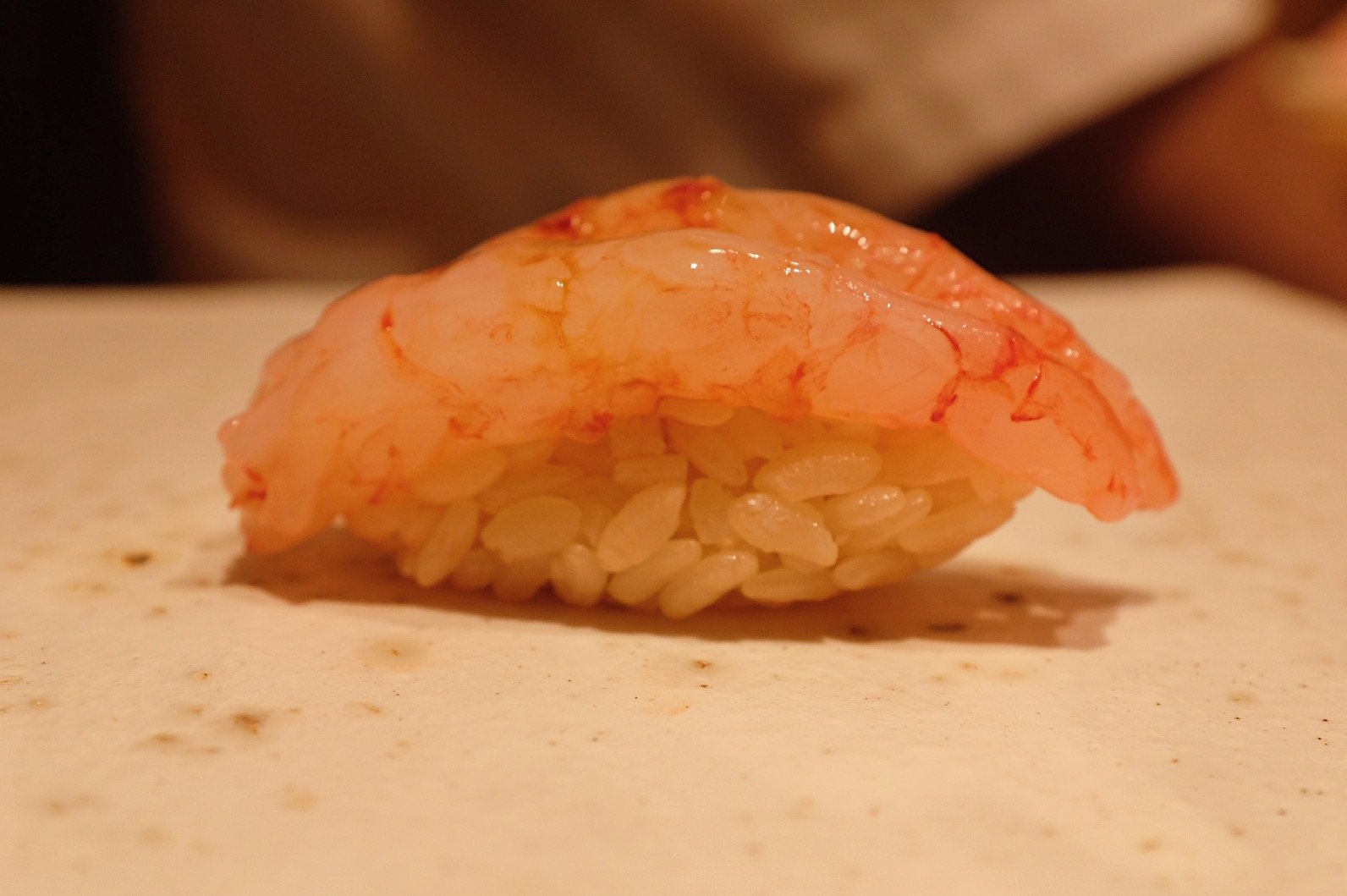
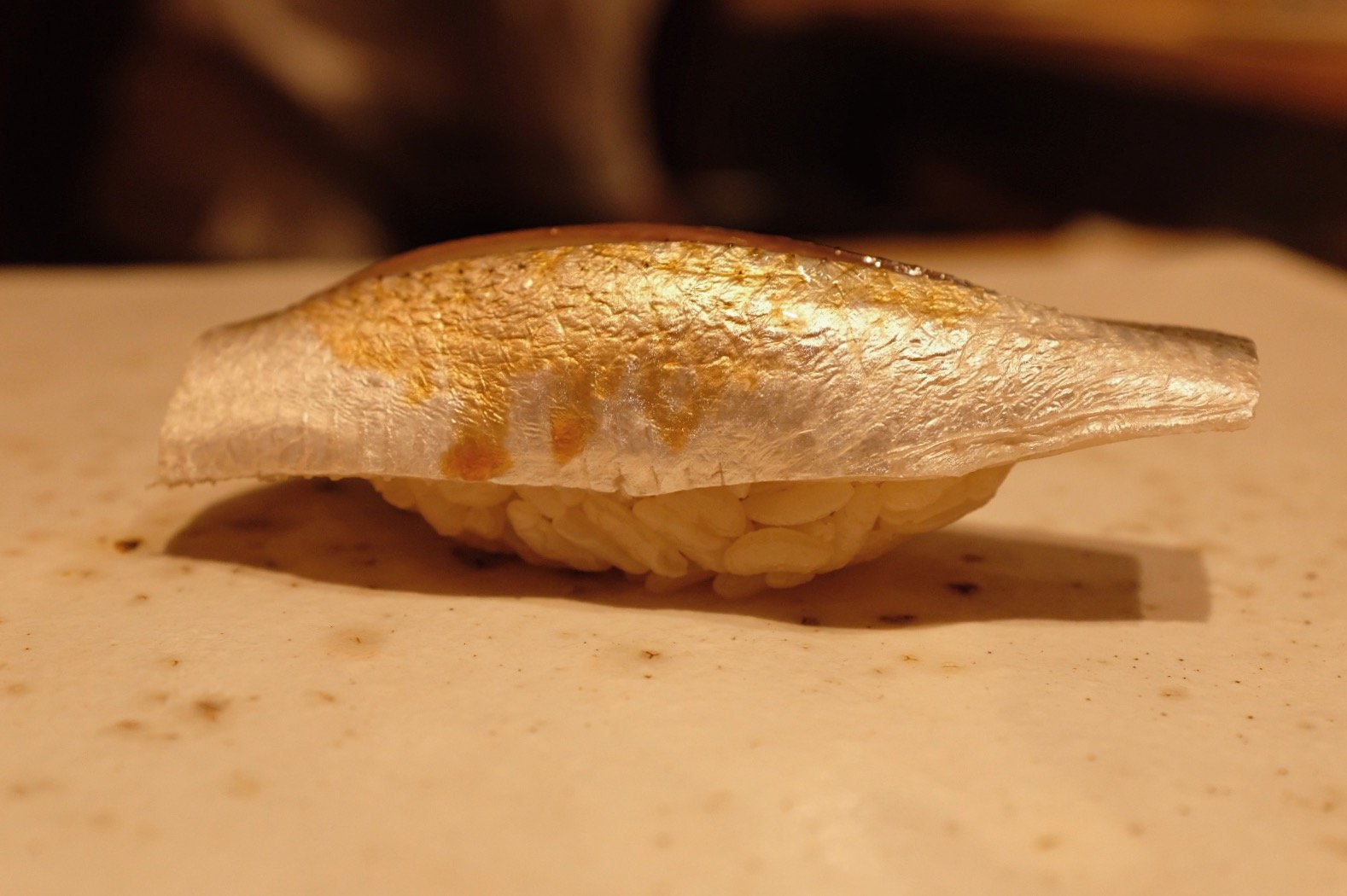
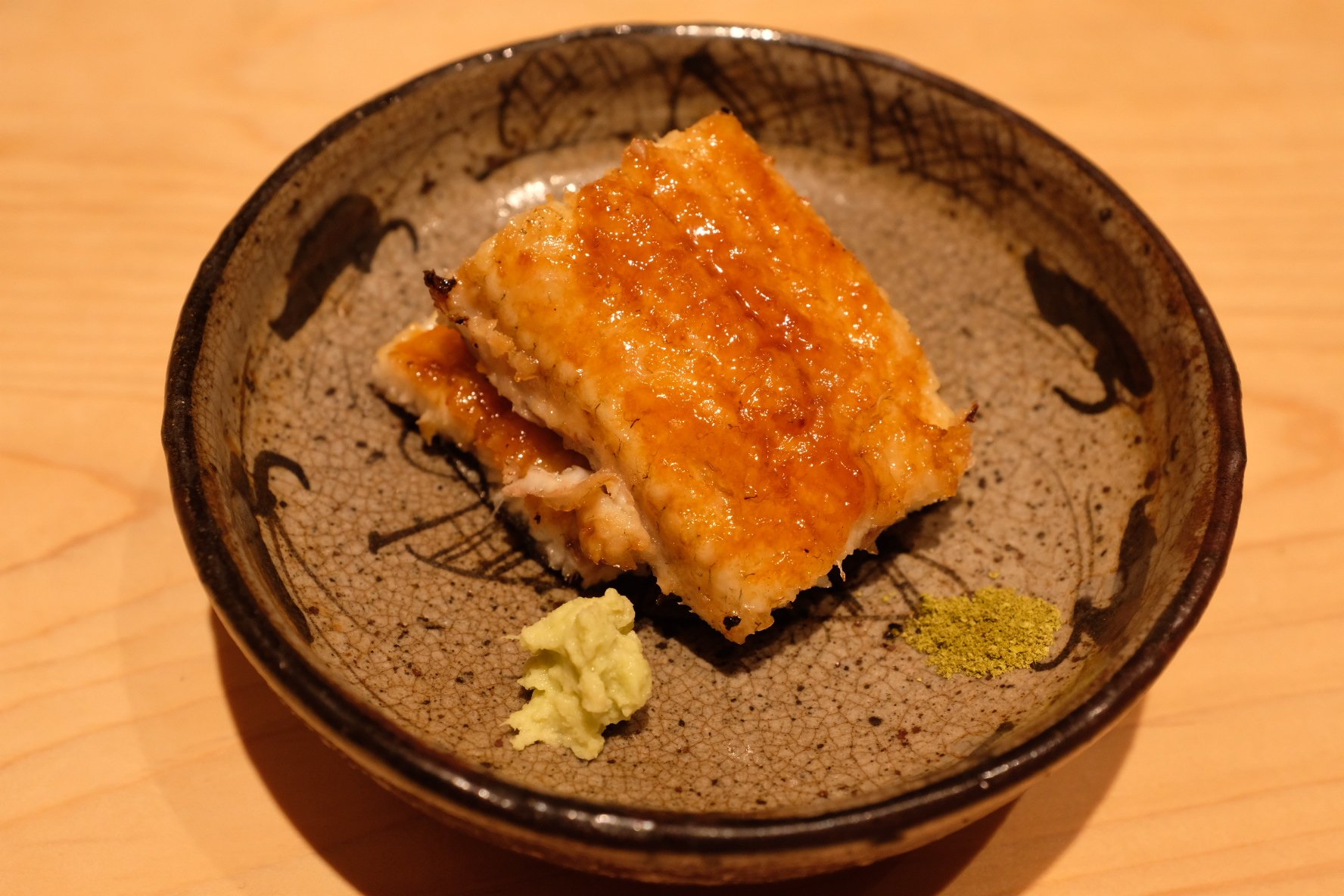
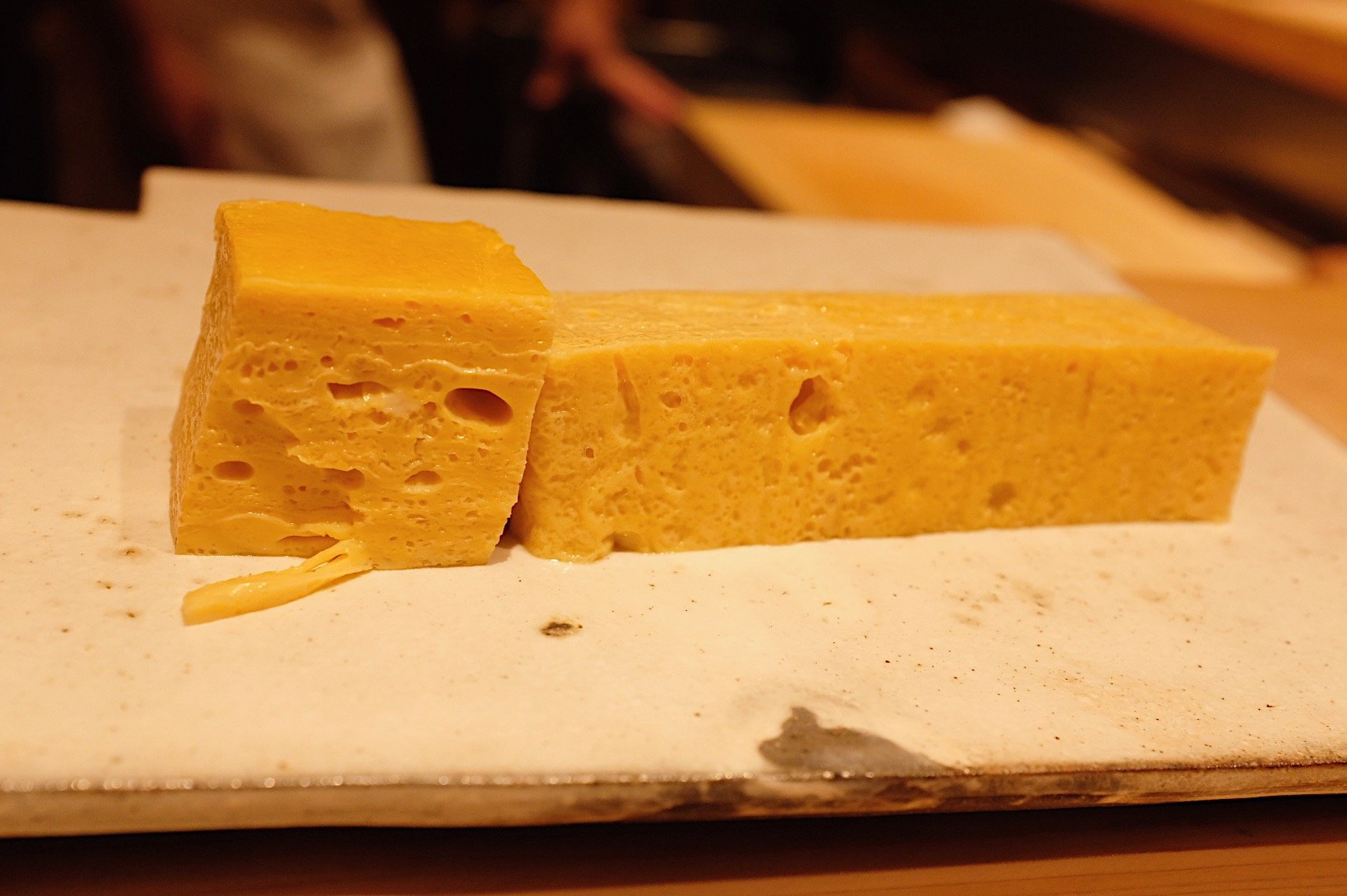
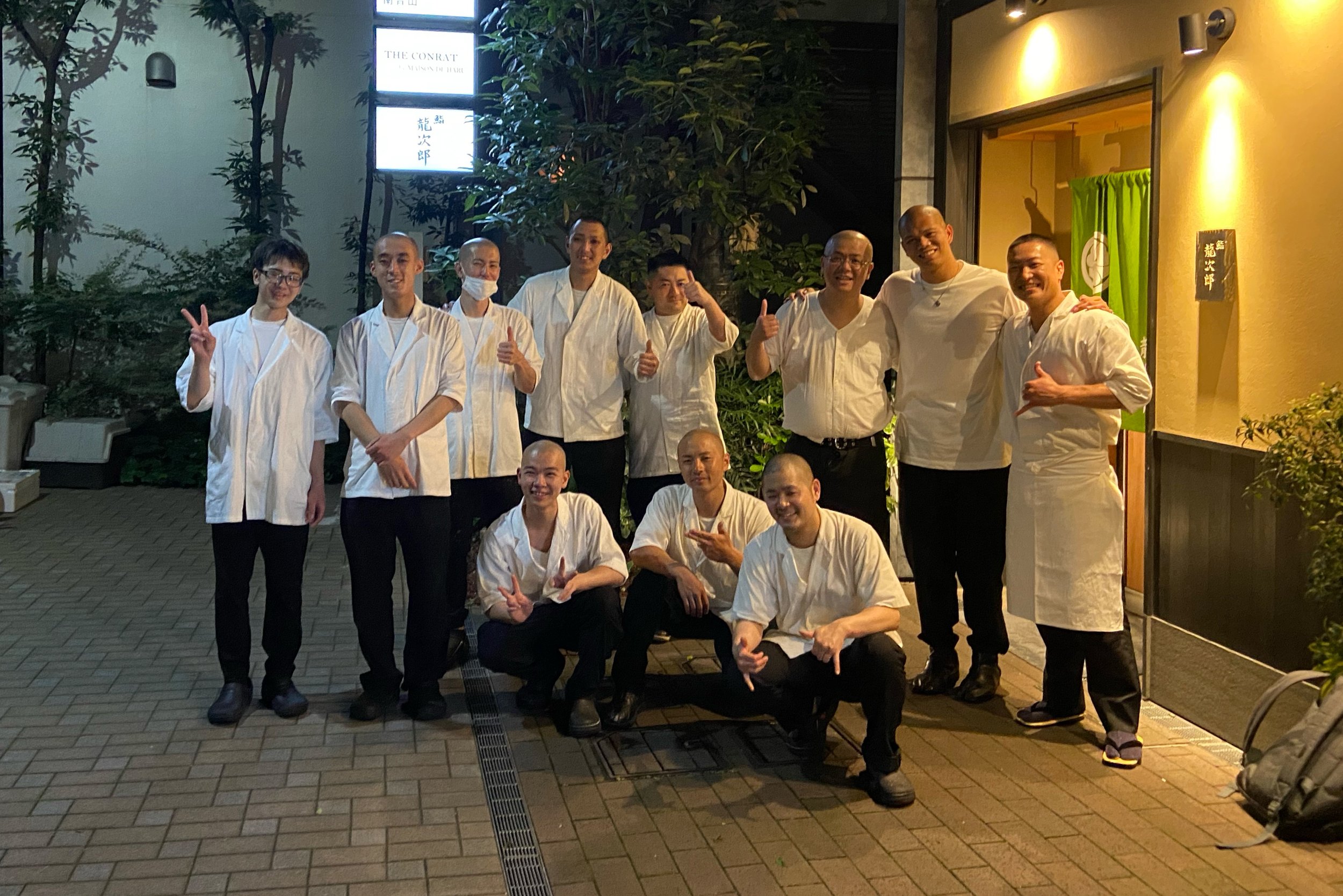
I gave one year of my blood, sweat, tears, and confusion at Sushi Ryujiro, doing grunt work as I learned my way around a high-level kitchen (and the niche Japanese language skills to go along with it). But in July of 2023, I found myself on the other side of the counter, indulging in the omakase course in the way that Chef Ryujiro Nakamura had intended, rather than with pruney fingers and heavy eyes at the end of a late-night shift. It goes without saying that the sentimental meaning behind this meal makes it especially noteworthy to me. But this aside, I got to see what makes Chef Ryujiro as esteemed as he is in the Tokyo sushi scene and why one of my former places of work can boast a Michelin star.
At Sushi Ryujiro, things start off with a tease, as the first course is a single piece of chutoro nigiri (medium-fatty tuna) followed by a smorgasbord of quality otsumami after quality otsumami: abalone served with a sauce made of its own liver has just the right amount of bite, and unagi grilled over binchotan is sweet, smokey, and crisp, perfectly paired with fragrant sansho pepper and wasabi.
The nigiri is ideally seasonal, combining classic omakase staples with more contemporary additions. Shimaebi (grey prawn) is beautifully rich and sweet, with a bit more tang than the more commonly found amaebi (sweet shrimp). Sawara (Spanish Mackerel) is savory and silky, with a light separation between its fibers. Hamaguri clam concludes the nigiri, meaty and sweet, with just the right amount of brininess. Of particular note, and what really sets the pros apart in the world of sushi, is that of temperature control. When warm sushi rice perfectly melds with properly chilled toppings, it is truly bliss, something that Chef Akira, behind the counter of the private room of Sushi Ryujiro, has clearly mastered.
3. SMYTH (Chicago, IL, USA)
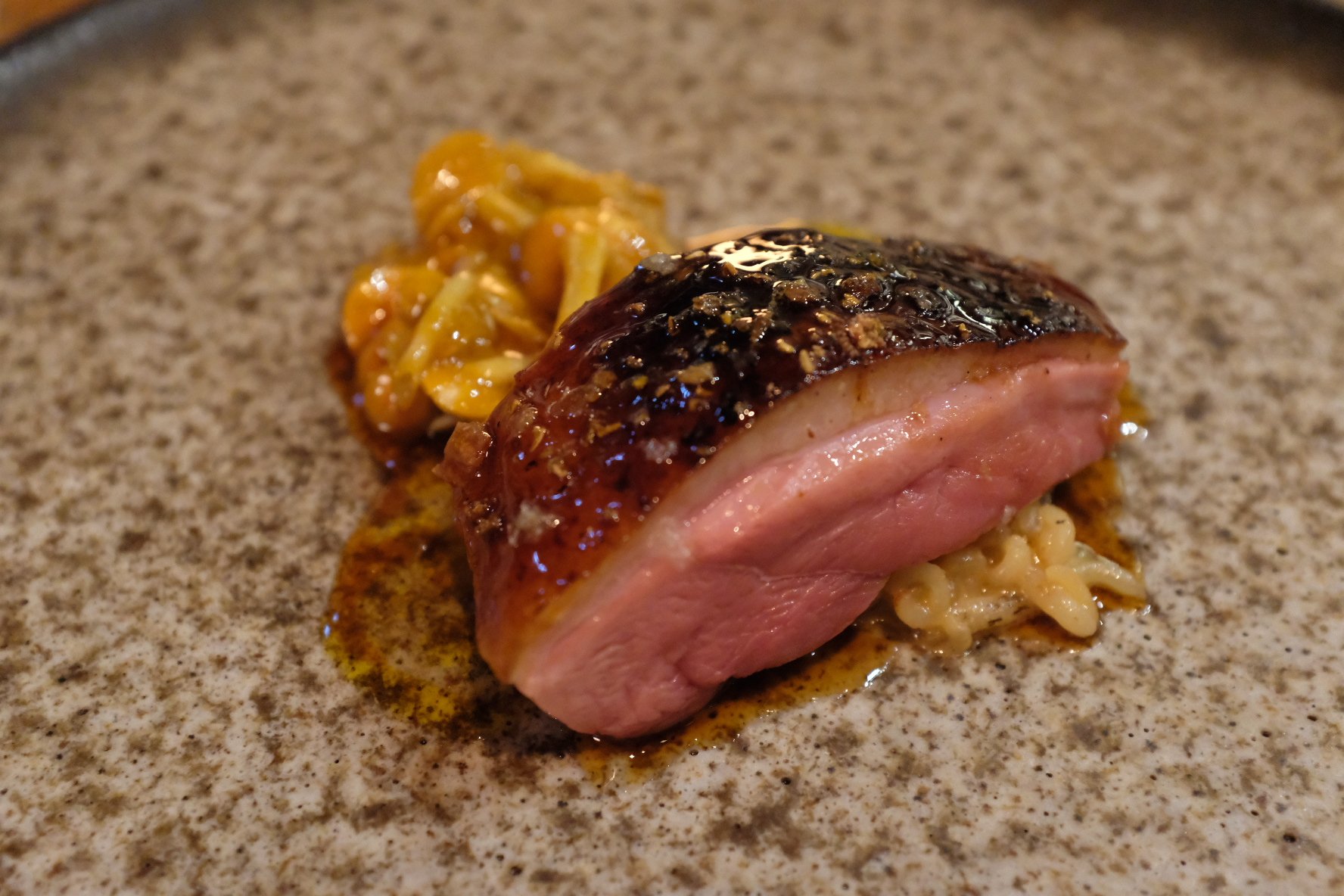
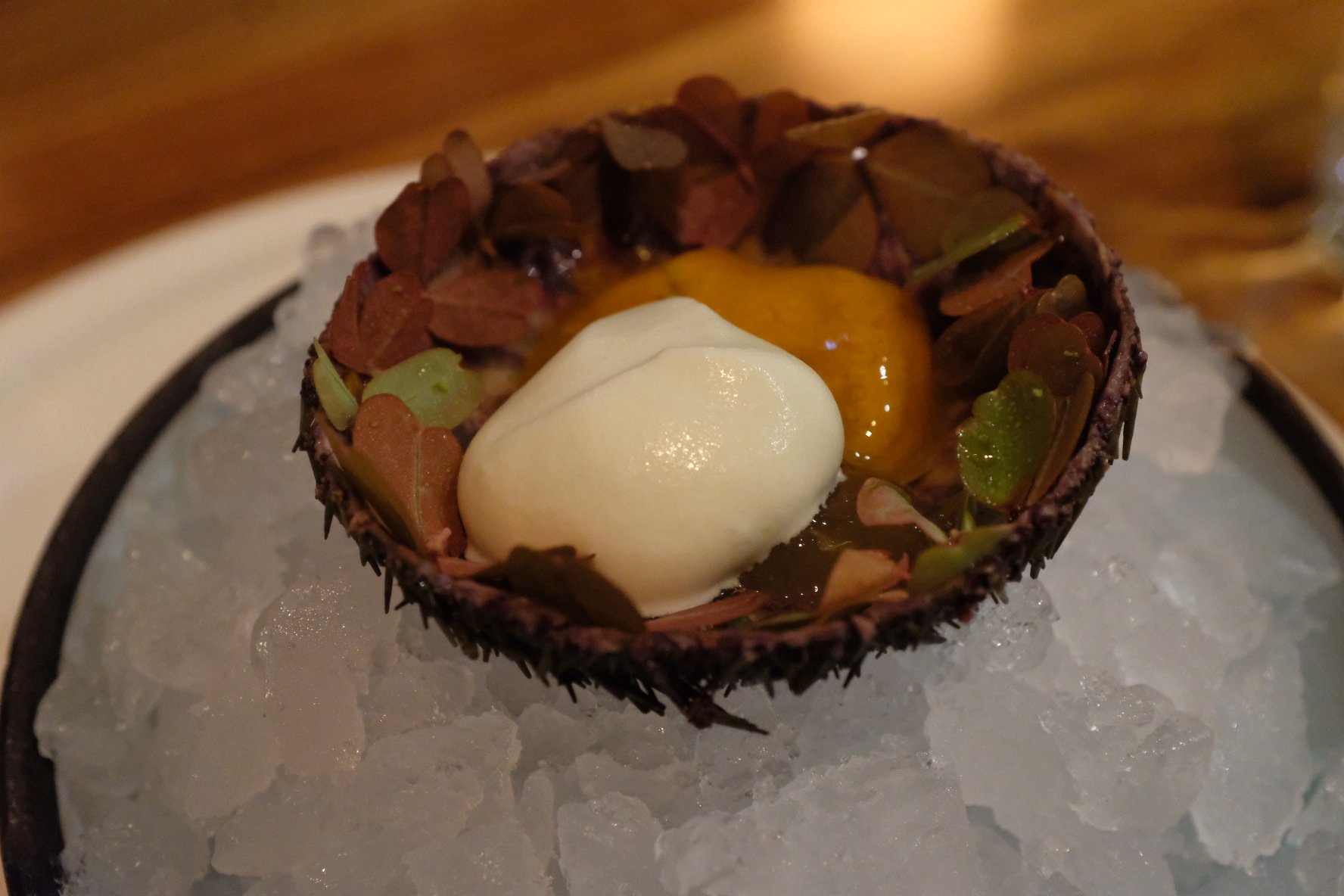
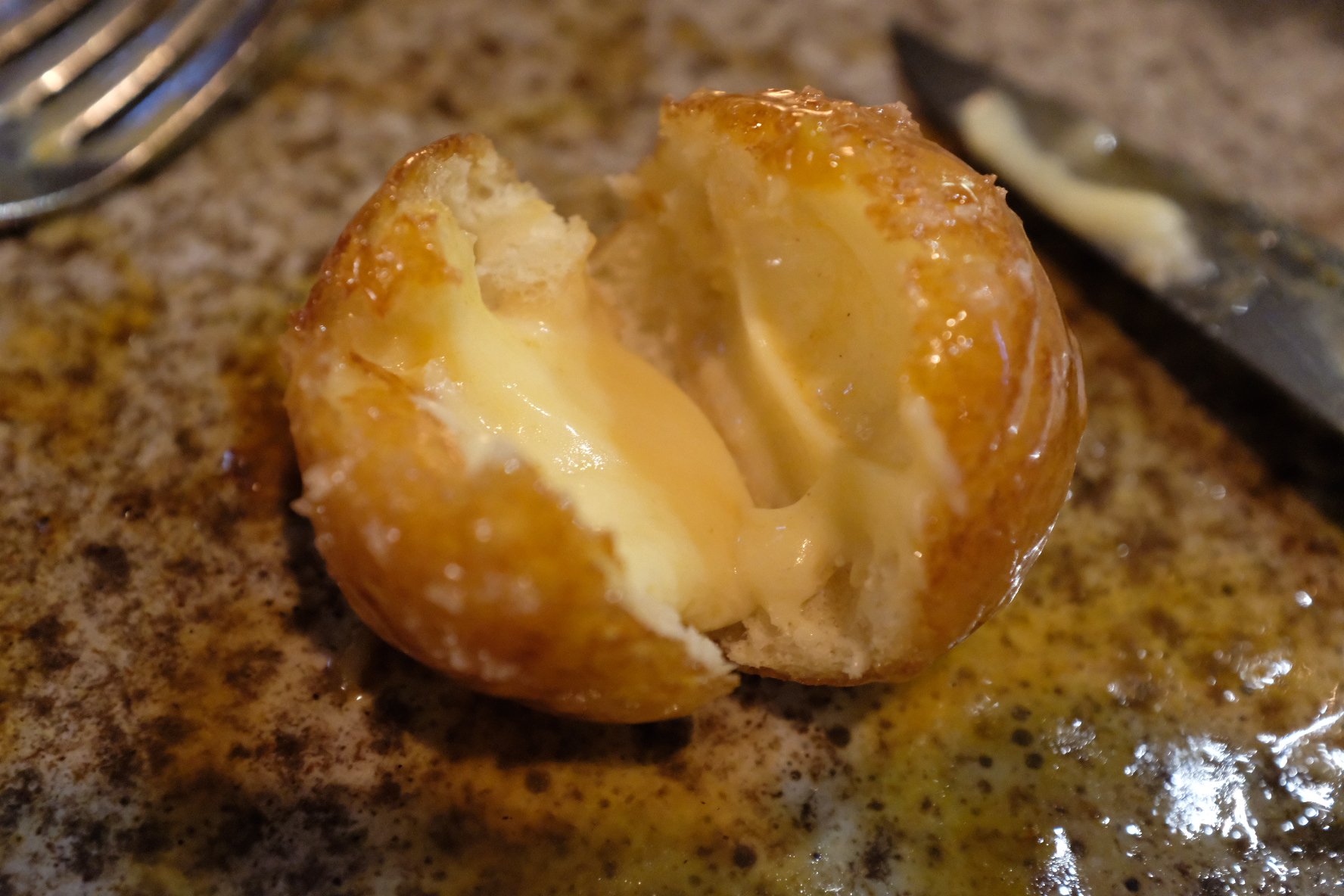
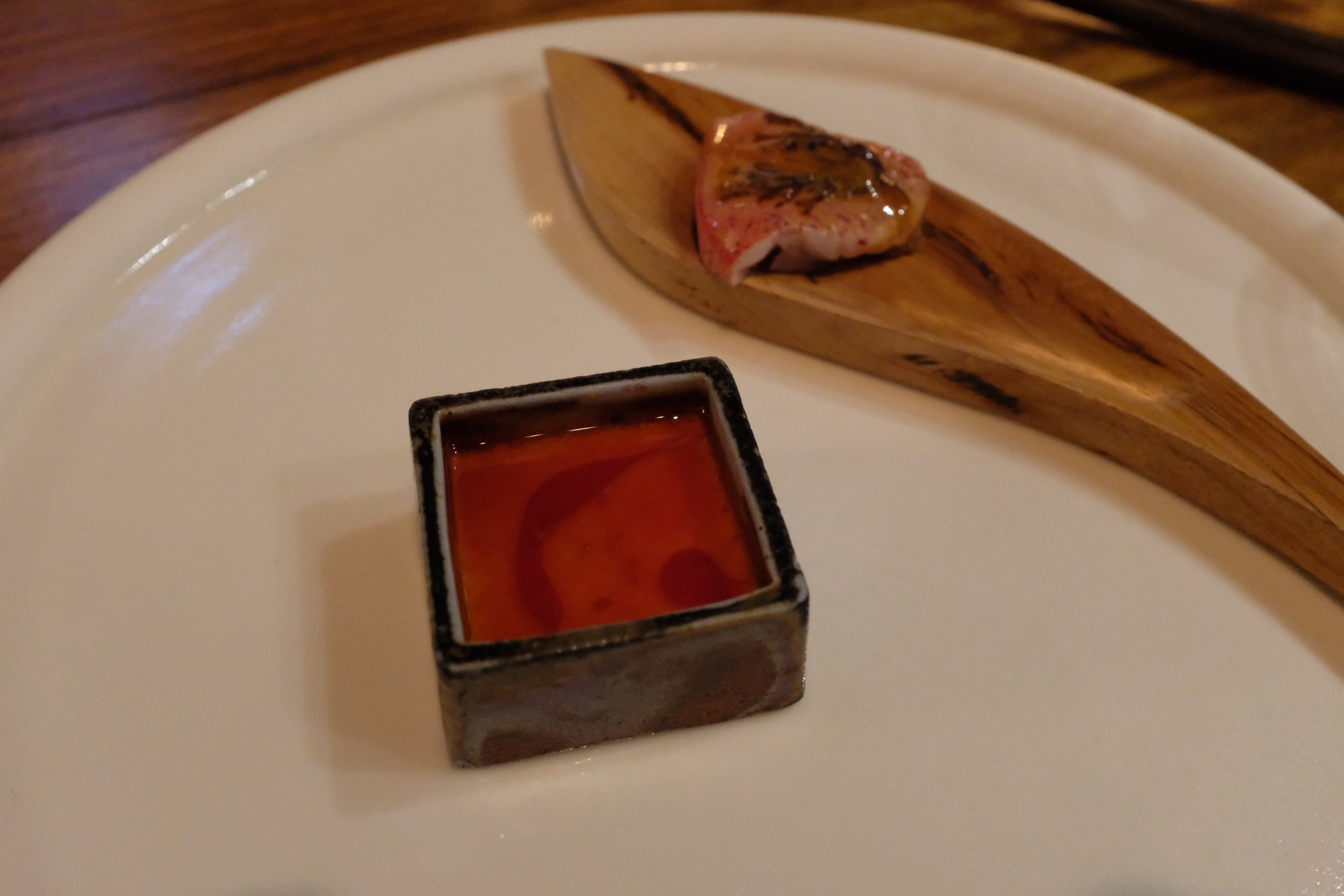
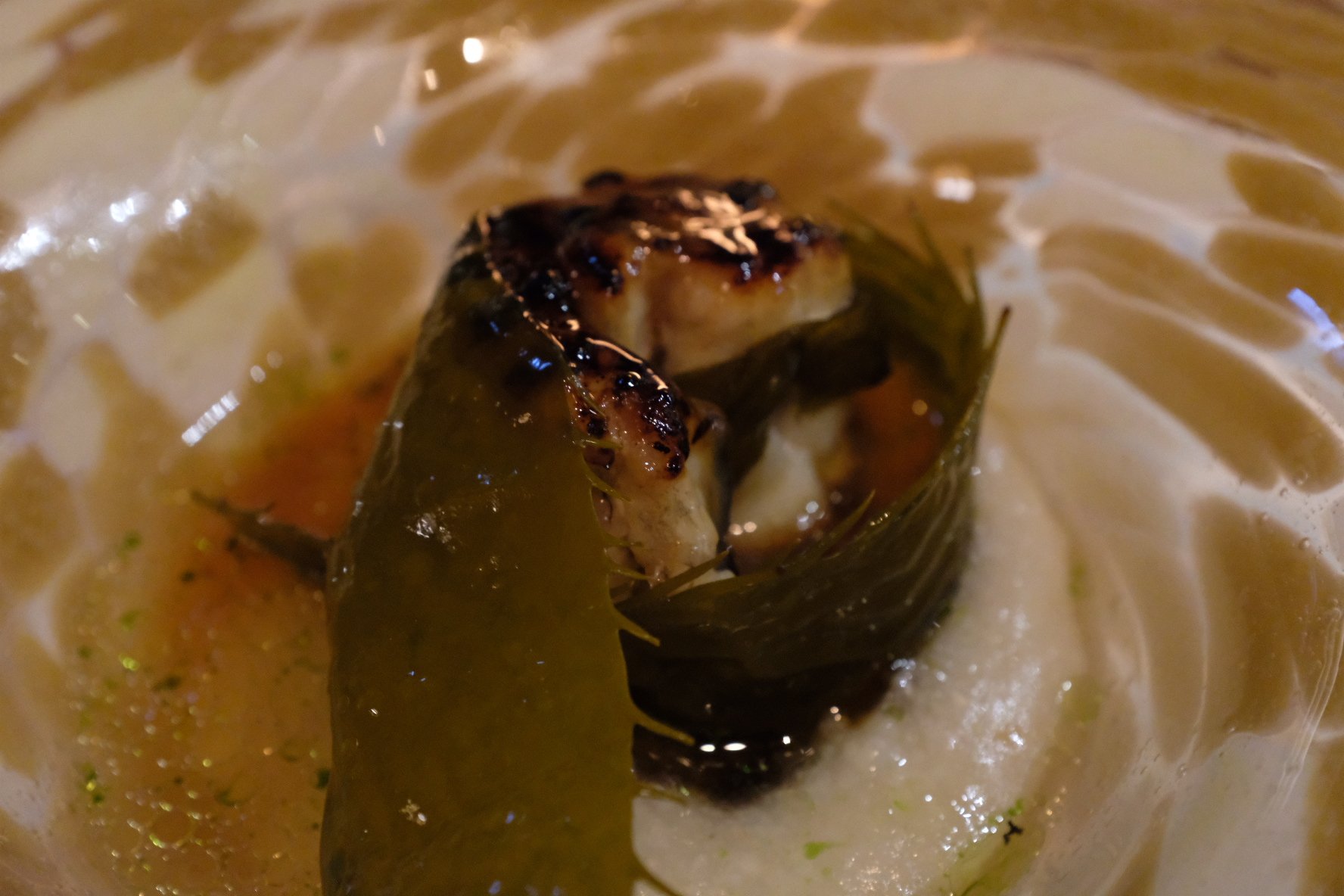
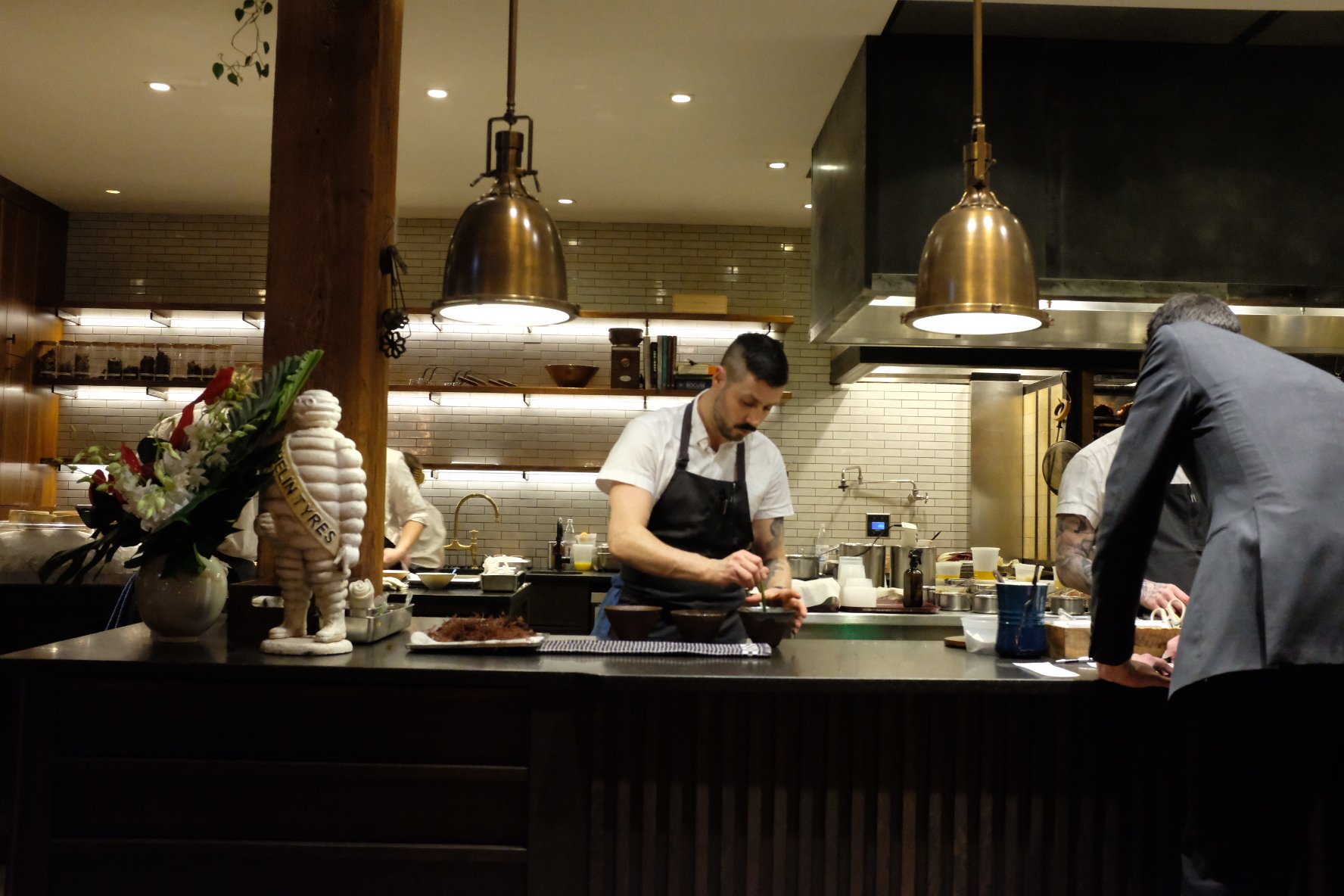
Chicago’s newest three-Michelin-starred establishment has earned its pedigree in a way so non-chalant that it warrants a unique brand of respect. Large windows allow for a clear view of the interior from the outside, and the restaurant is laid out in a way that all sections seamlessly meld together; it is as open-kitchen as open-kitchen can get, with the grid of seats and tables hardly separated from the islands that the chefs are working at. In fact, in order to get to the bathroom, guests must pass through a valley of two kitchen work stations. There is very little to segregate chefs, staff, and customers, and it is very much per intention.
At the dining table itself, there is a sense of what can only be dubbed “controlled chaos” with each dish, as the most unorthodox of combinations somehow come together to make courses that are certainly one-of-a-kind and, most importantly, absolutely delicious. On that night, a diverse array of seafood was paired with just as diverse an array of fruits, from uni and passion fruit to lobster and raspberry and tuna with strawberry. Other notable dishes include dungeness crab meat paired with almond extract and the main dish of two-week-aged duck served alongside a creamy foie gras-filled doughnut. The duck was served beautifully with a Chinese-style marinade and filled the room with a pungent yet rich aroma throughout the night.
SMYTH really takes the hard-to-define moniker of “New American” cuisine and rolls with it in the most American way possible: by reinventing and refining the sound techniques of other food cultures while utilizing ingredients almost all domestically sourced. Be it lobster, uni, and unagi from Maine, varying seaweeds from California, tuna from Massachusetts, or overgrown golden enoki mushrooms from right down the street, the team at SMYTH has dedicated itself to demonstrating the versatility that the goods from U.S. suppliers can produce. Three stars and three cheers for Chicago’s love letter to the American culinary roster.
2. Kasama (Chicago, IL, USA)
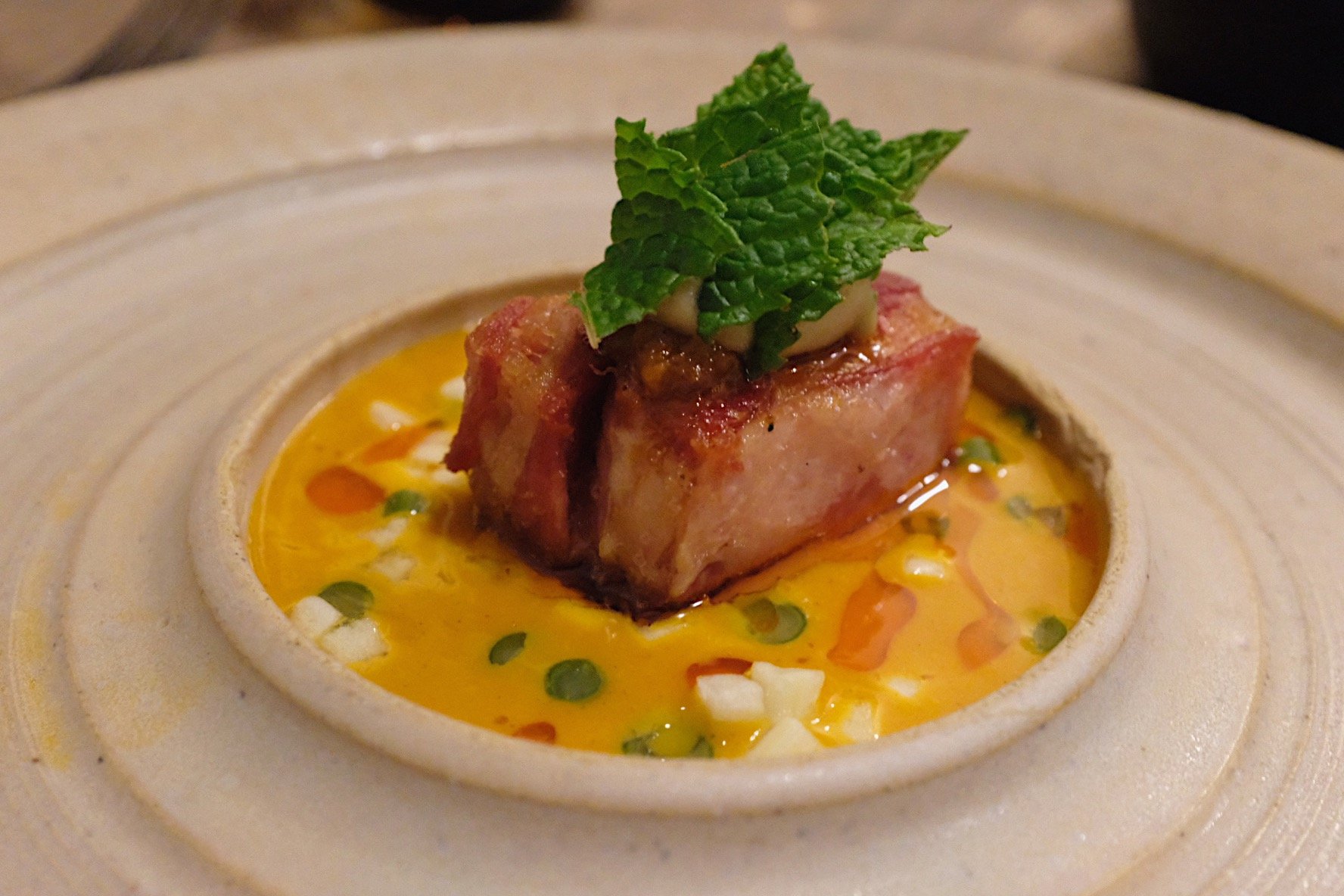
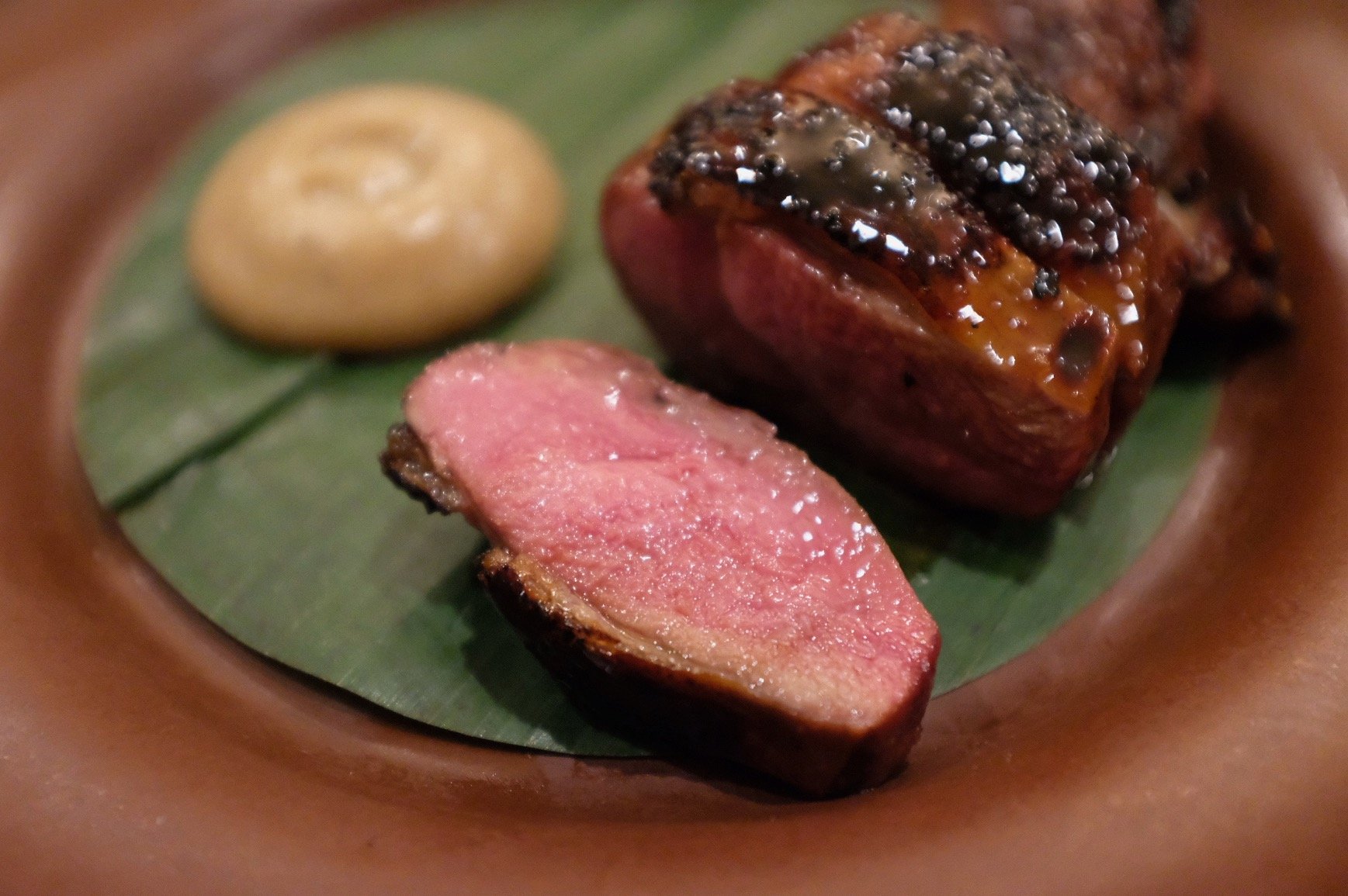
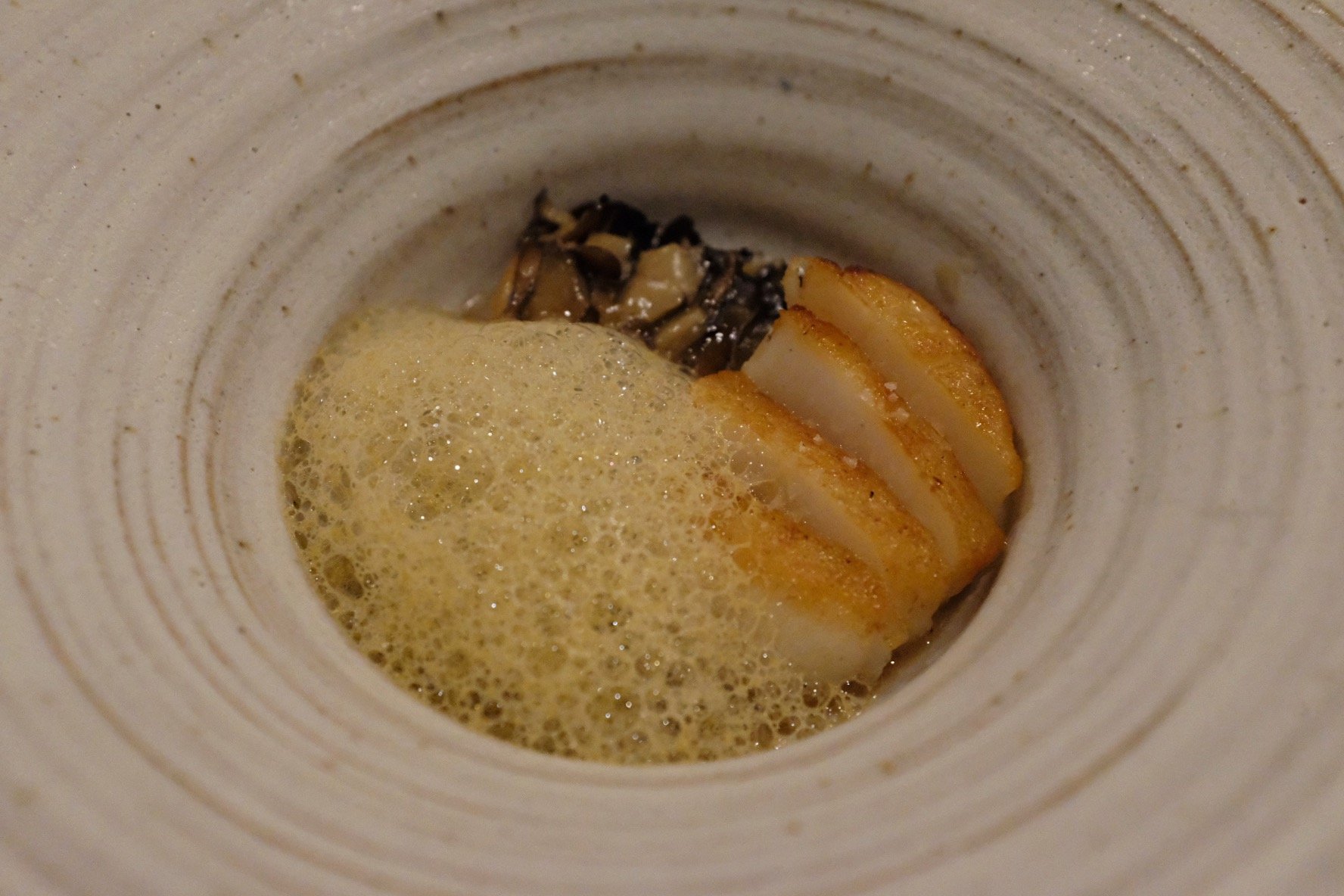
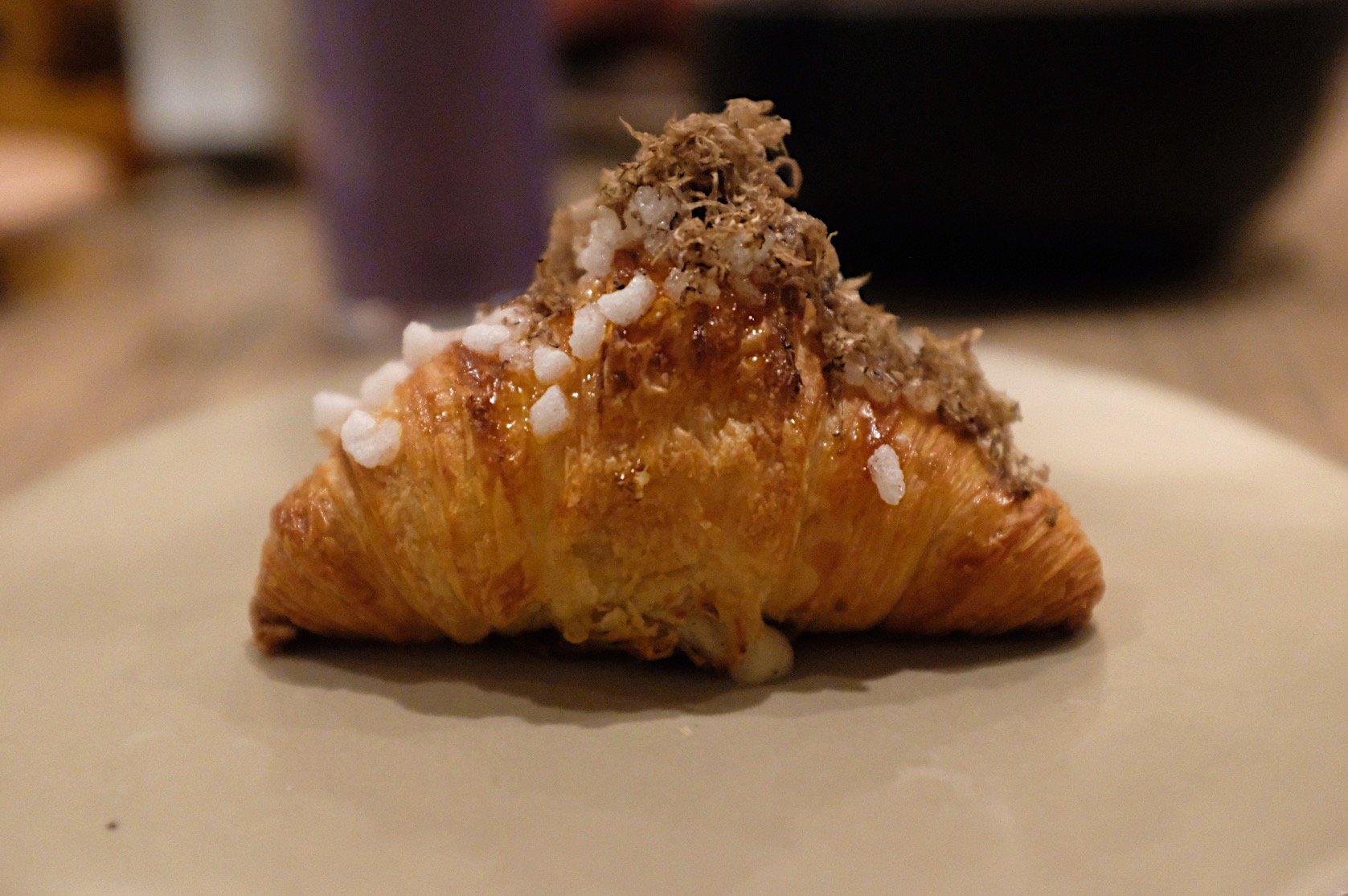
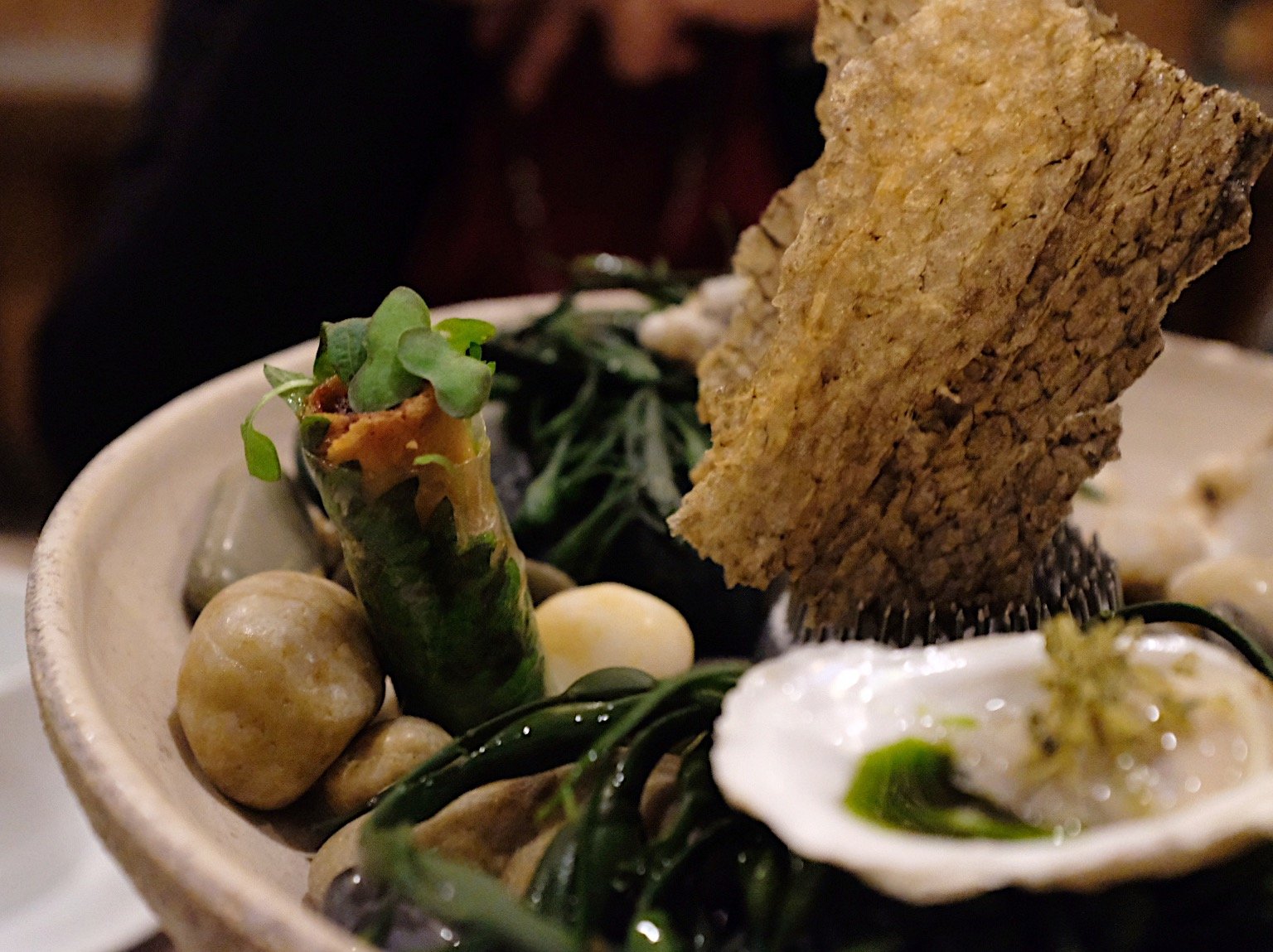
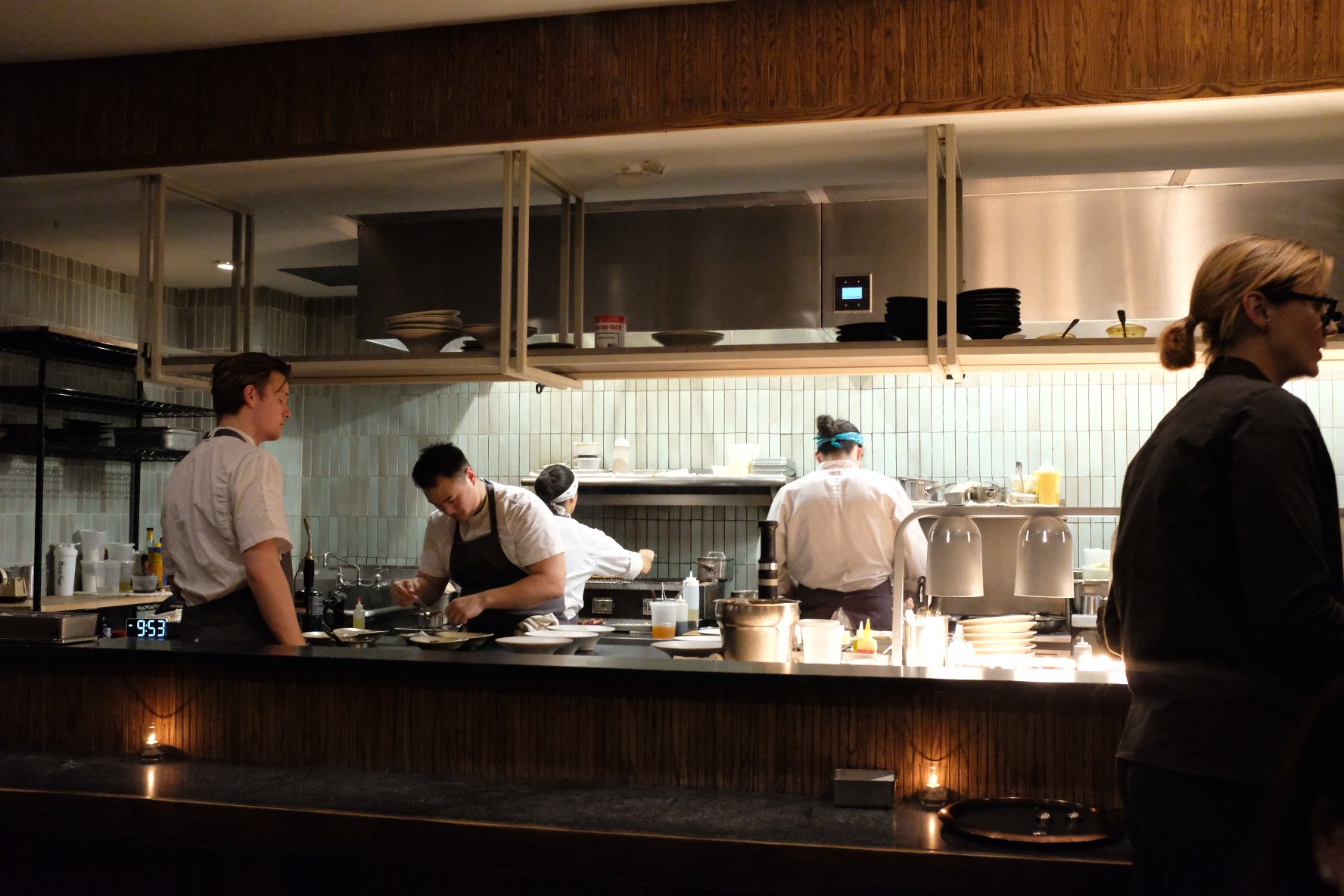
Growing up, Filipino food was something I seldom saw outside of my own dinner table or a family gathering, but as of late, the cuisine of one of the world’s most widely distributed diaspora populations has made waves throughout the culinary landscape, and Kasama has been at the forefront.
As the only Filipino restaurant in the world to be anointed with a coveted Michelin star, Kasama sits at the junction of being the establishment to bring the cuisine to a broader audience while also elevating it for the palettes of those who have always understood what made it noteworthy in the first place. It’s safe to say that owners Tim Flores and Genie Kwon traverse at this crossroads with a refined elegance, offering a tasting menu boasting some of the most luxurious ingredients and meticulously crafted recipes while maintaining the integrity of authentic Filipino flavors.
Additions such as caviar in the kinilaw (Filipino ceviche), Miyazaki wagyu for the nilaga (beef and cabbage stew) and bistek (citrus and soy marinated beef and onions), and squid ink noodles for pancit (stir-fried noodles) provide each dish with just the right amount of oomph to elevate the tasting menu, and the extensive array of both alcoholic and non-alcoholic drinks make for fun additions to the dining experience as well.
The unapologetically luxurious roster of sweets created by pastry chef Genie Kwon leaves an impression as well, with the signature truffle croissants, banana-cue (caramezlied banana) with fried mochi donut, and subdued yet deliciously refreshing halo-halo (mixed shaved ice) at the end of the meal.
On a personal note, I have my friend Francis, whom I’ve known since the beginning of high school, to thank for helping with the reservation (also, catch his quick cameo wrapping up the restaurant’s signature breakfast sandwich in season 2 of “The Bear”). As two kids growing up in Filipino immigrant households and consistently spending our free time eating around the Chicago-land area since the early days, there was a sense of poeticness that just made everything taste better.
But aside from my personal anecdote, as Kasama continues to garner recognition from the masses and and receive accolades from organizations such as Michelin and the James Beard Foundation, Filipinos ought to stand proud of their cuisine as it becomes more and more of a staple in the culinary world.
1. Restaurant Kanda (Tokyo, Japan)

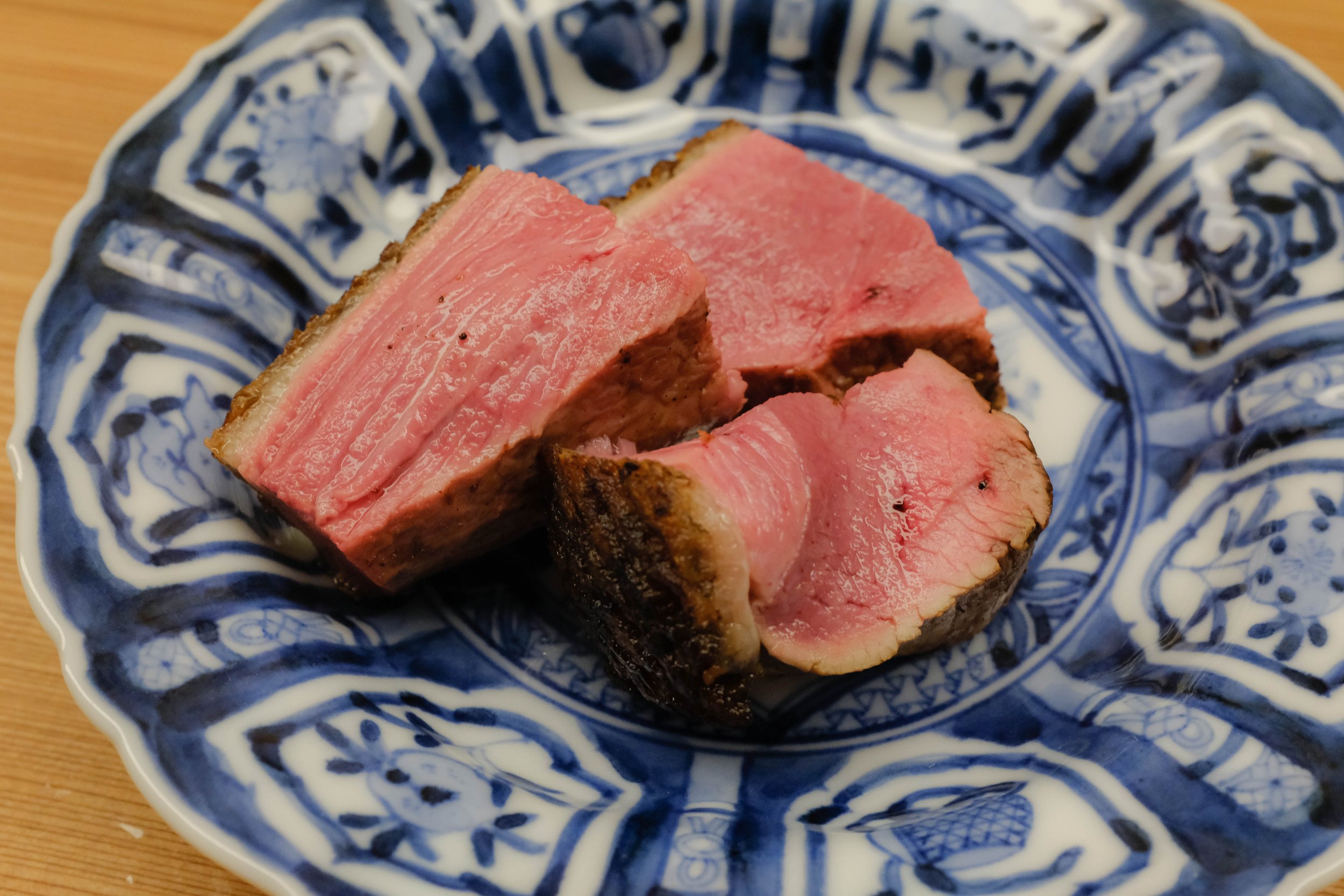
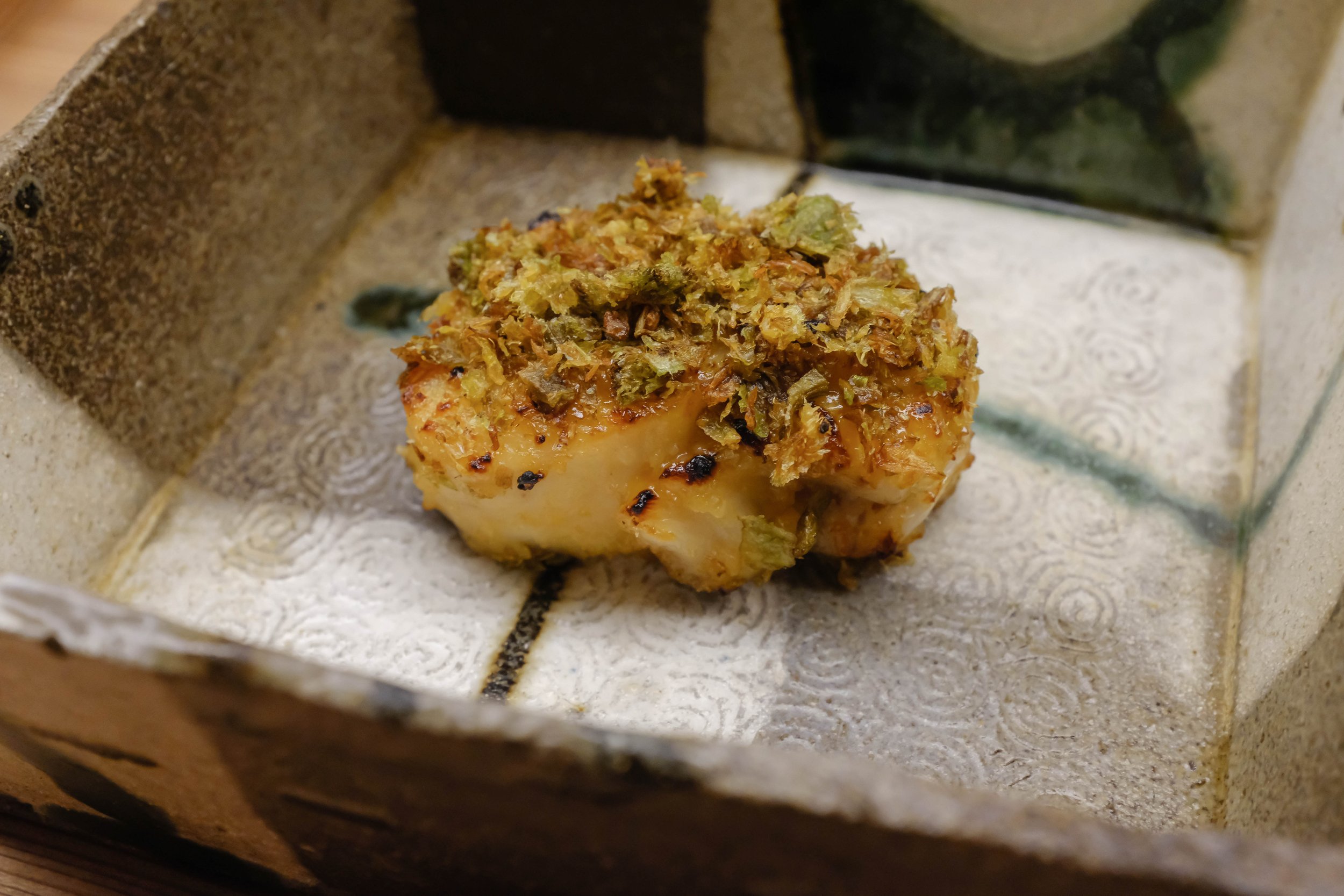
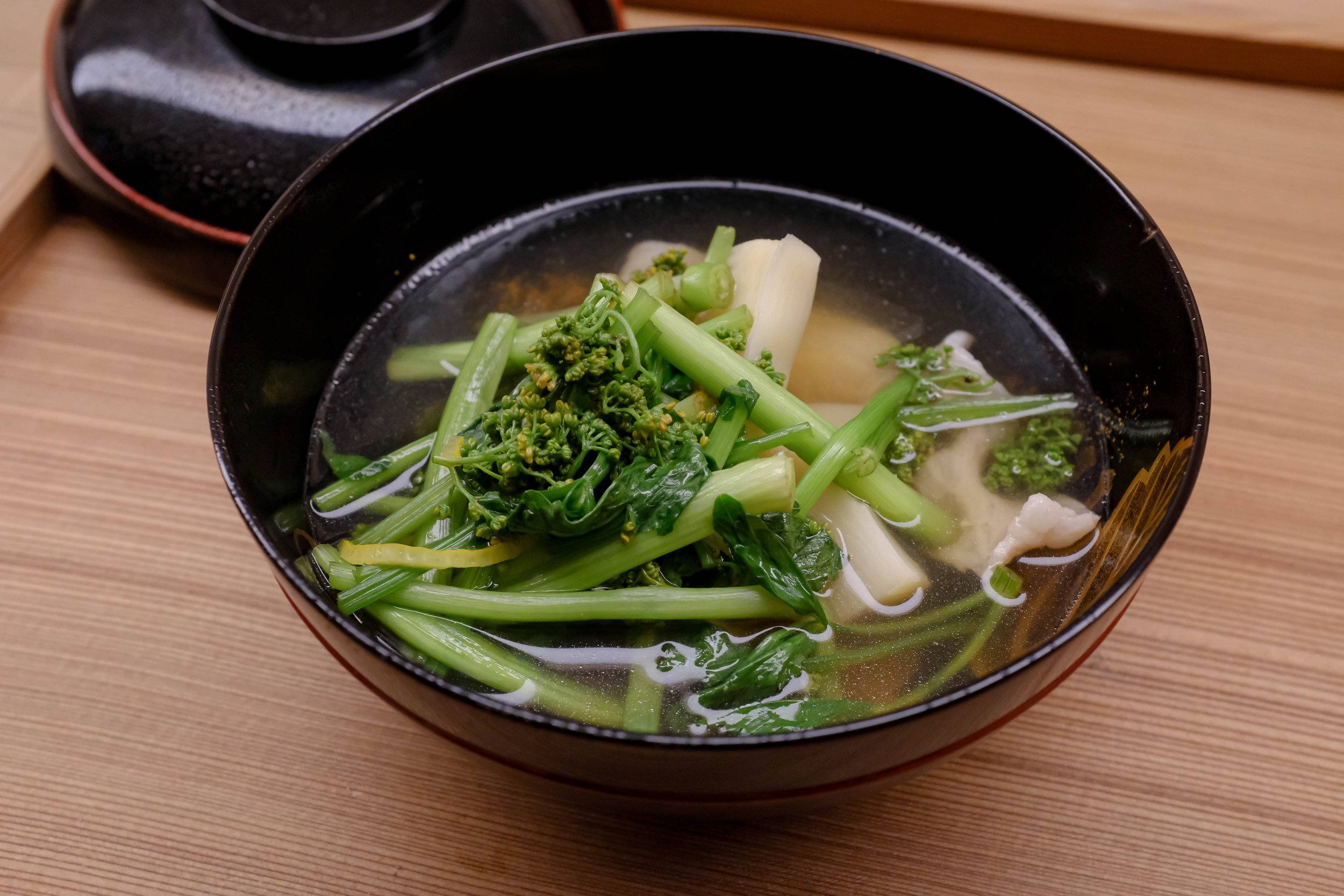
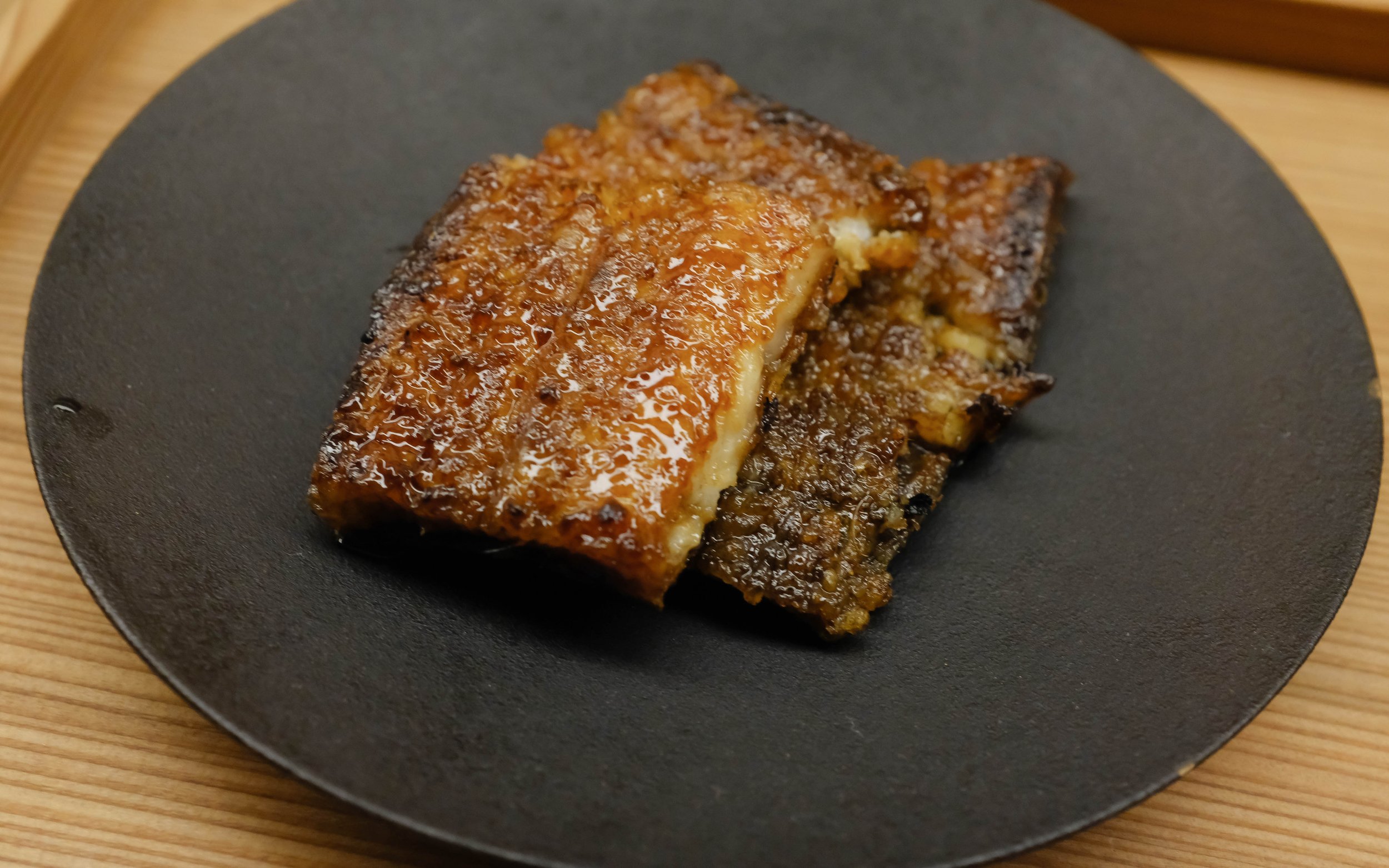
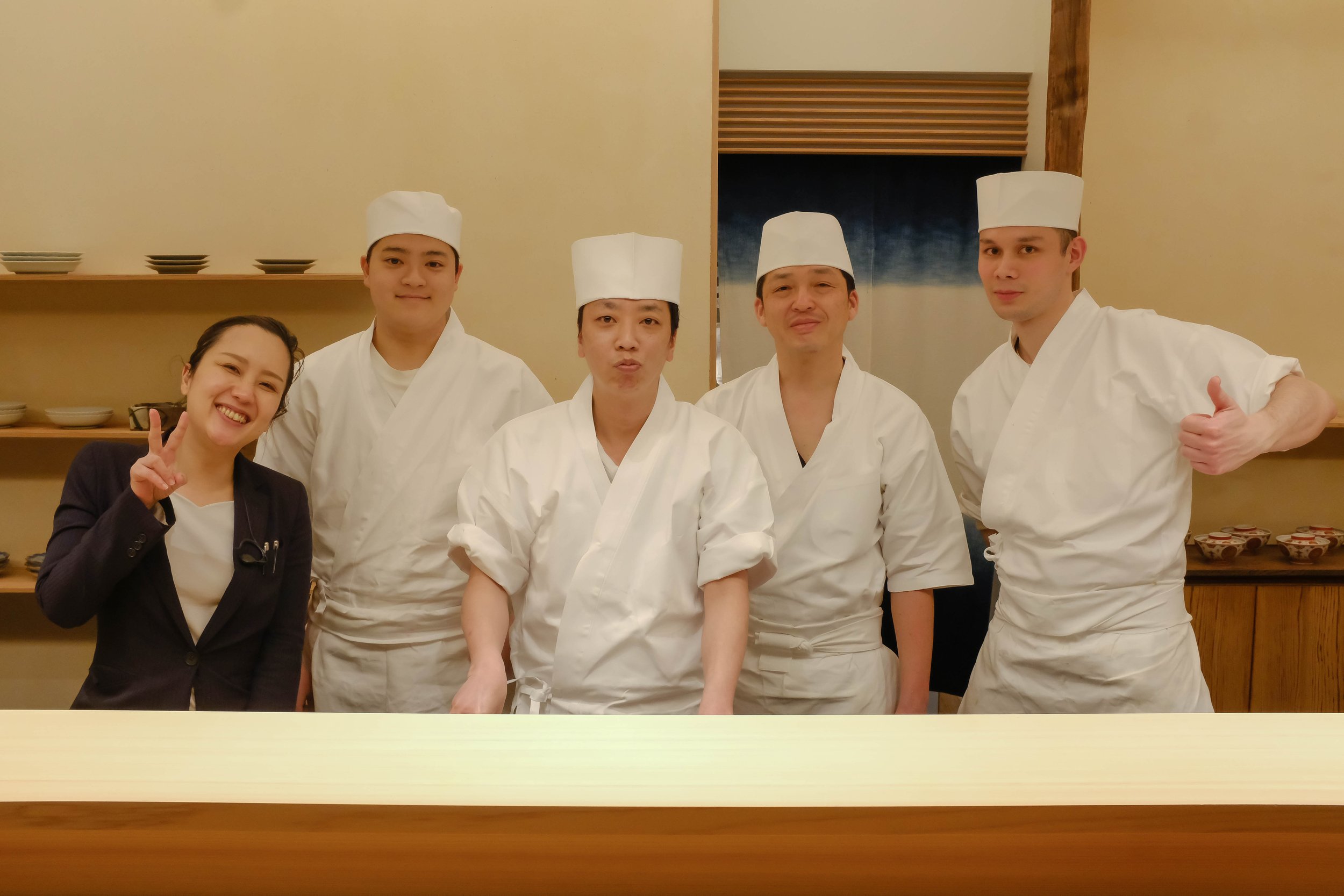
It may be a bit of a given to list the restaurant that’s been awarded three Michelin stars for the last 17 years straight at the top, but, at the same time, a restaurant of such esteem has very little left to prove. It’s one thing to get one star, a whole other thing to earn three, and a universe all its own to retain such for nearly two decades. There are flukes, but Kanda is not one of them. It is an establishment that demands respect through the mention of its name alone, so much so that it takes the opportunity to show off such a reputation by not even having the restaurant’s entrance marked in any way aside from a glowing wooden door in Toranomon.
But aside from the fanfare, the food really is fantastic, living up to any expectations set forth but in a way that doesn’t warrant extended explanations or justification. Japanese food, at its most traditional and authentic, is often simple, and that is the case for much of the menu at Kanda. This is an establishment whose existence is a love letter to the appeal of modesty and mastery of technique, and the elegant simplicity of each course reflects how just a little can go a very long way.
Baby ayu from Lake Biwa are perfectly grilled and placed on a glistening blue plate, made to look as though they are still alive and swimming, then eaten whole. Later on, a simple dish of tender botan shrimp and egg yolk mixed with dashi strikes the perfect balance between bright sweetness and savory umami. Sawara is flavored with a miso marinade but given a slightly bitter accent with fukinoto (spring butterbur) on top. Then, a main dish of duck from Kyoto is bold and meaty, complimented perfectly by crisp and fresh watercress. There is an admirable amount of restraint on display to fully highlight the ingredients, which truly are some of the best in the world.
But it would also be dishonest to discount the personal significance of my time dining here. My good friend/occasional photographer Niki works as the grill master in the kitchen, and in fact, a majority of what I had to eat that night was prepared by him. However, despite these connections, Niki’s work is not one he can easily show to his personal circle, as it requires a dedication of time, effort, and considerable funds to set aside. It’s safe to say that, for me, it was all well worth the investment.

